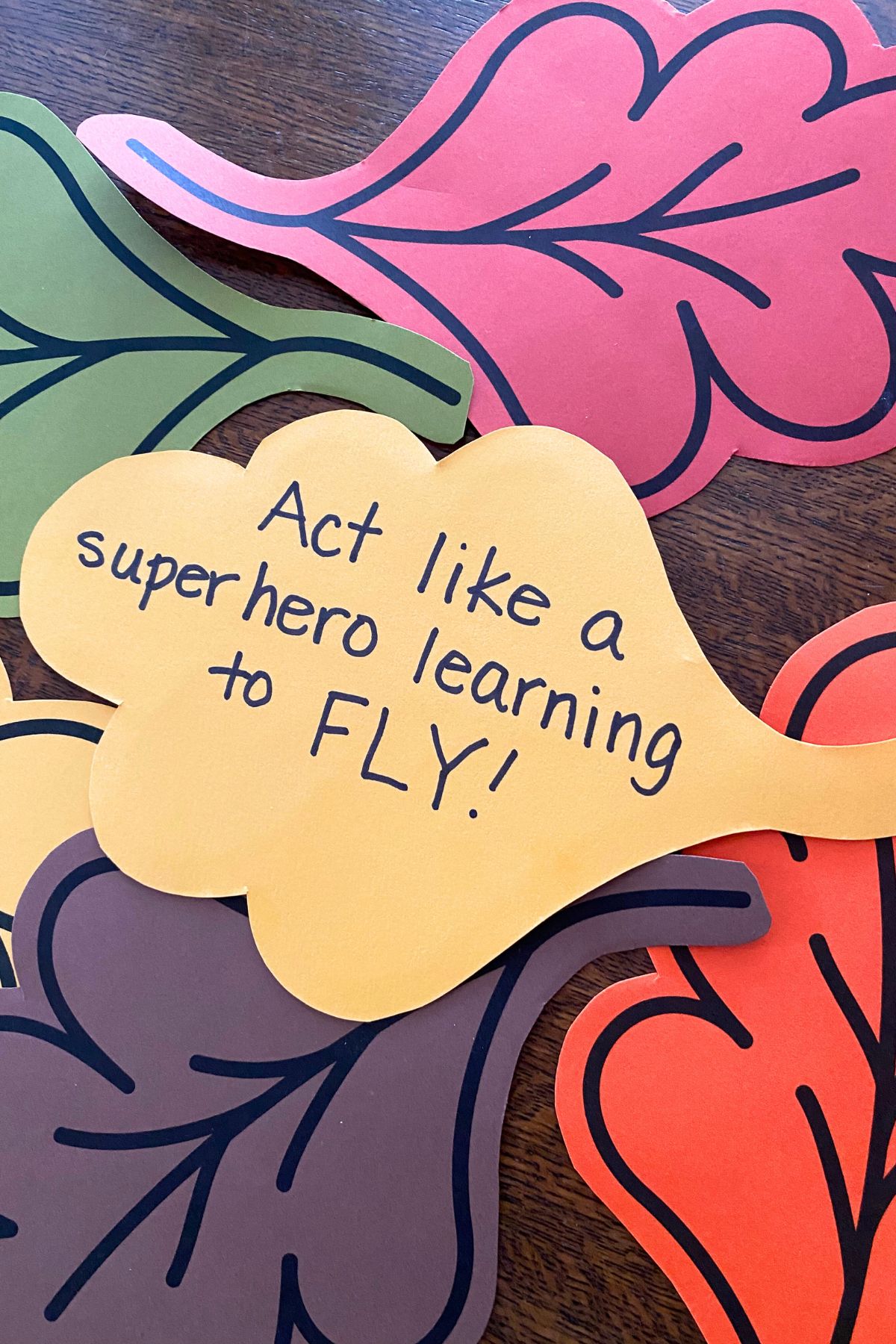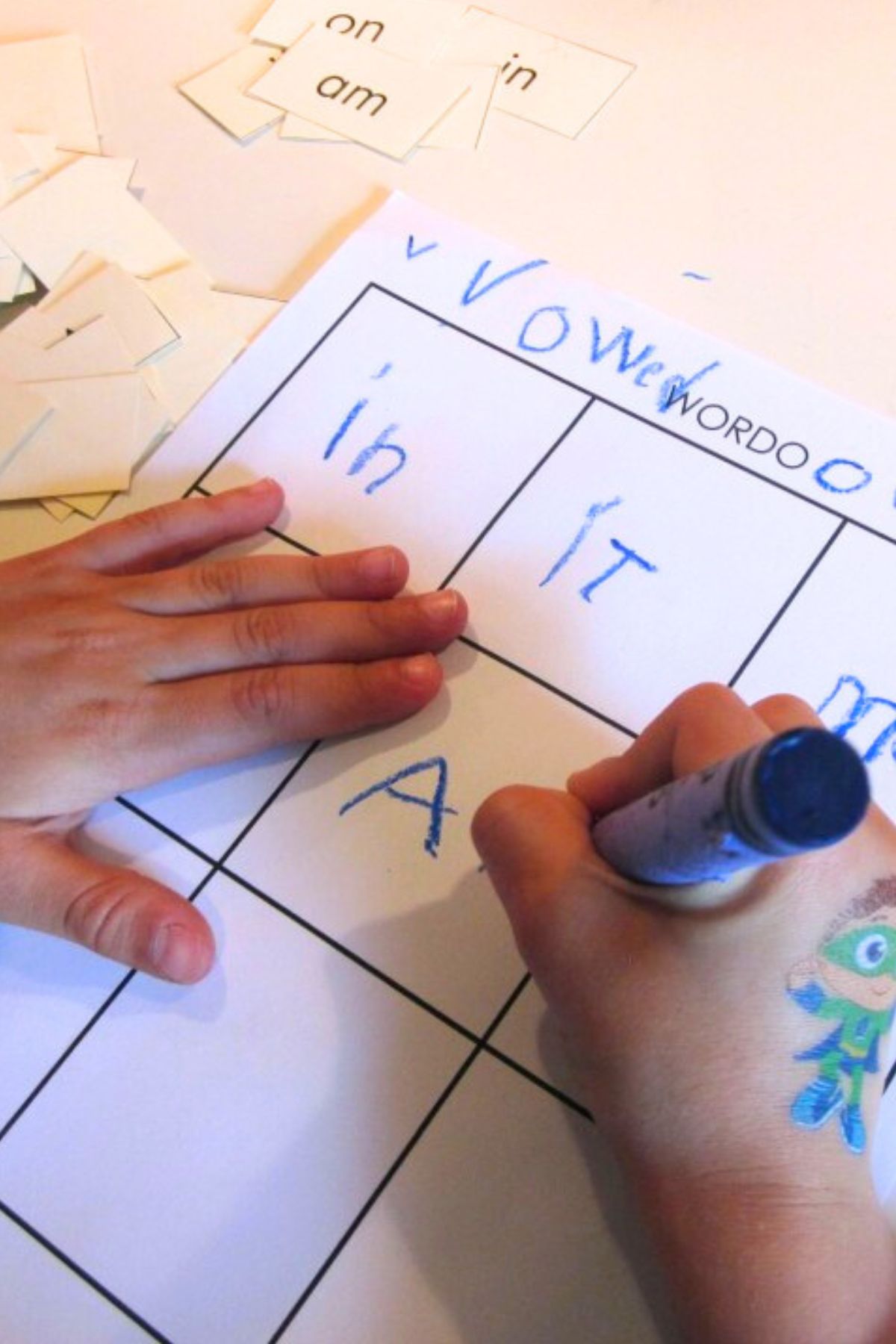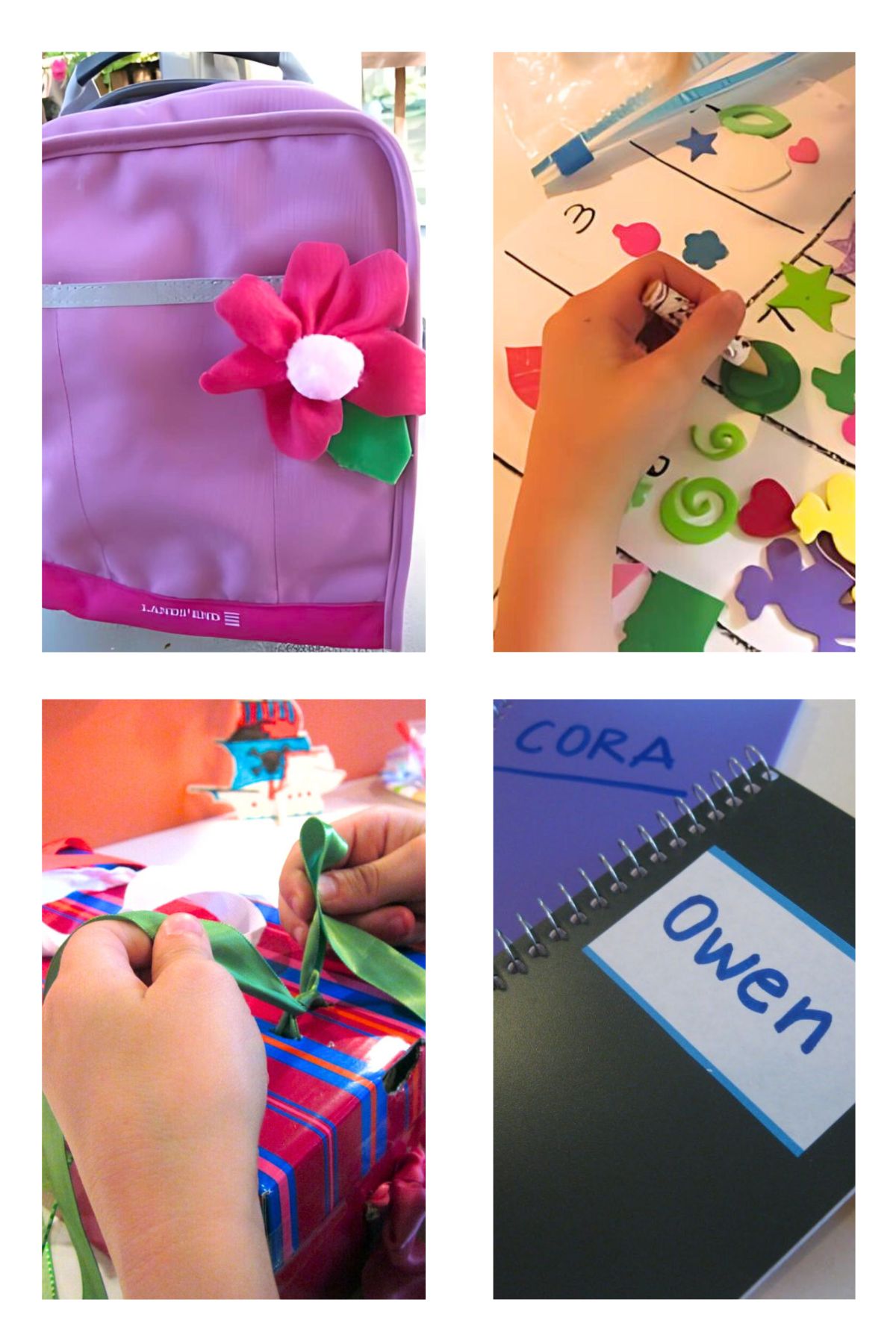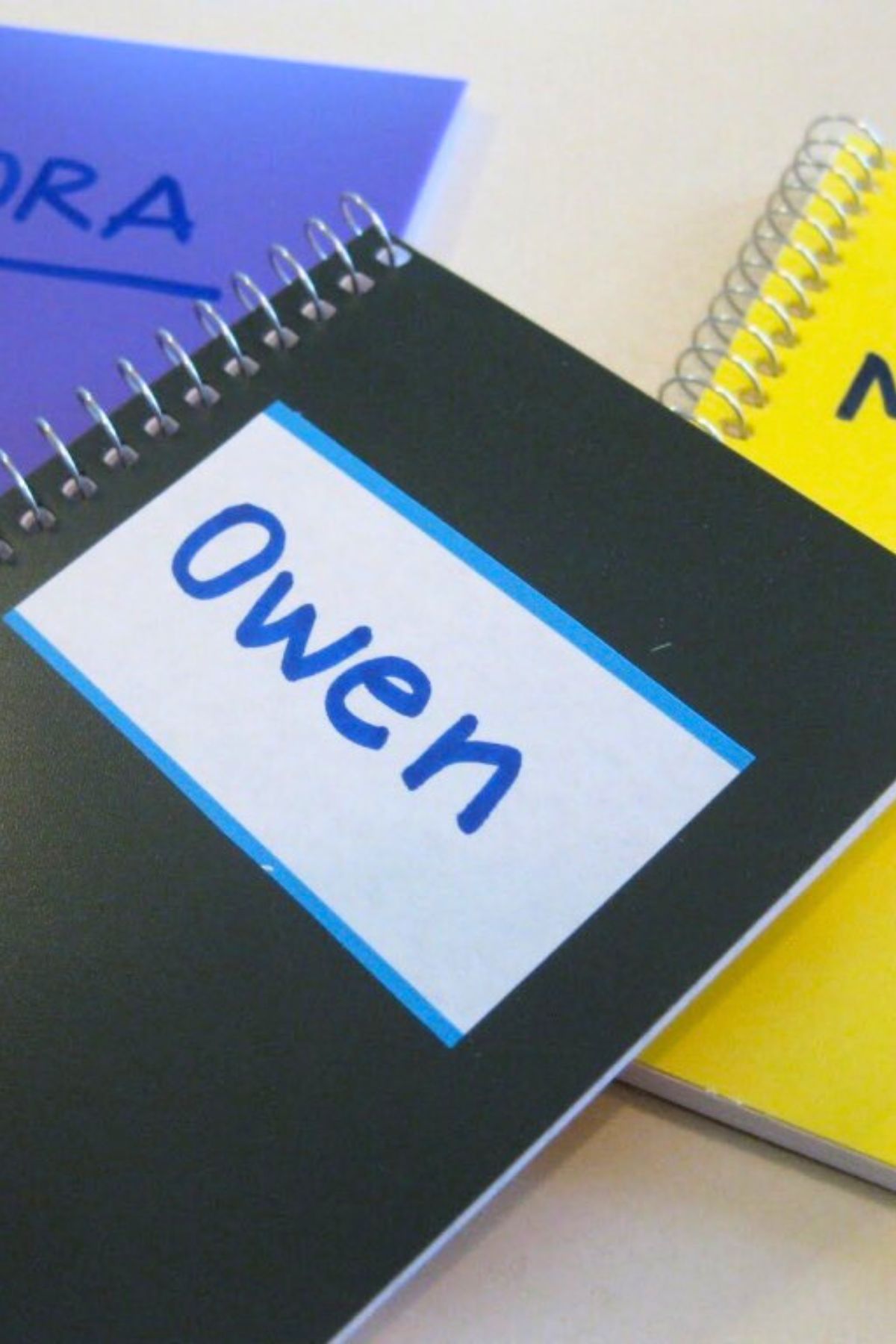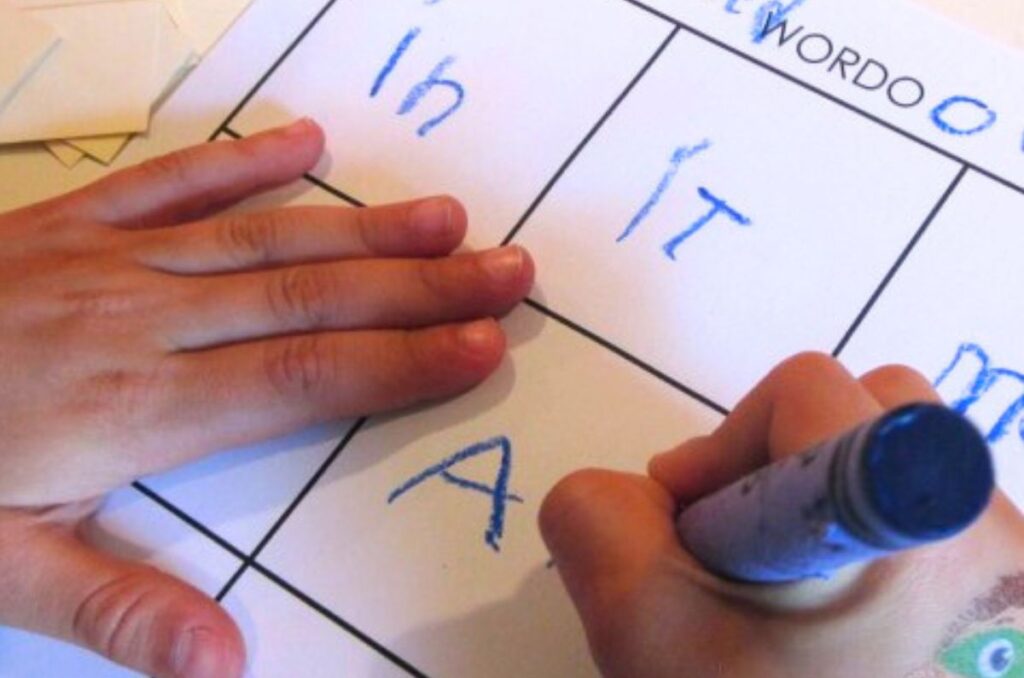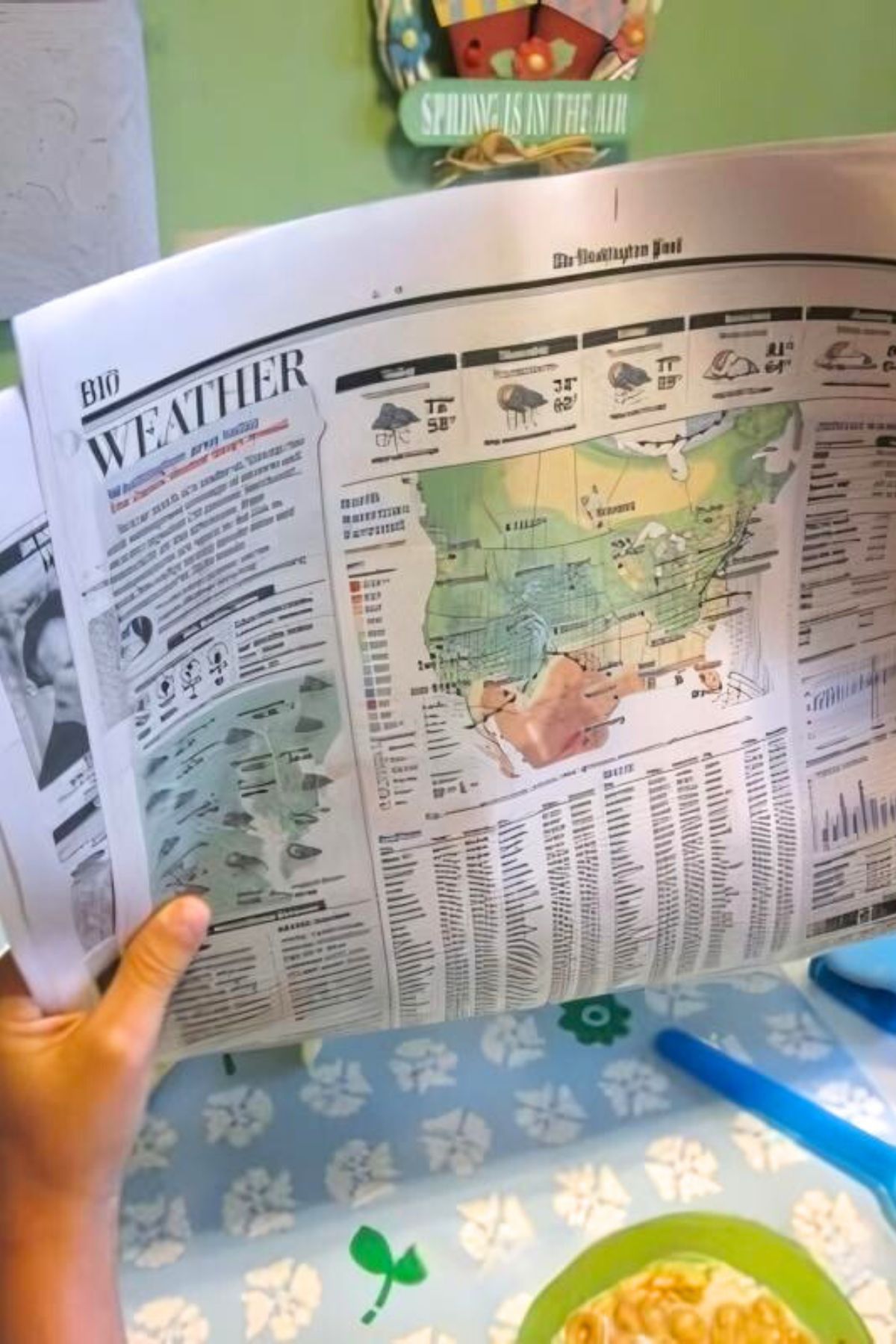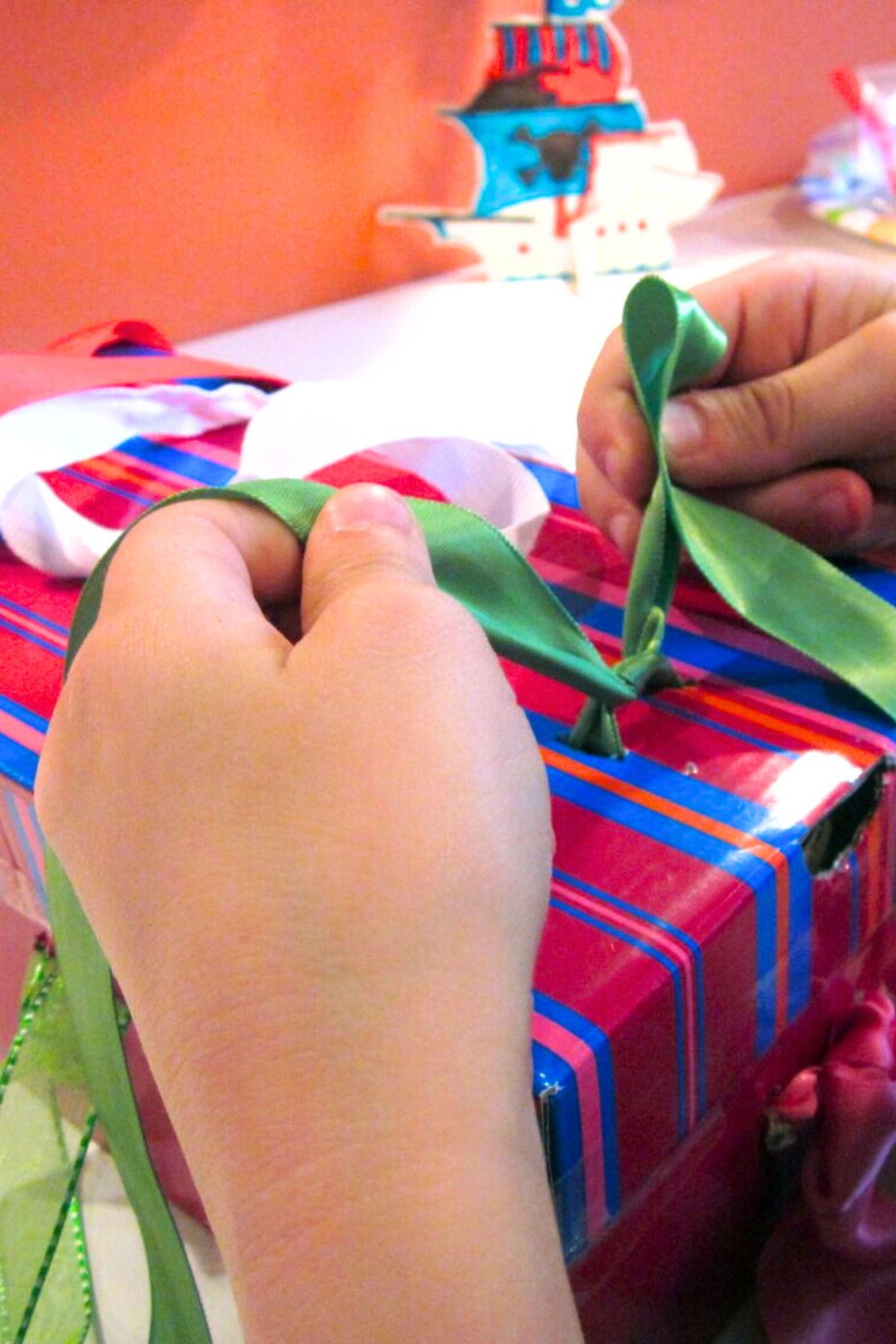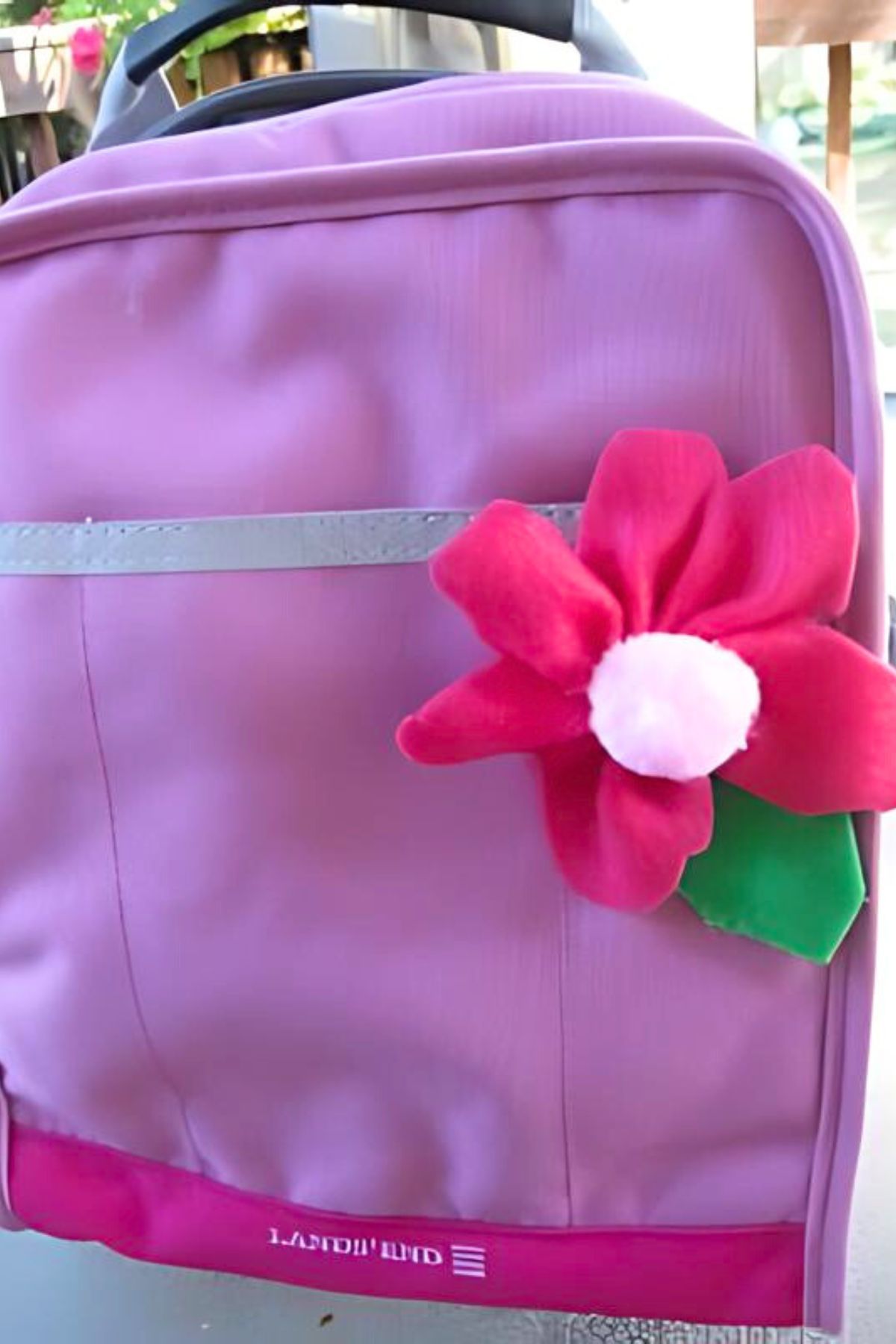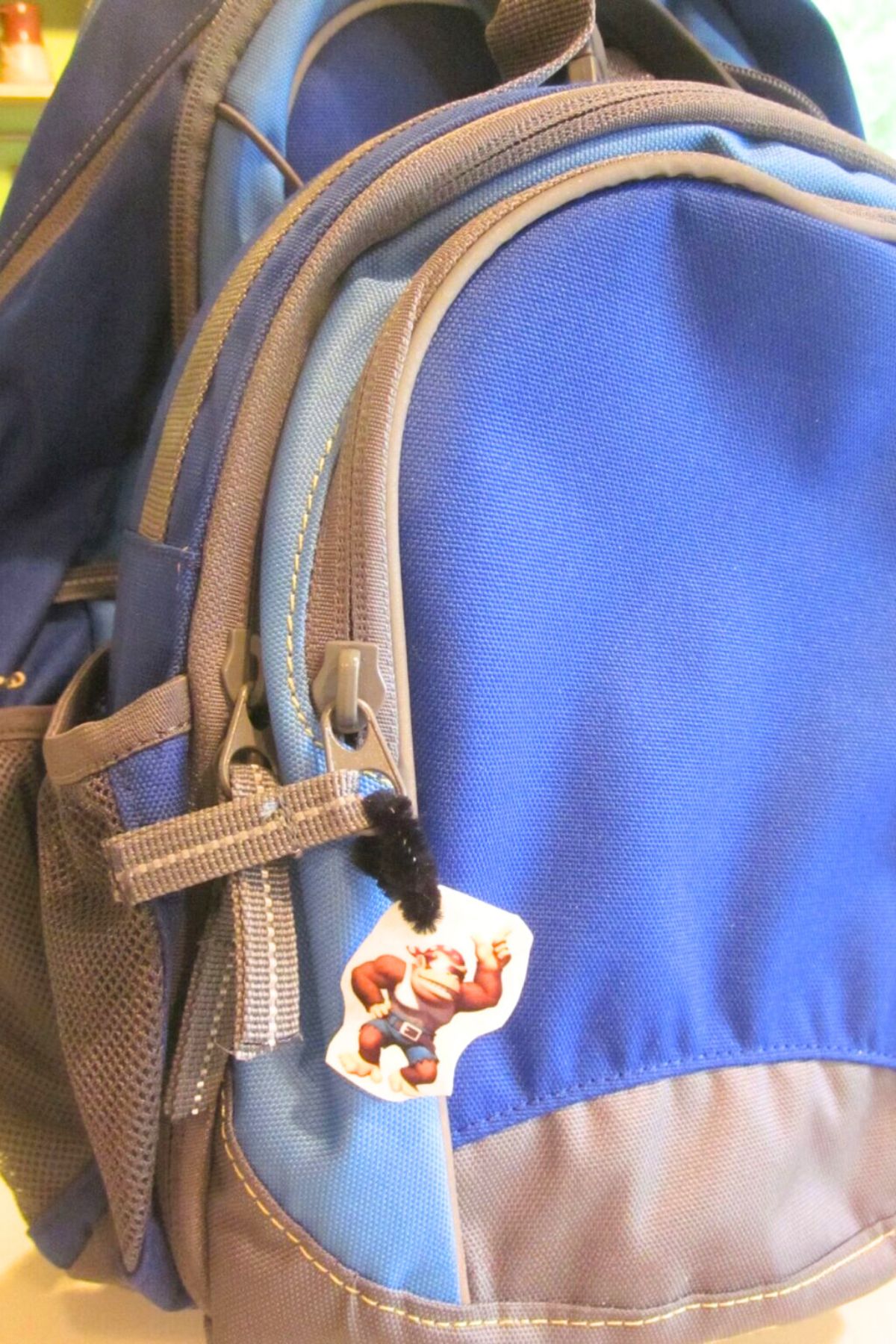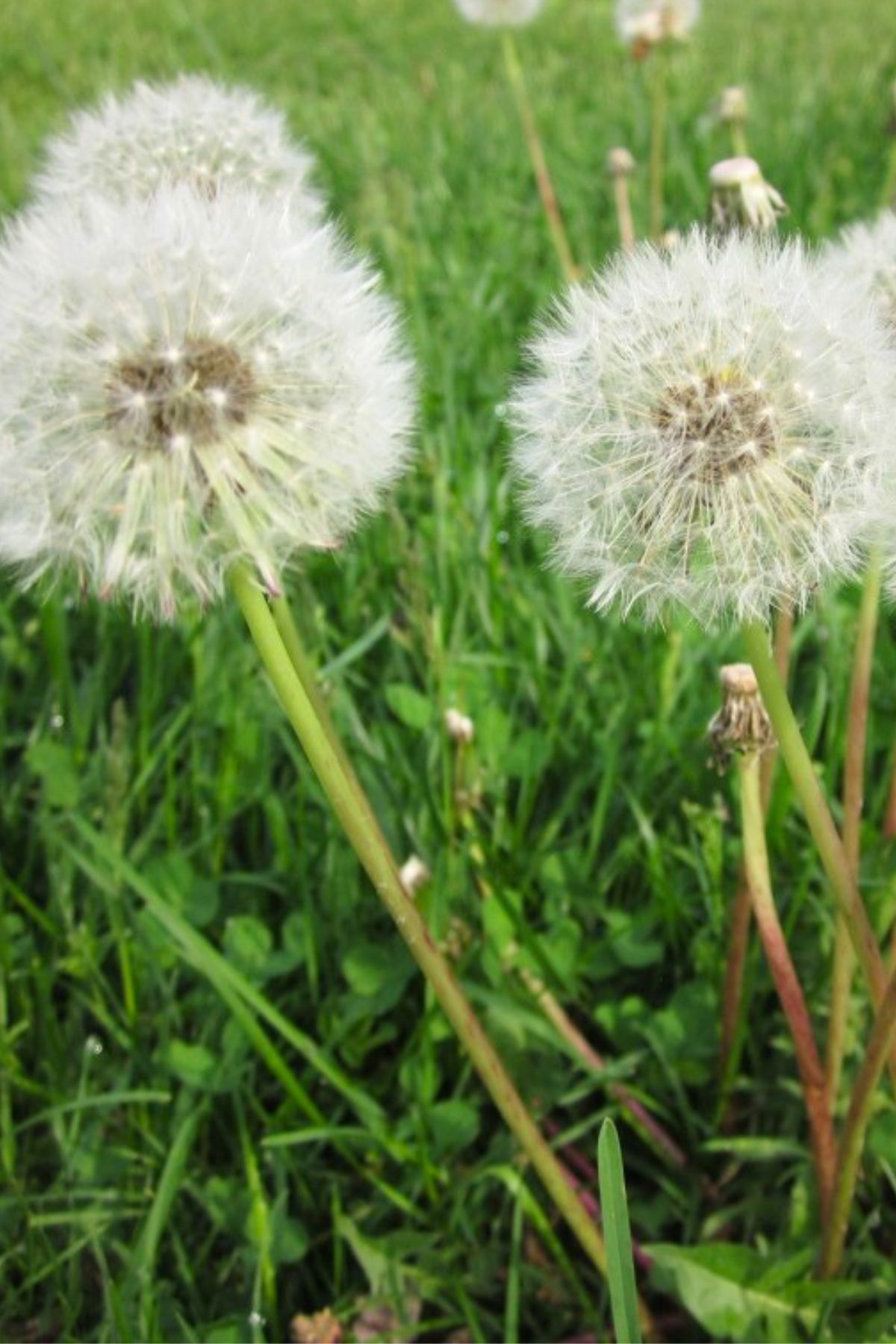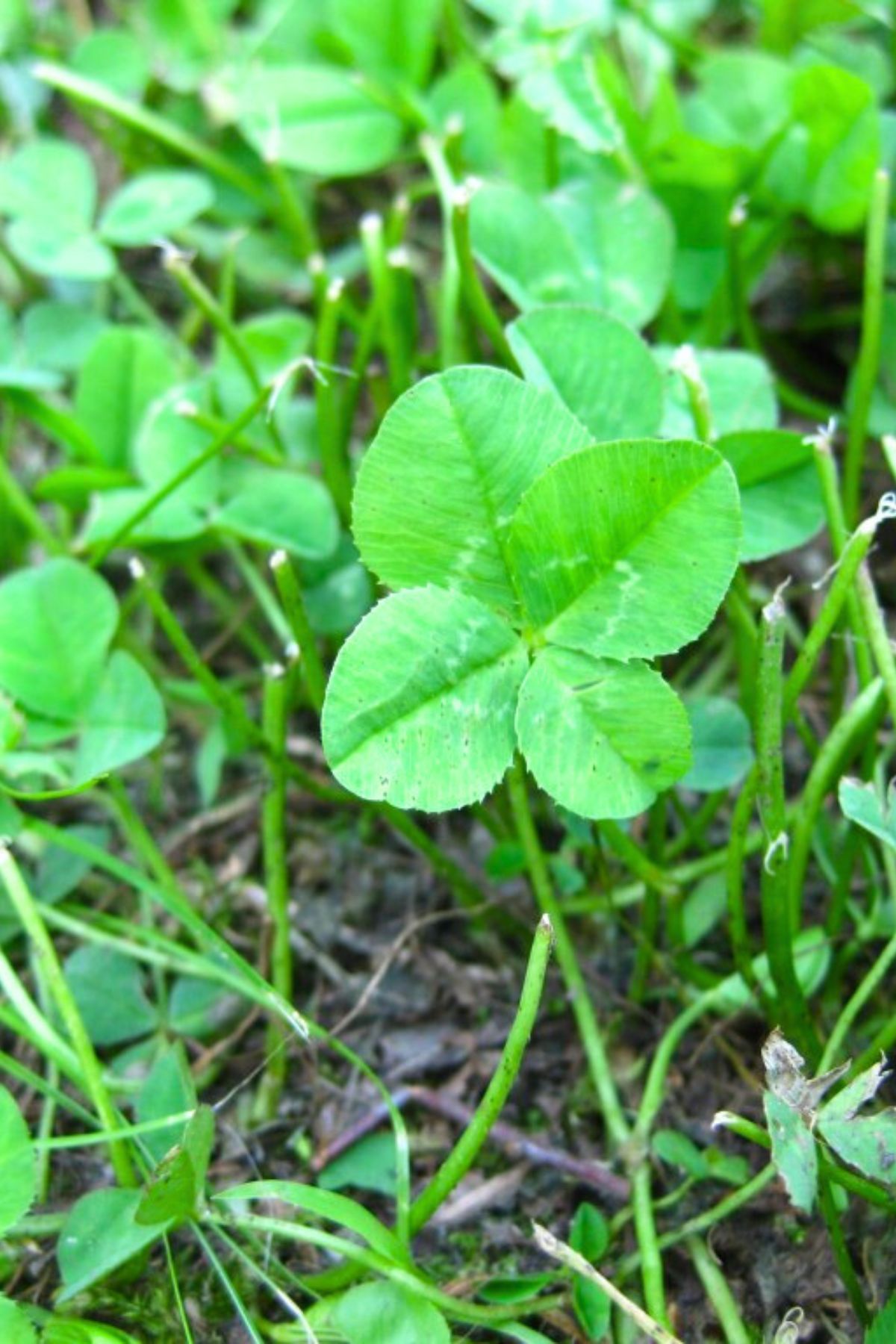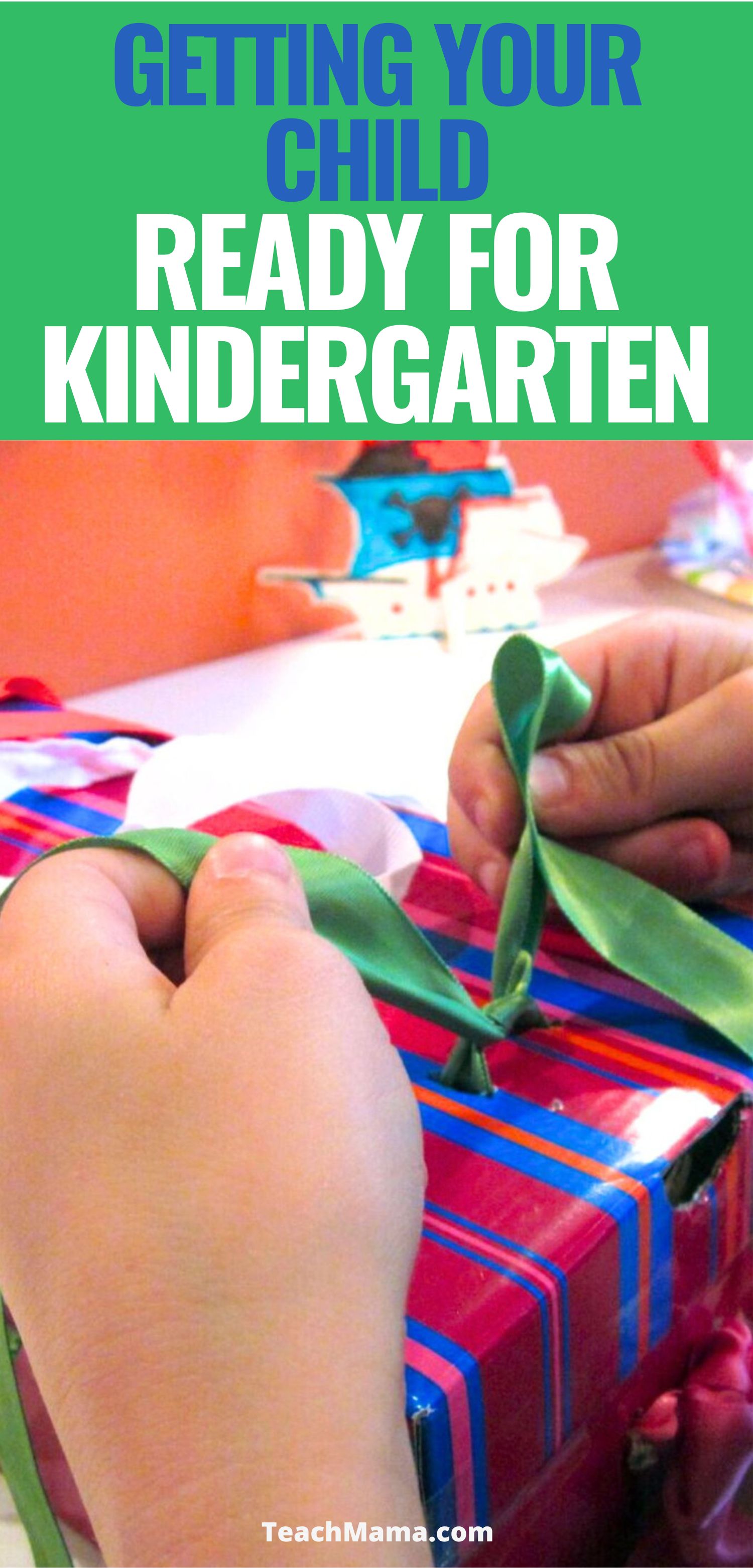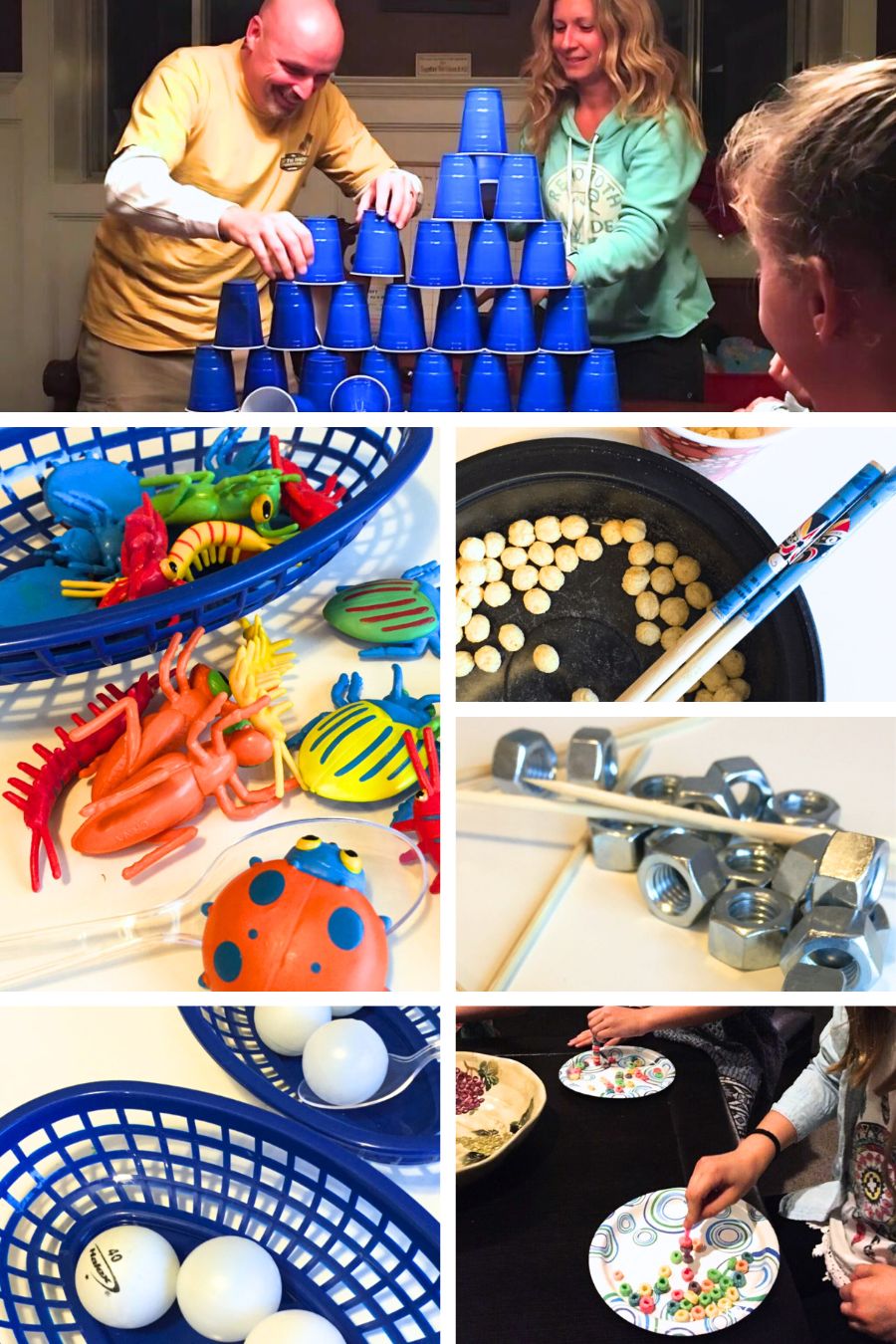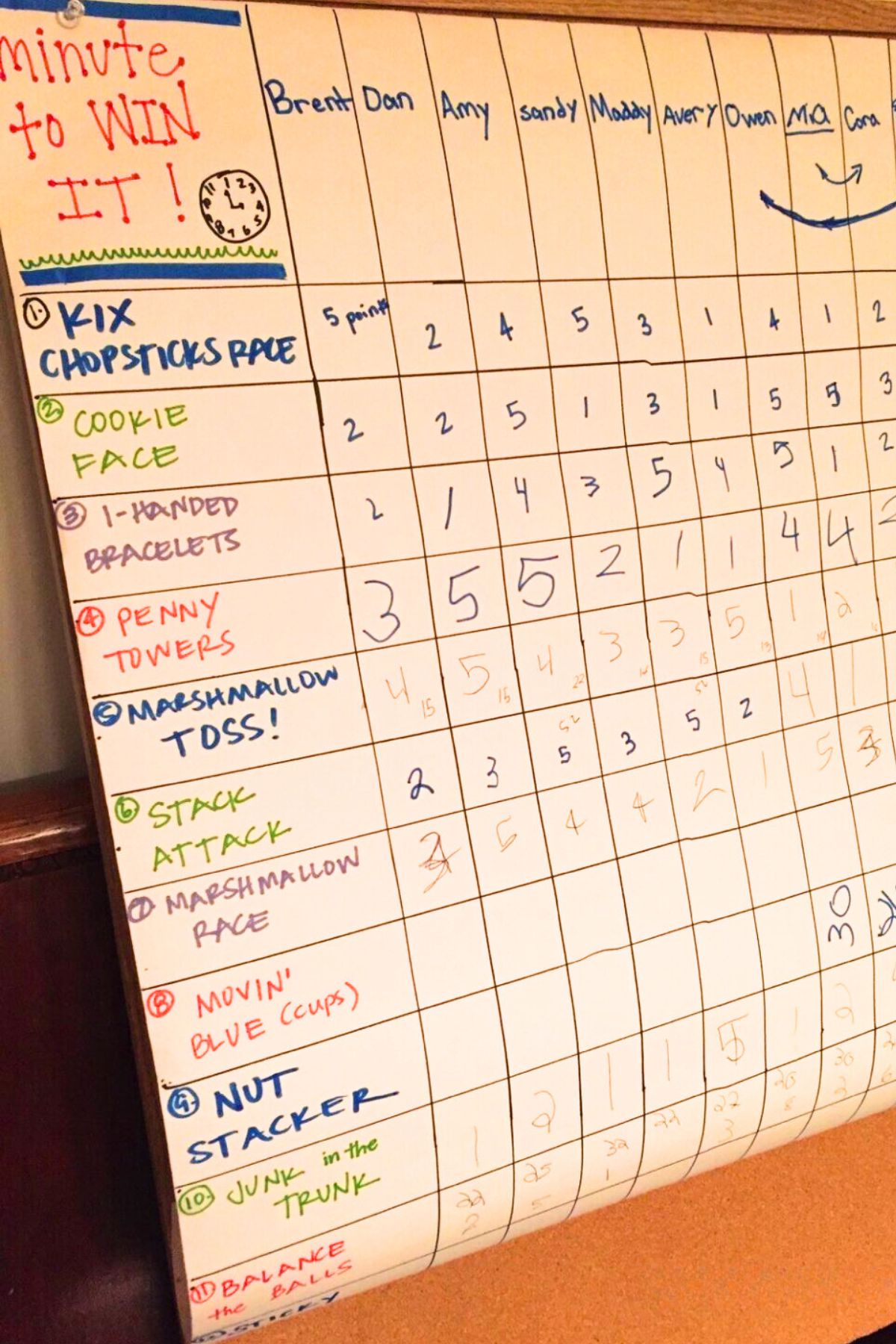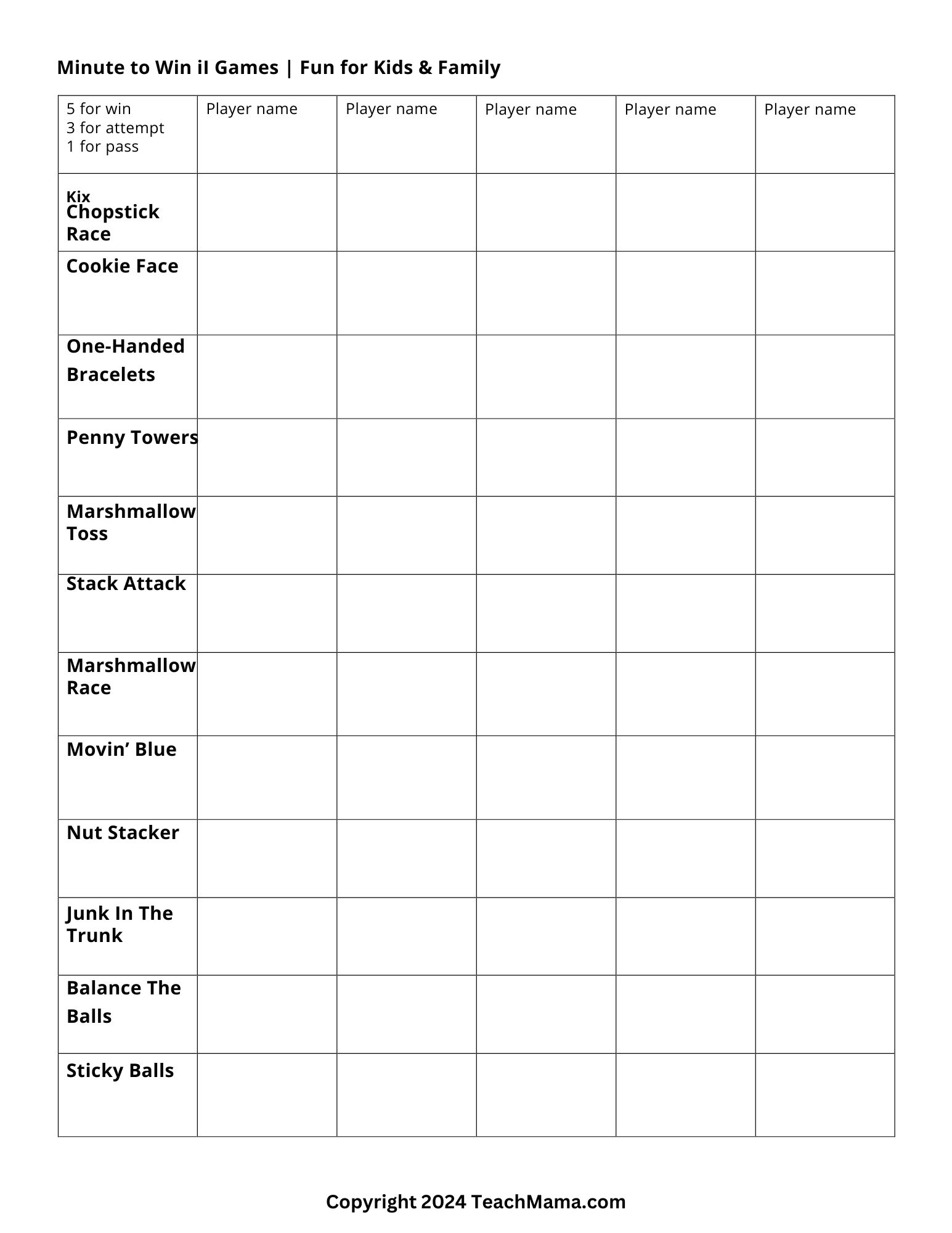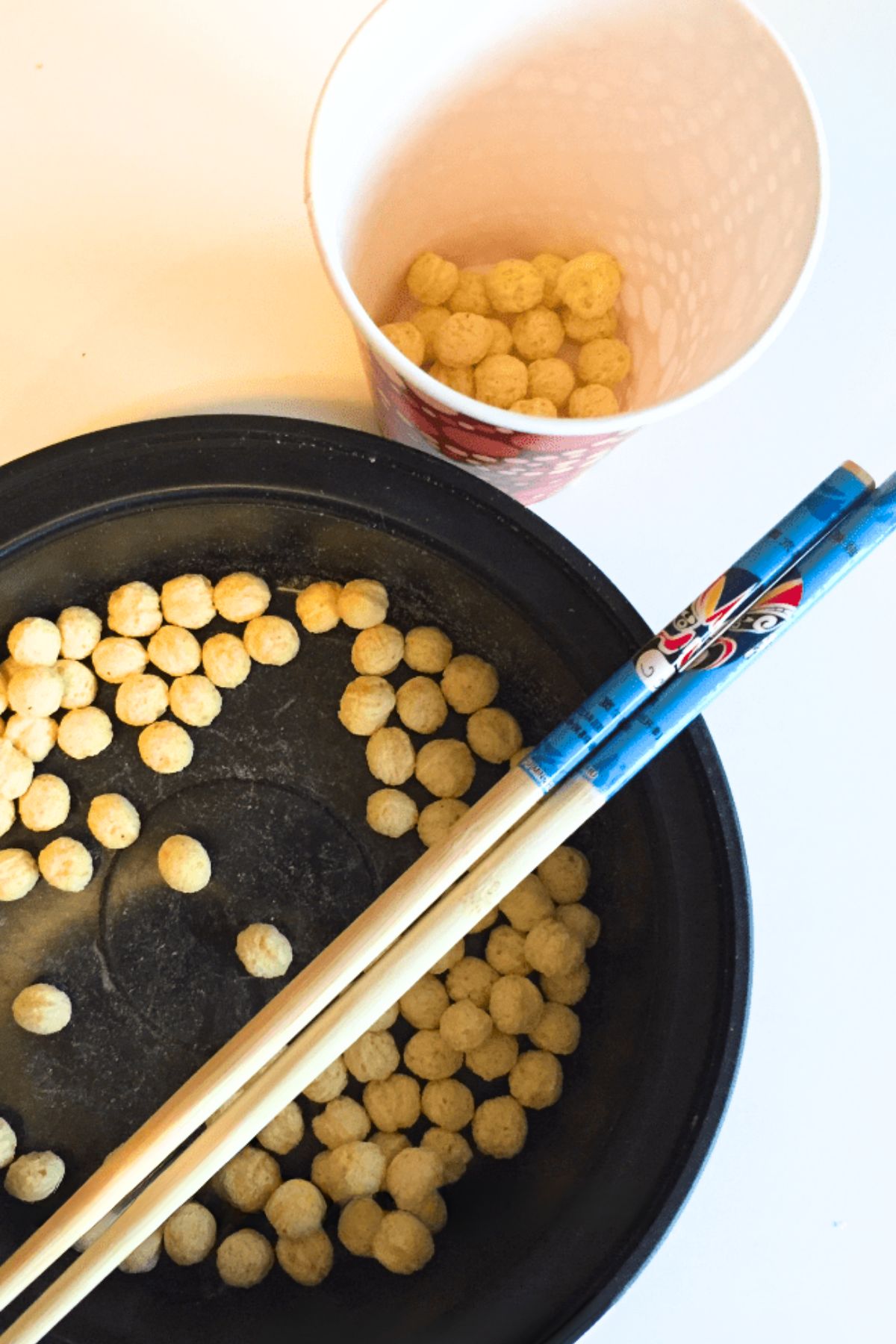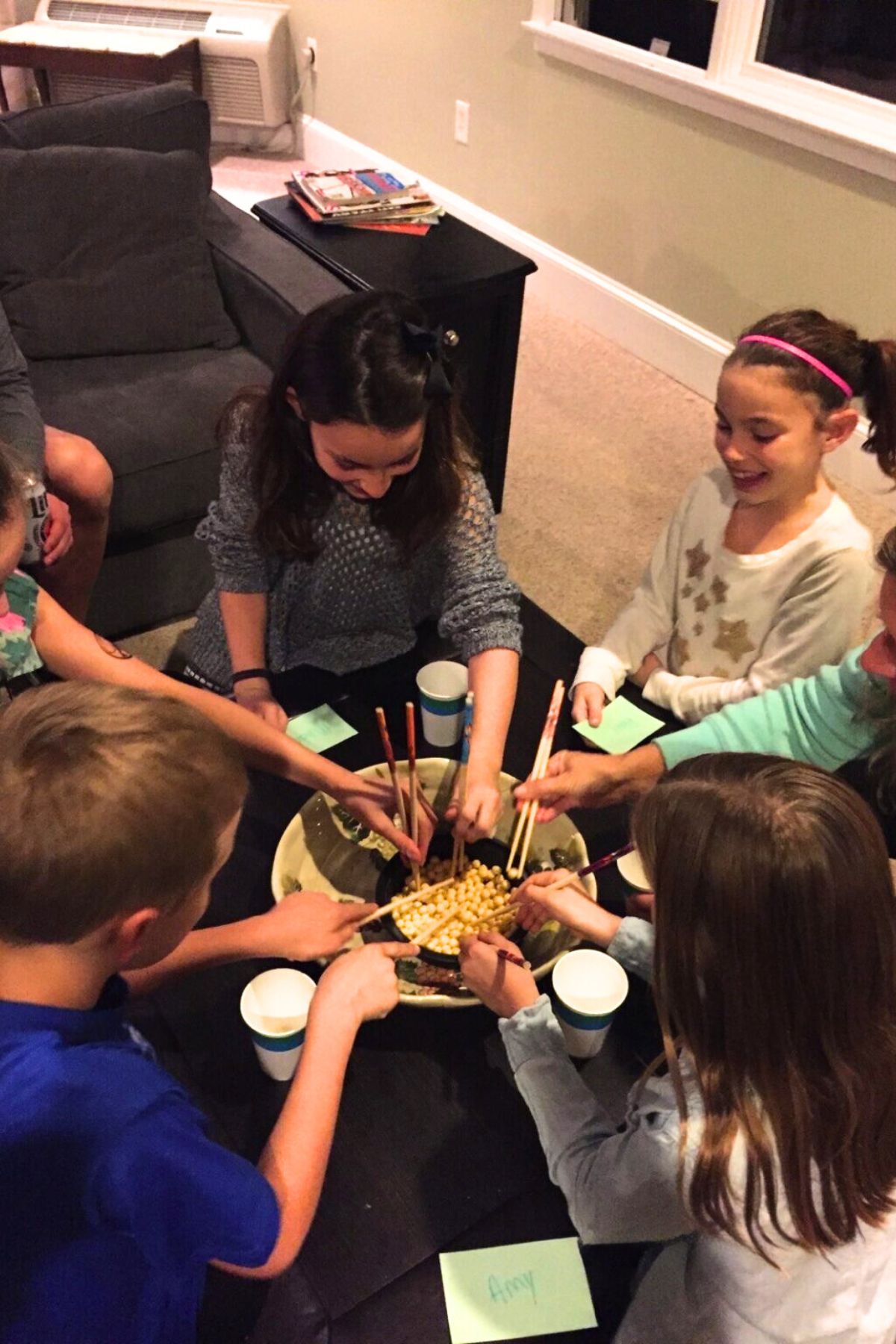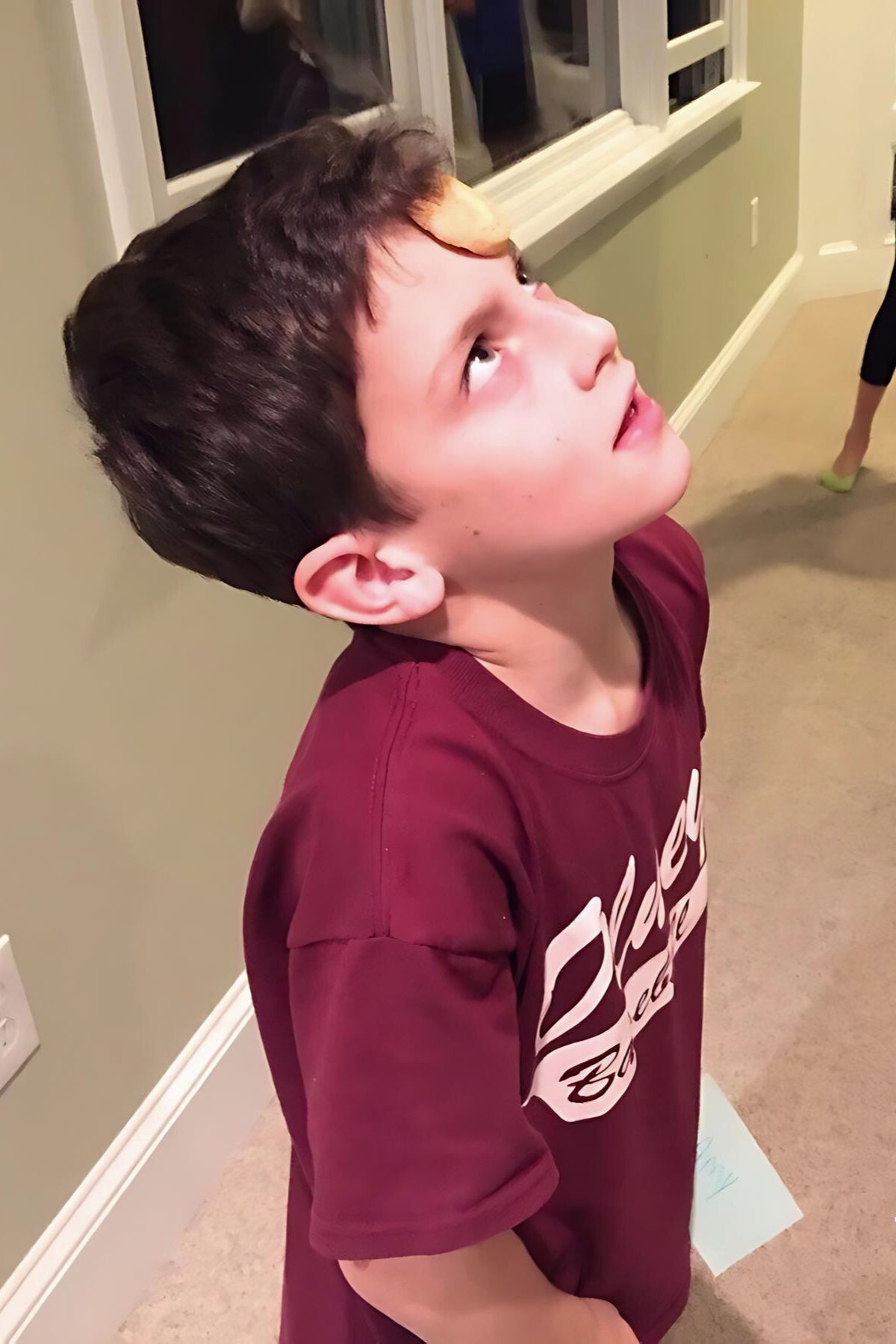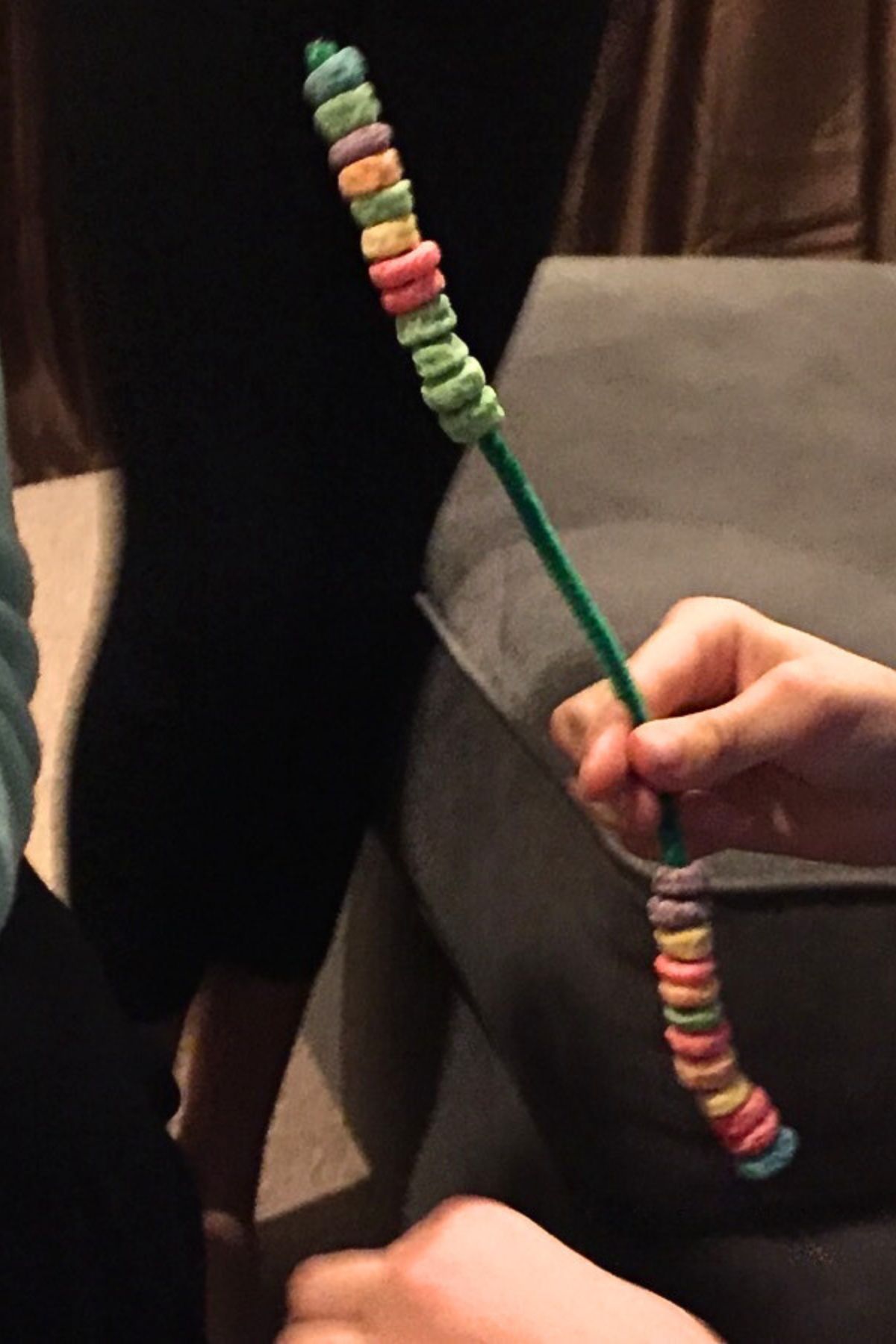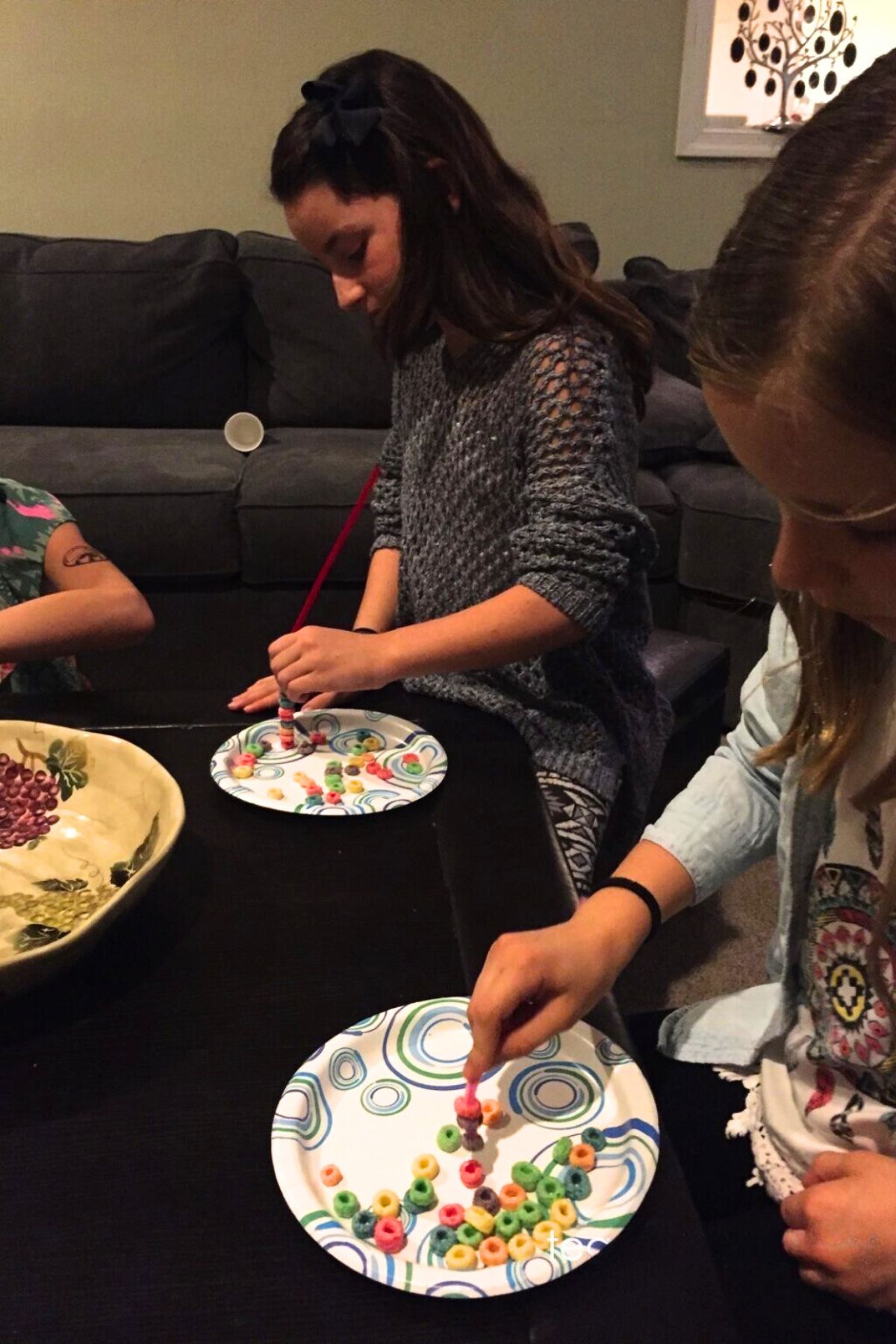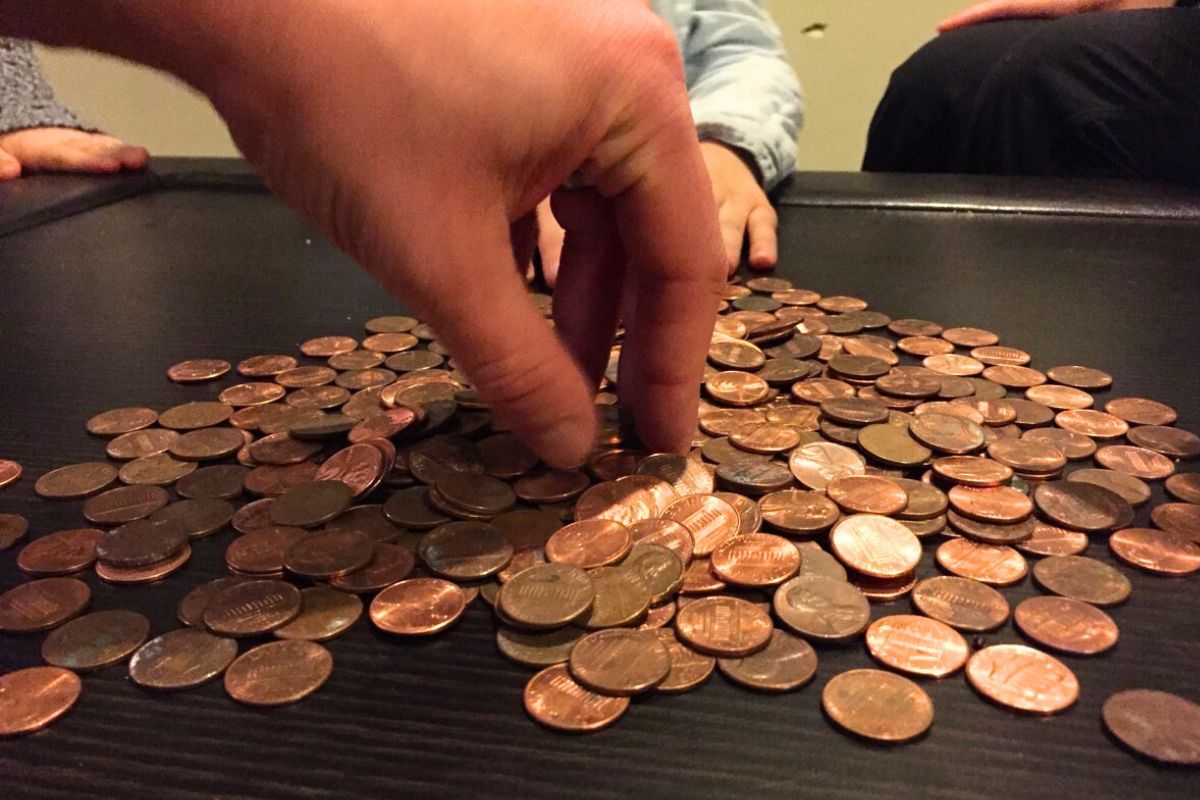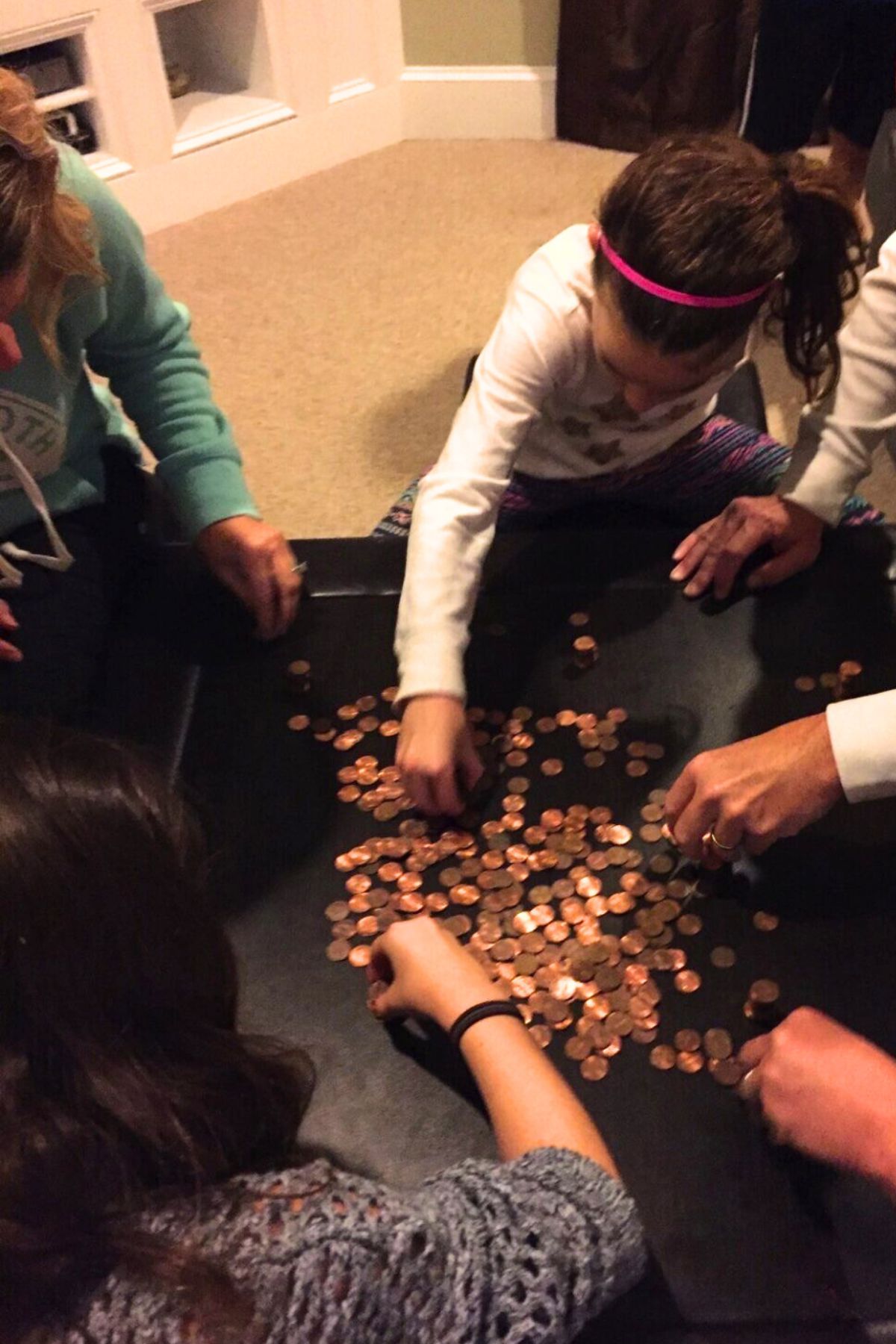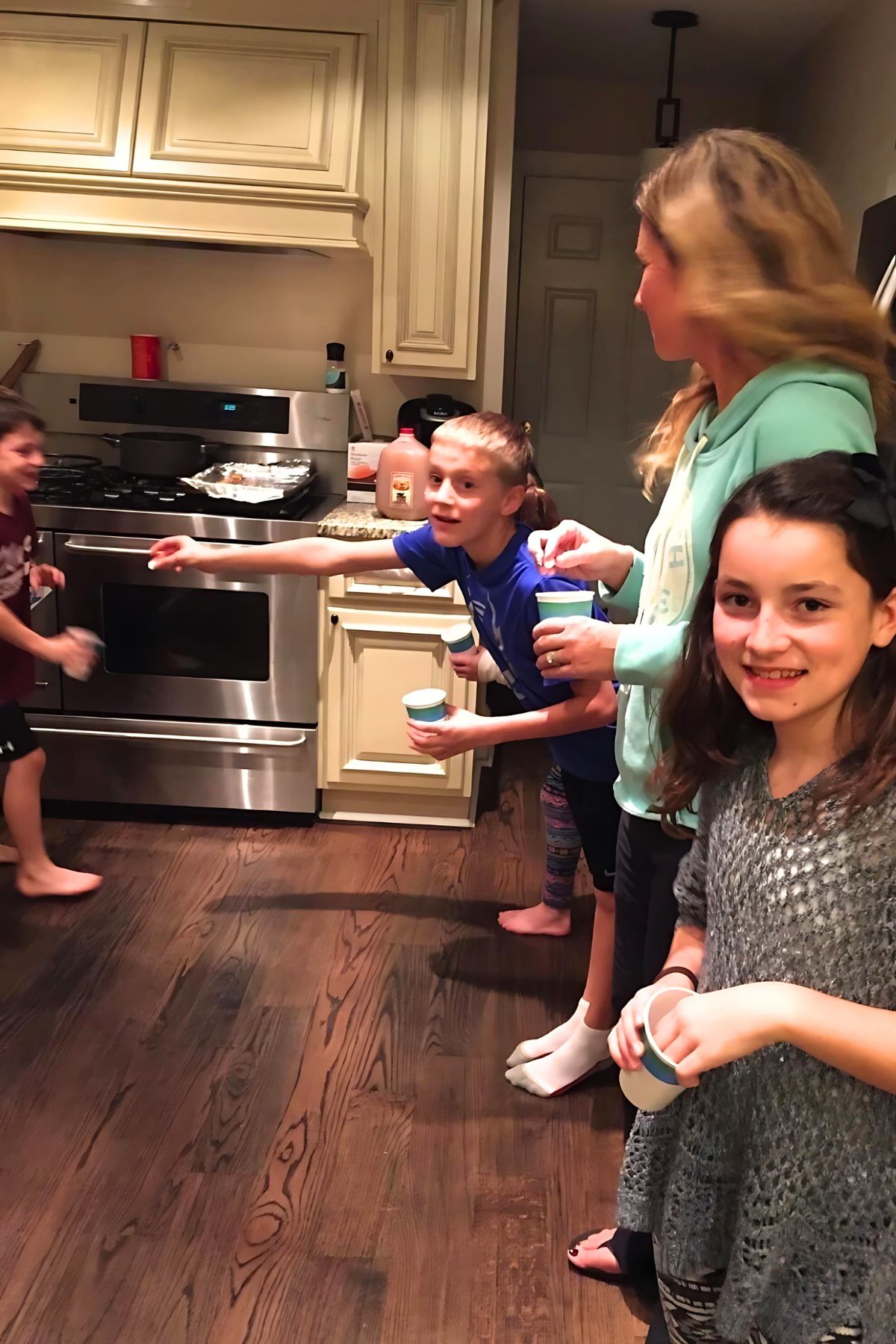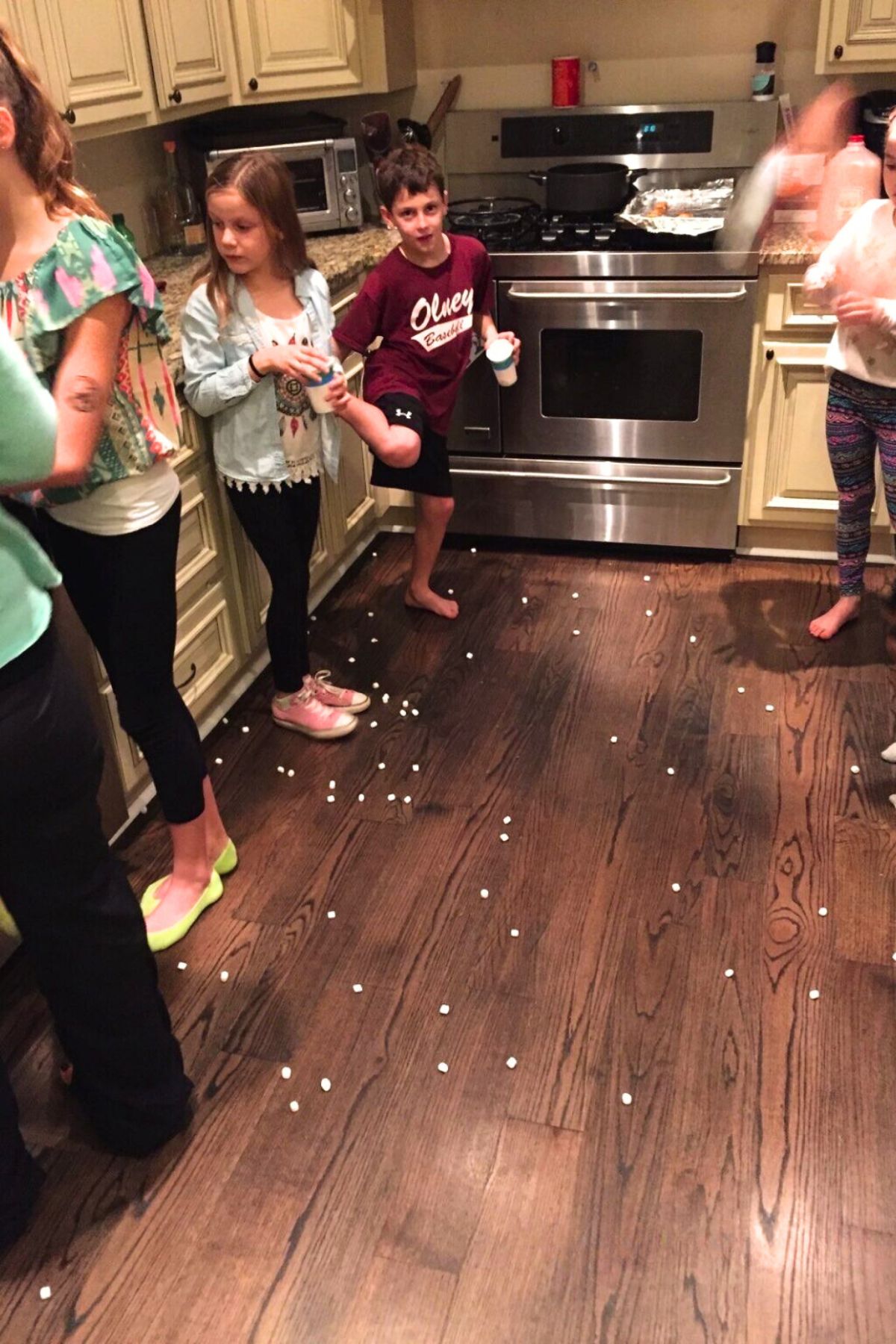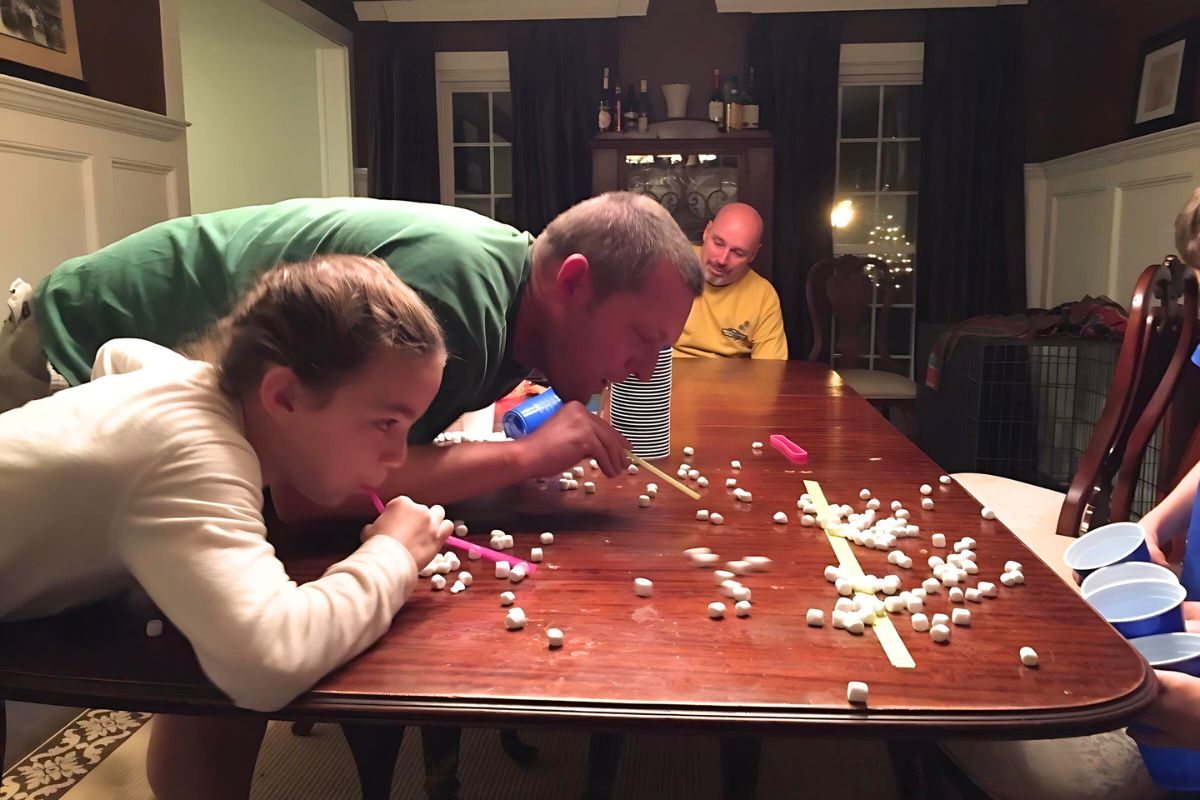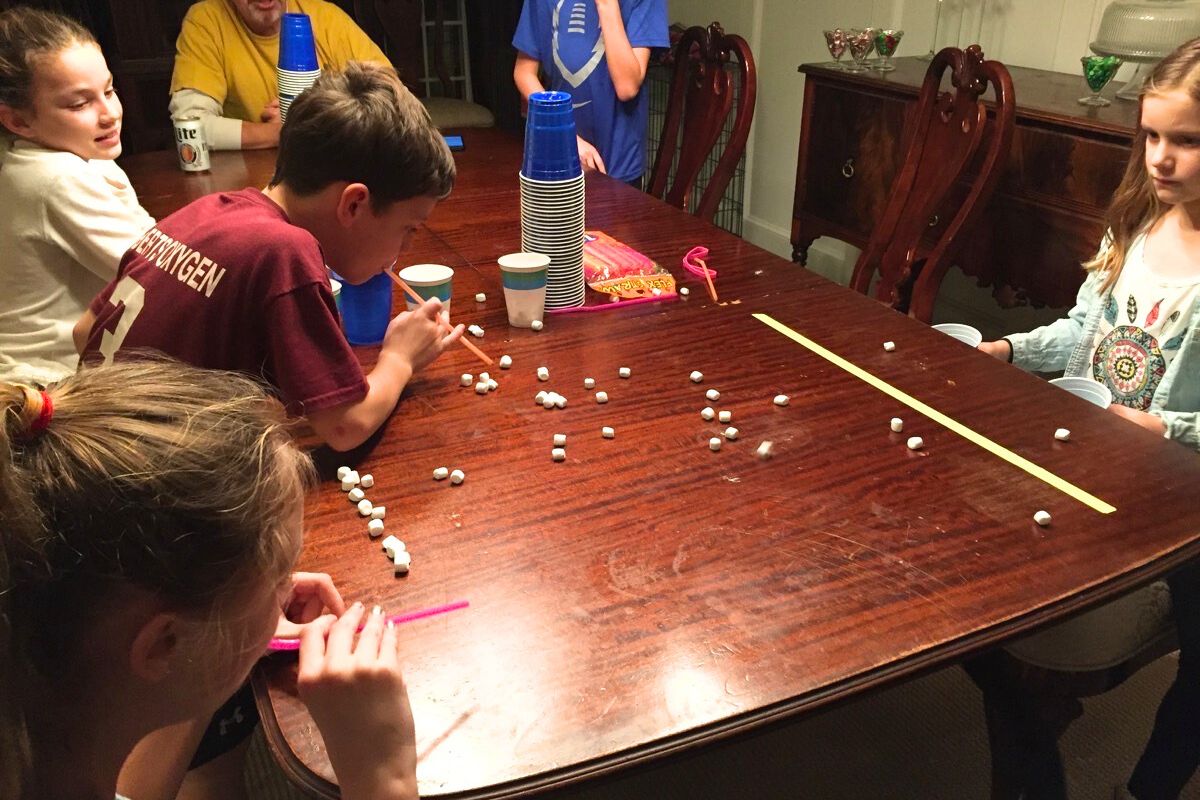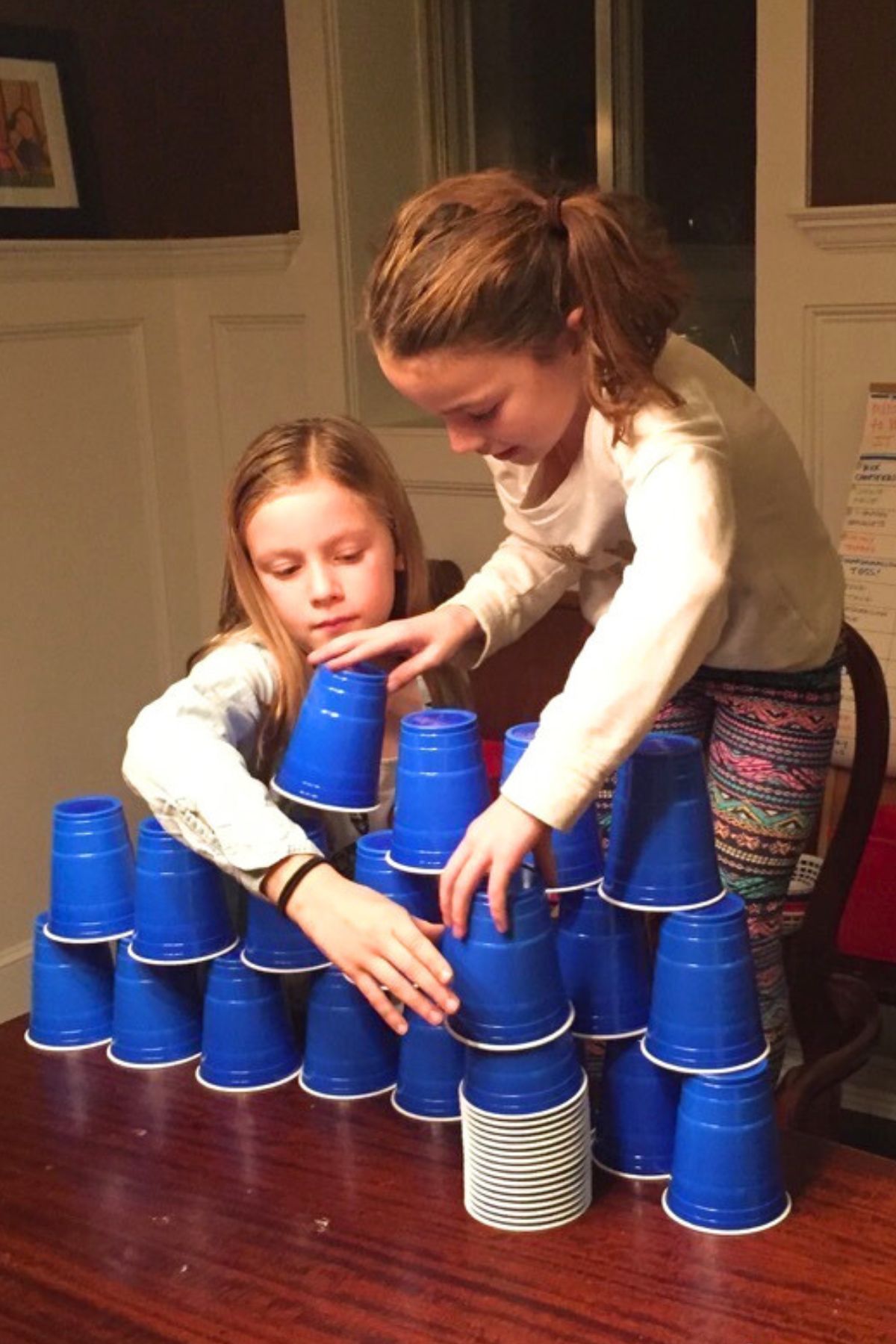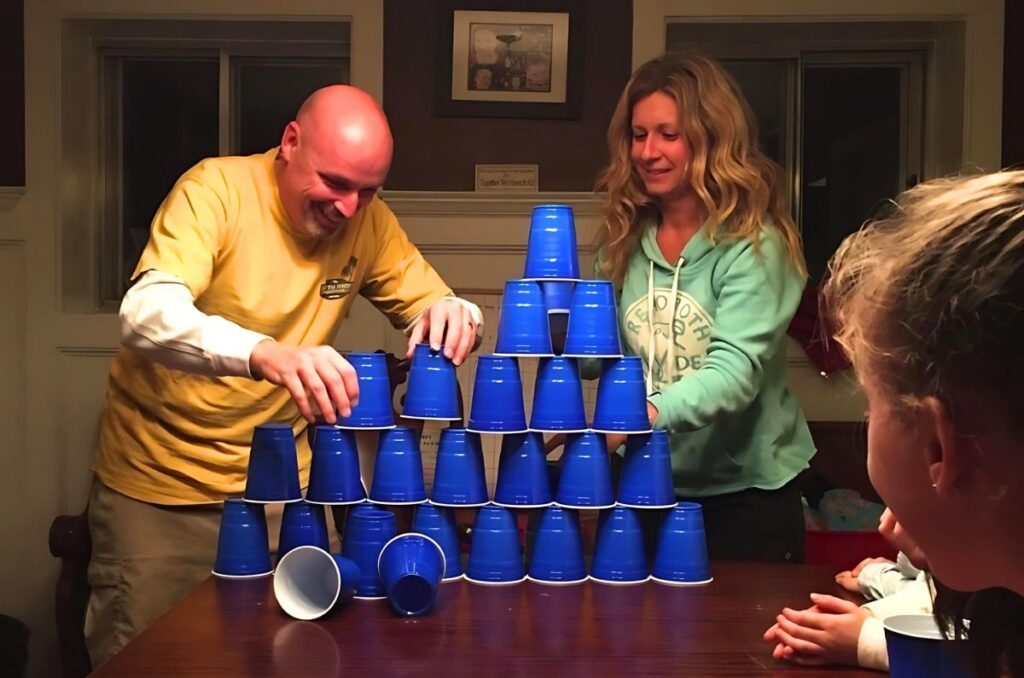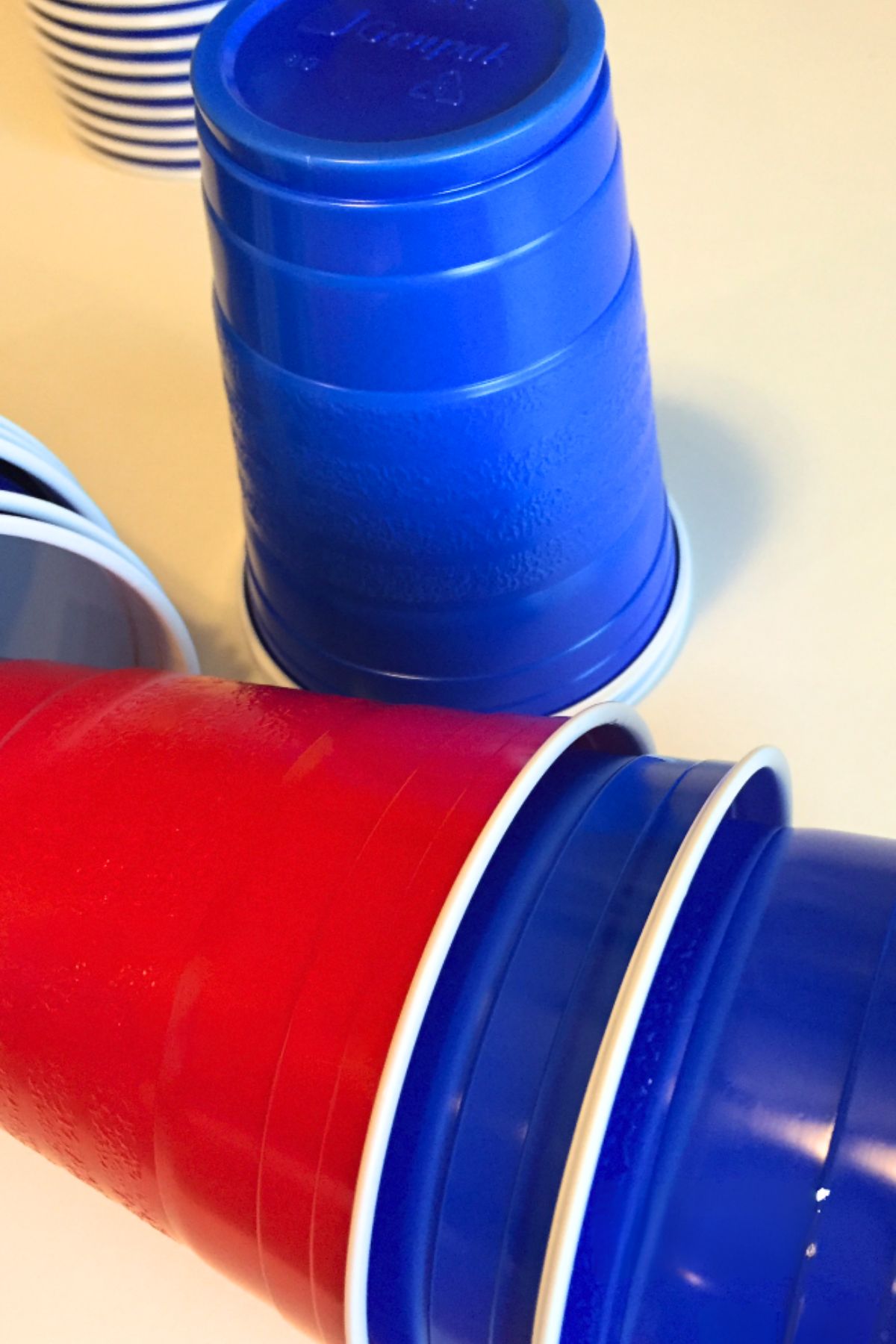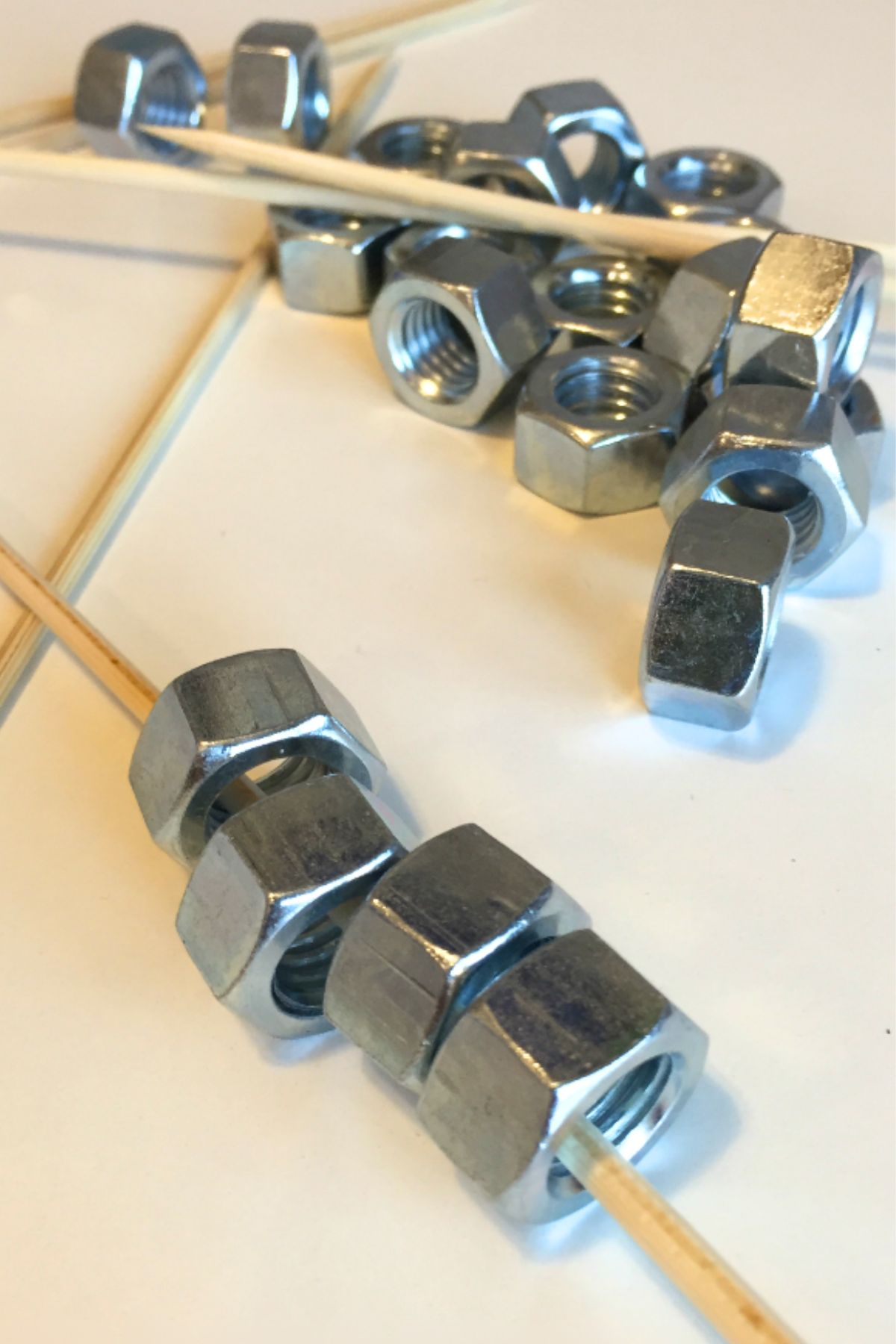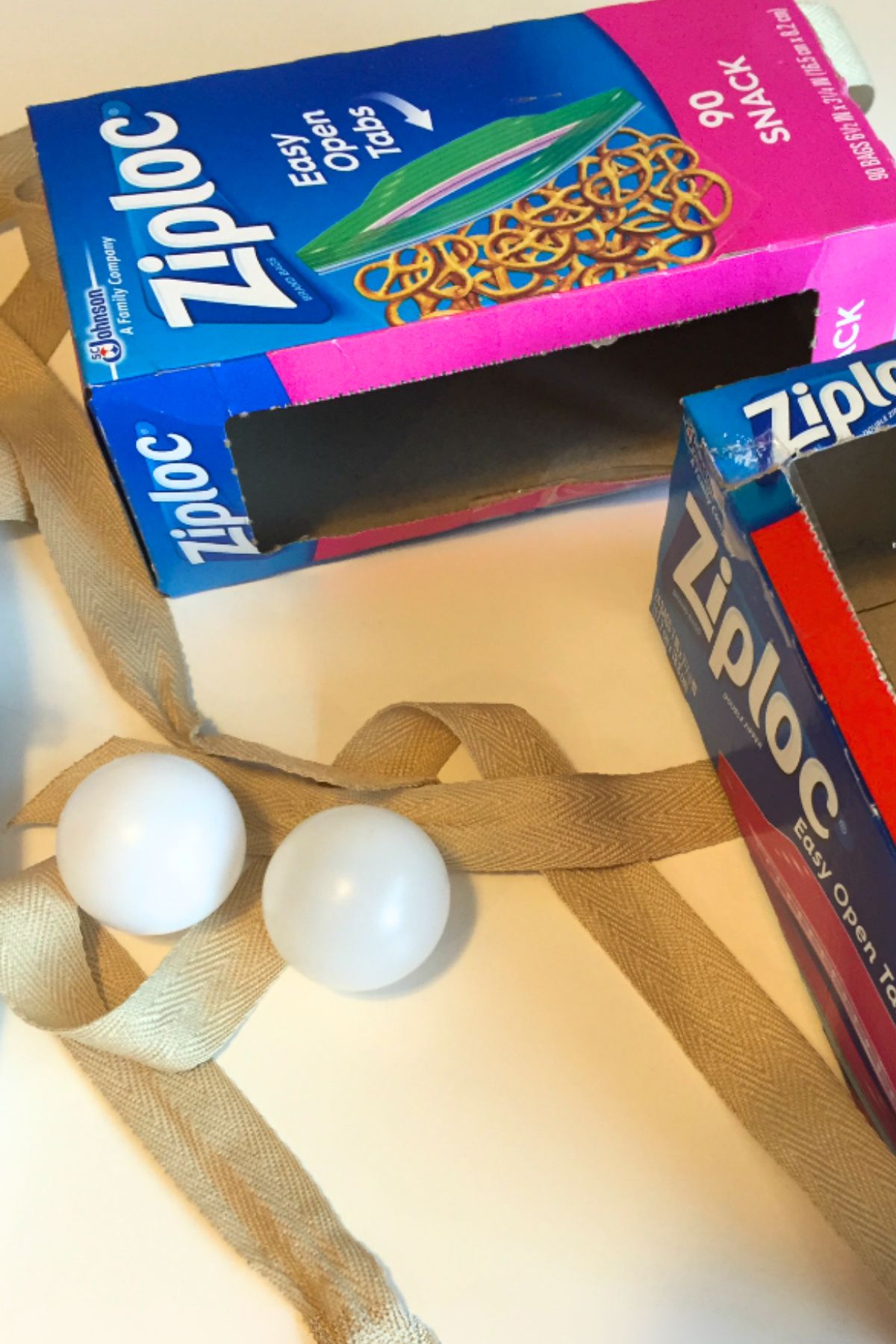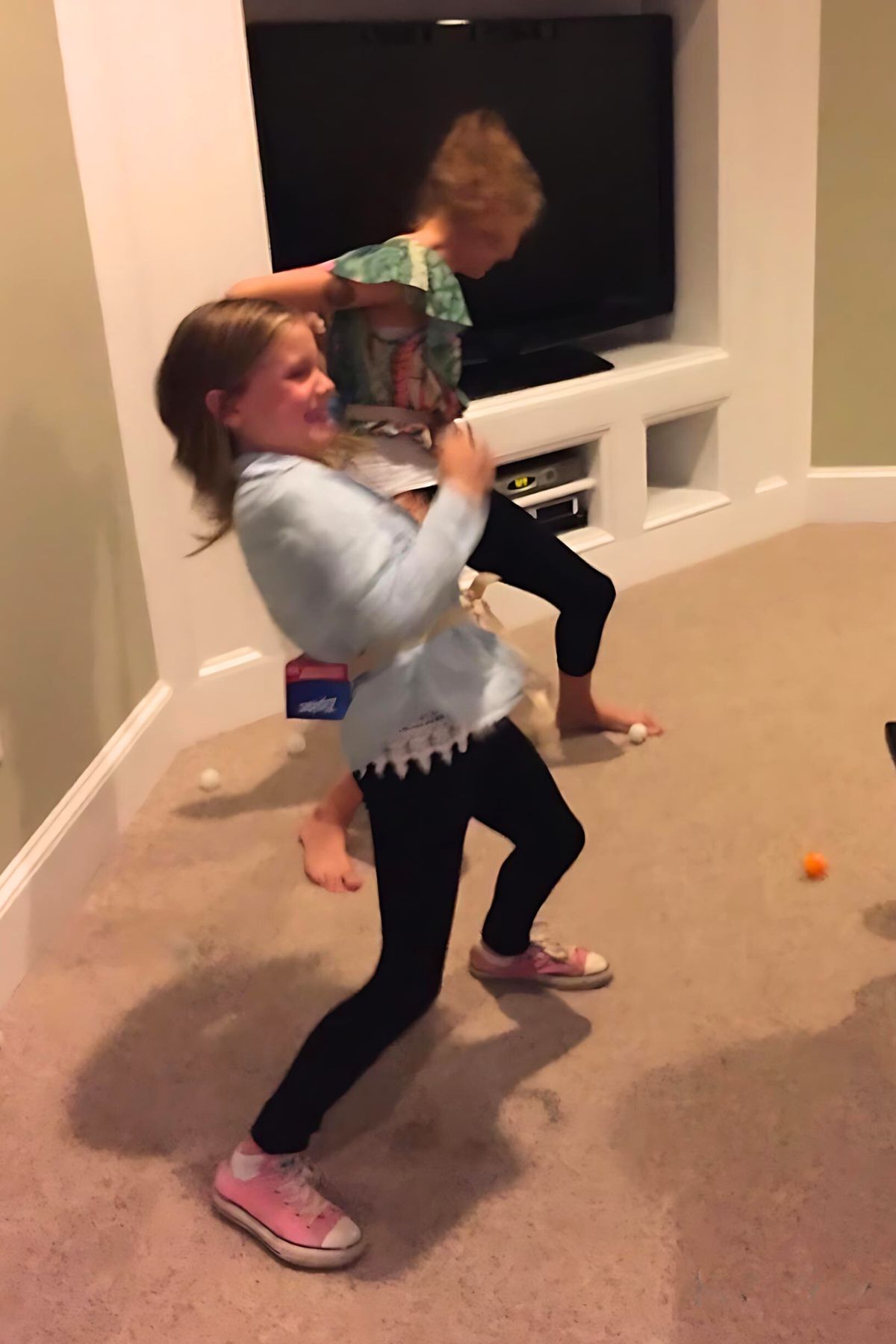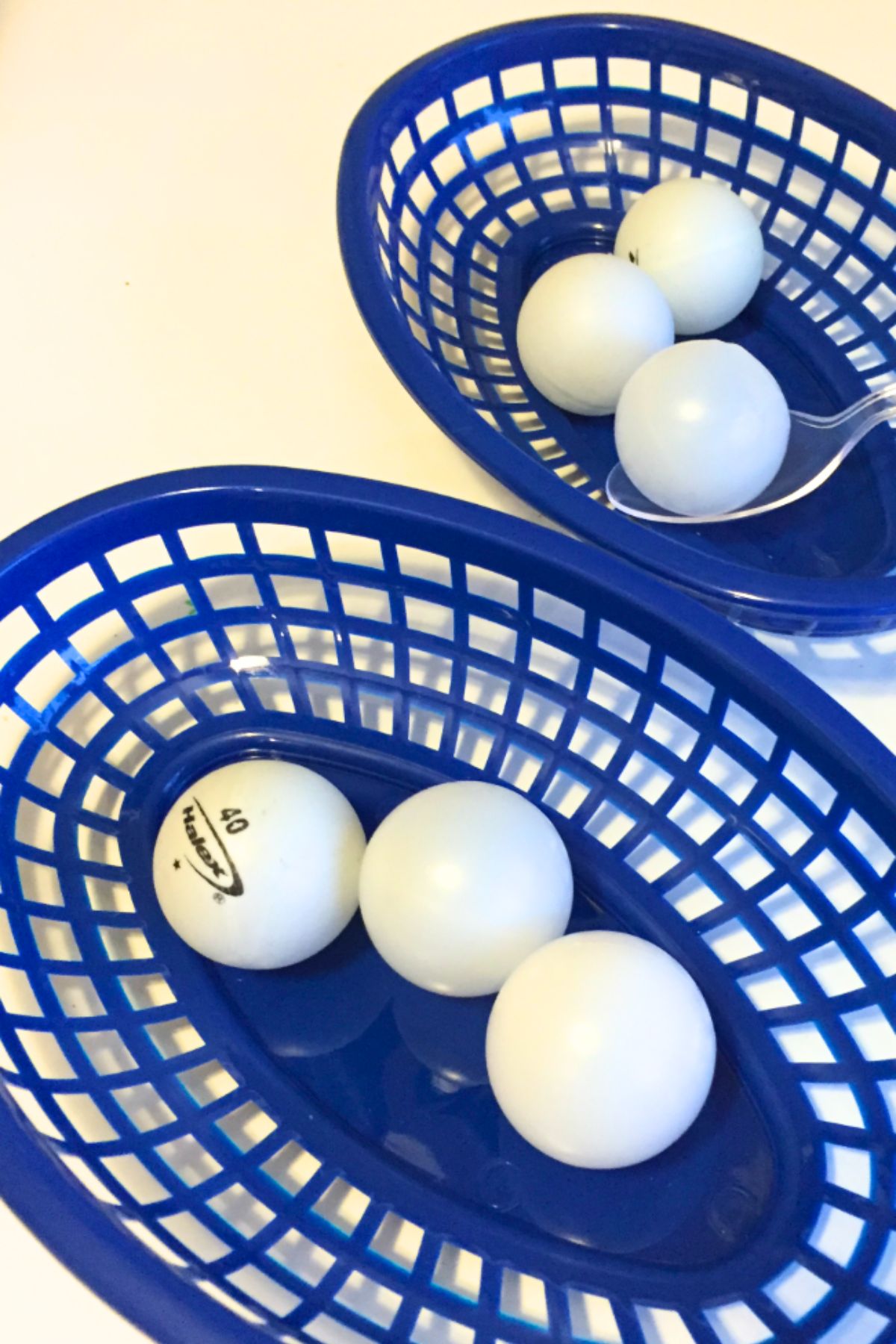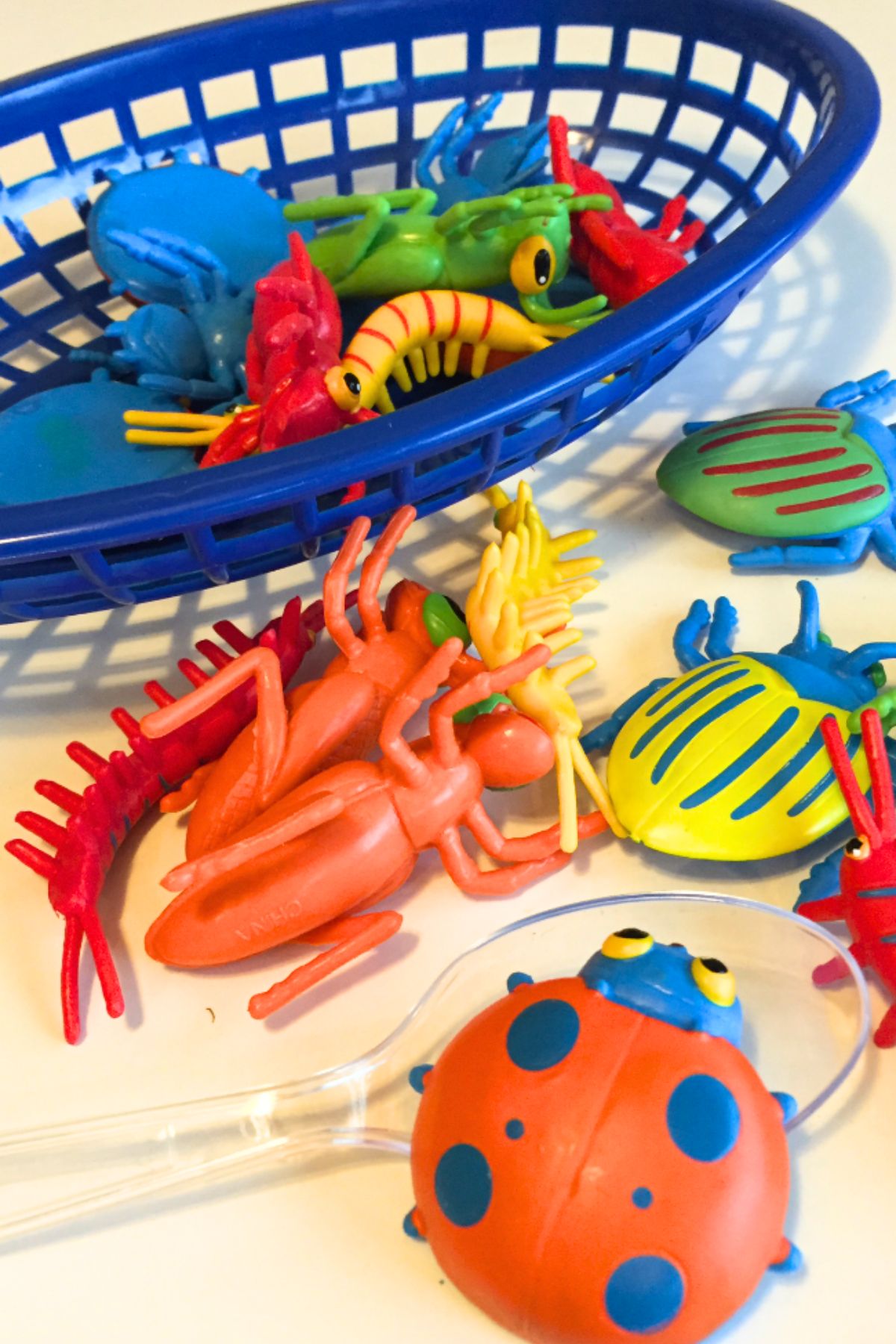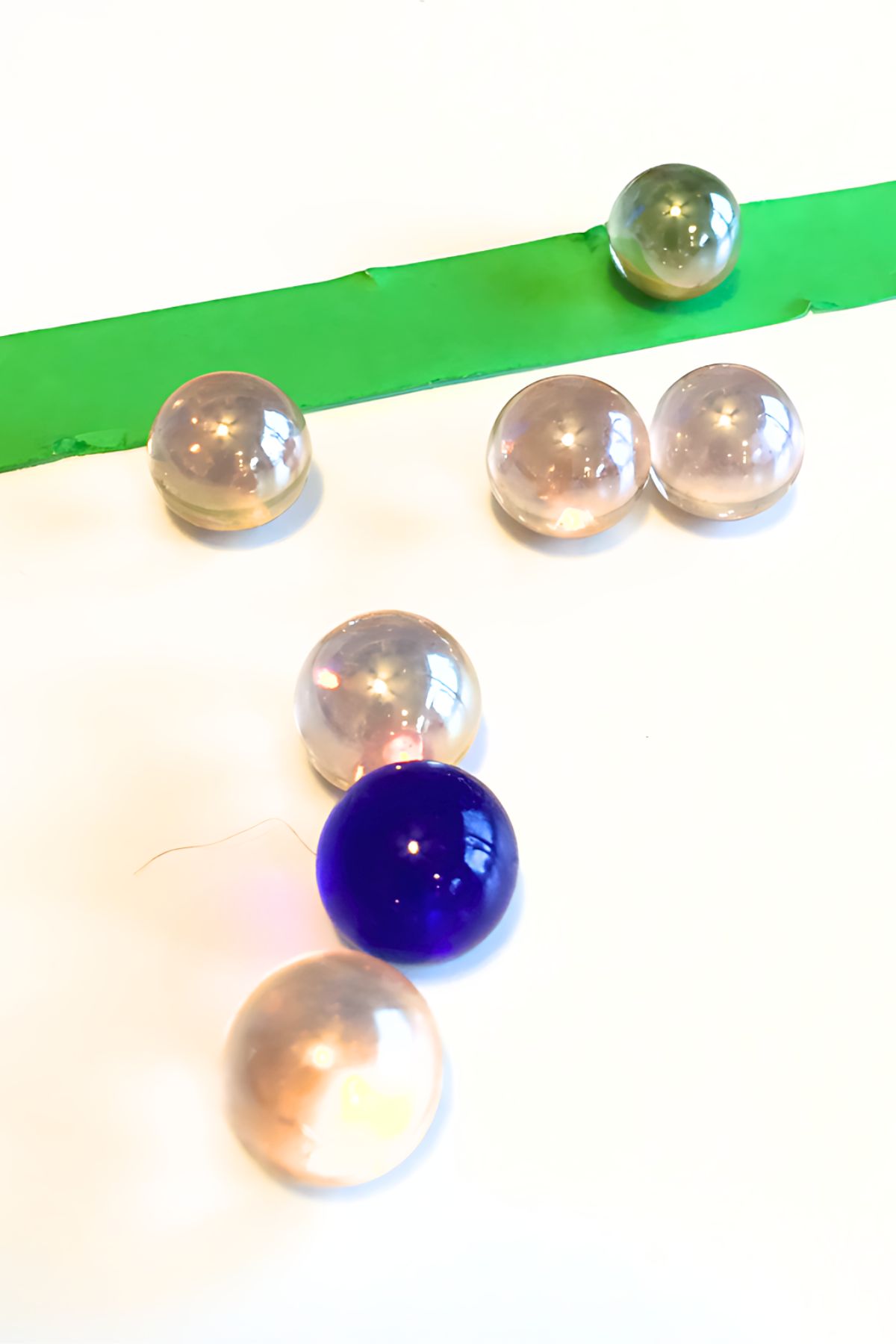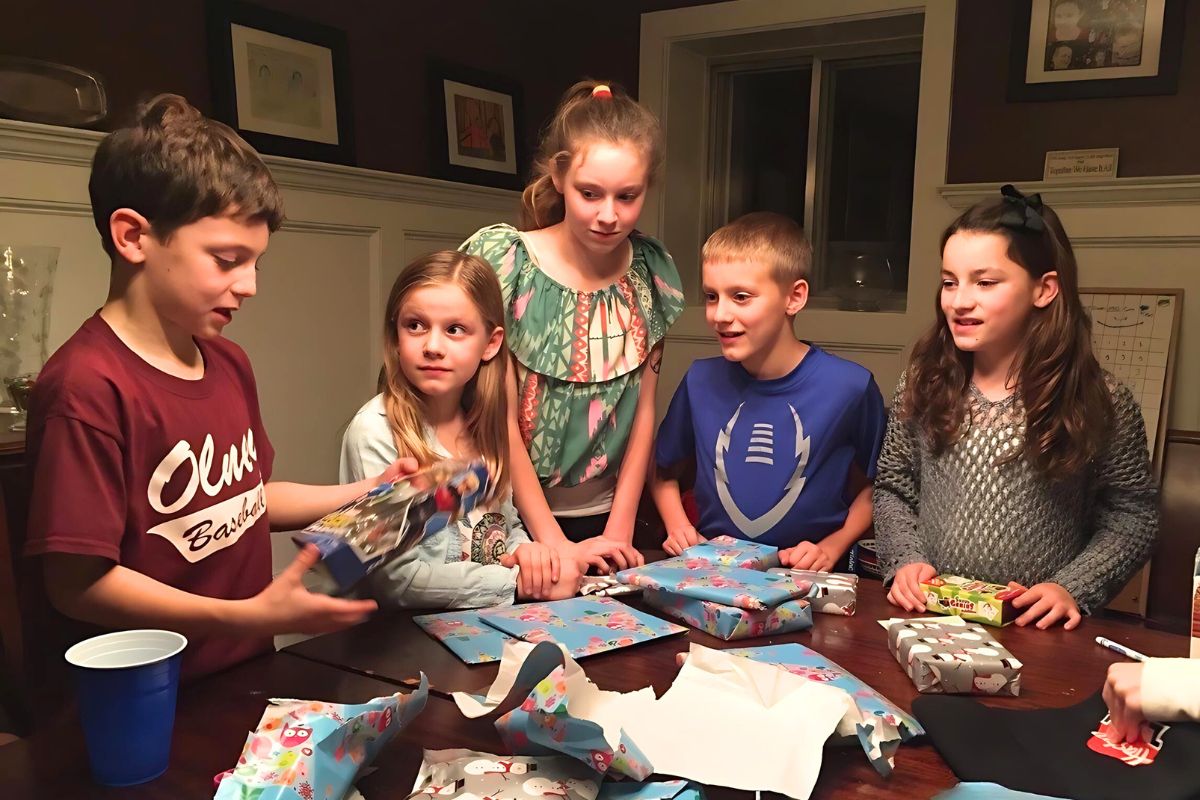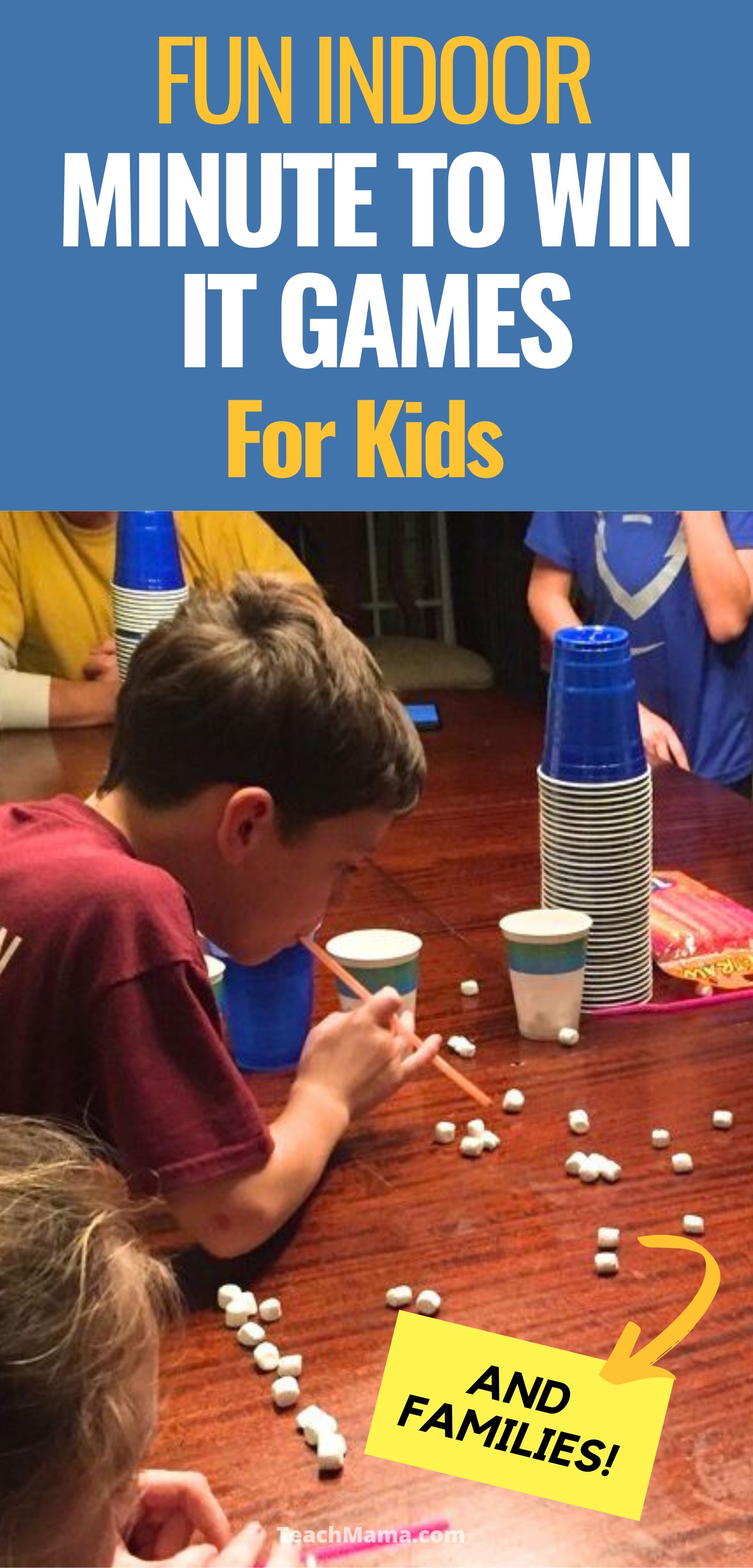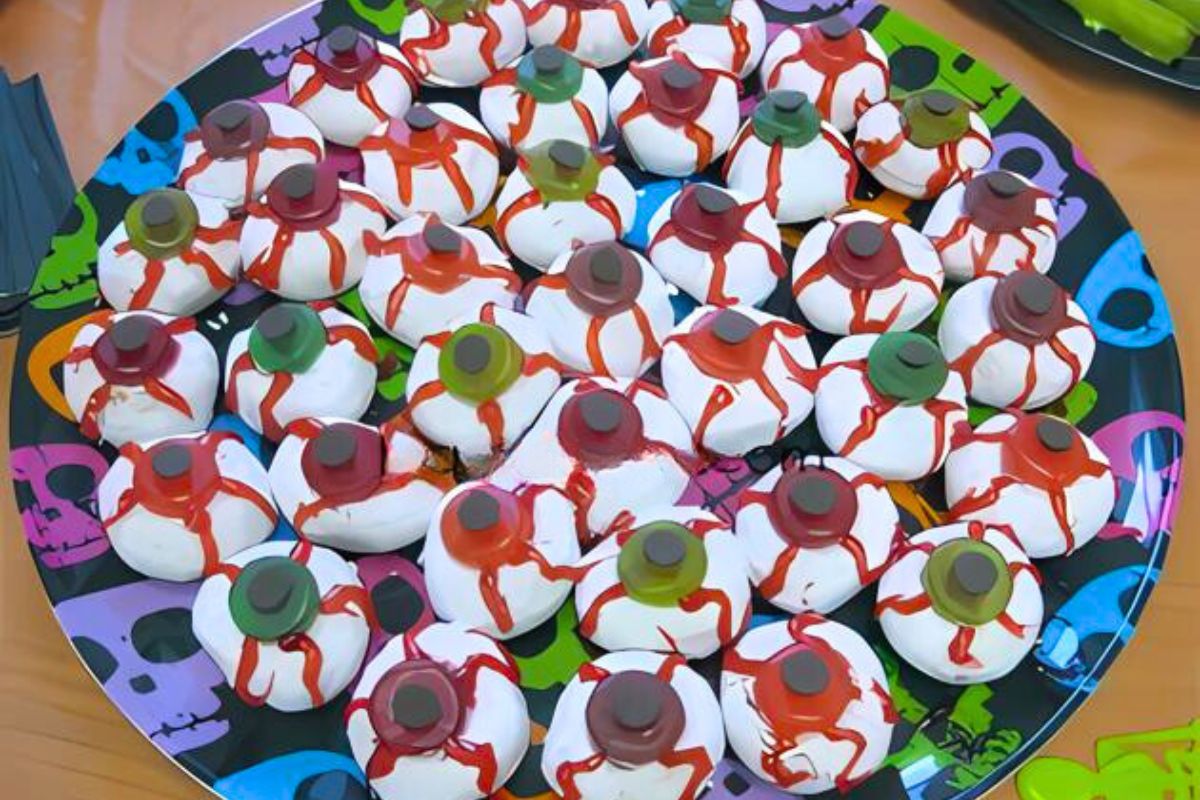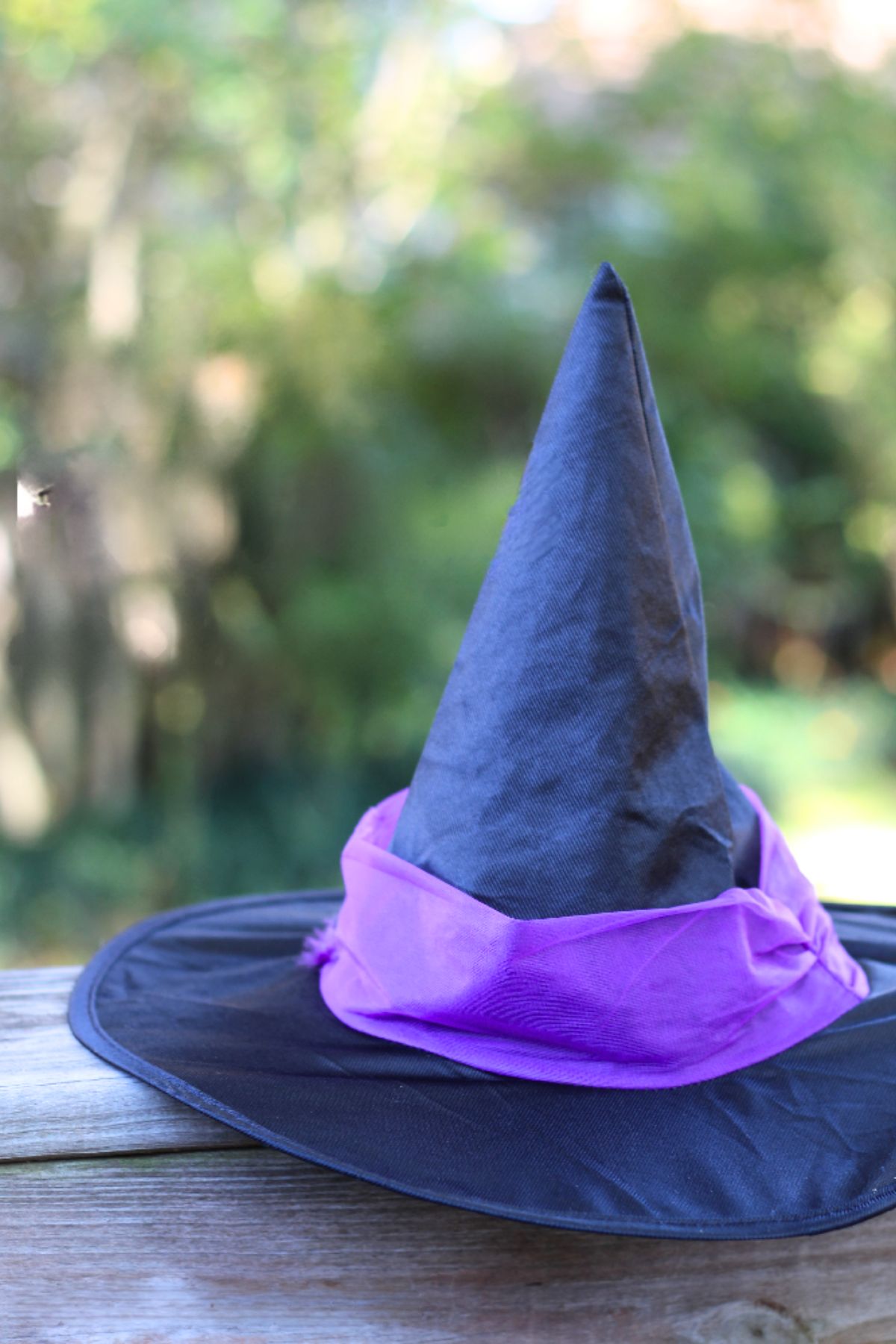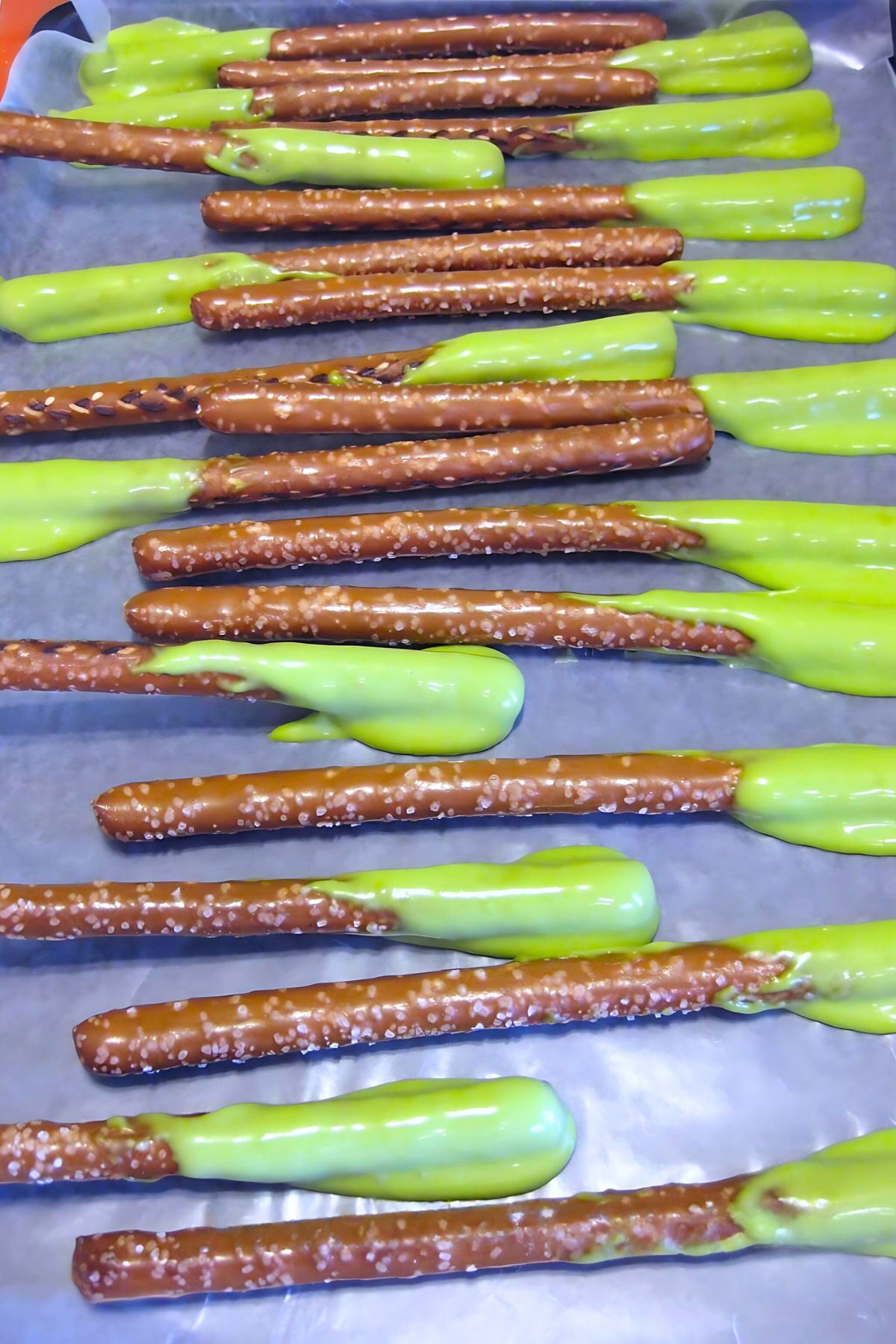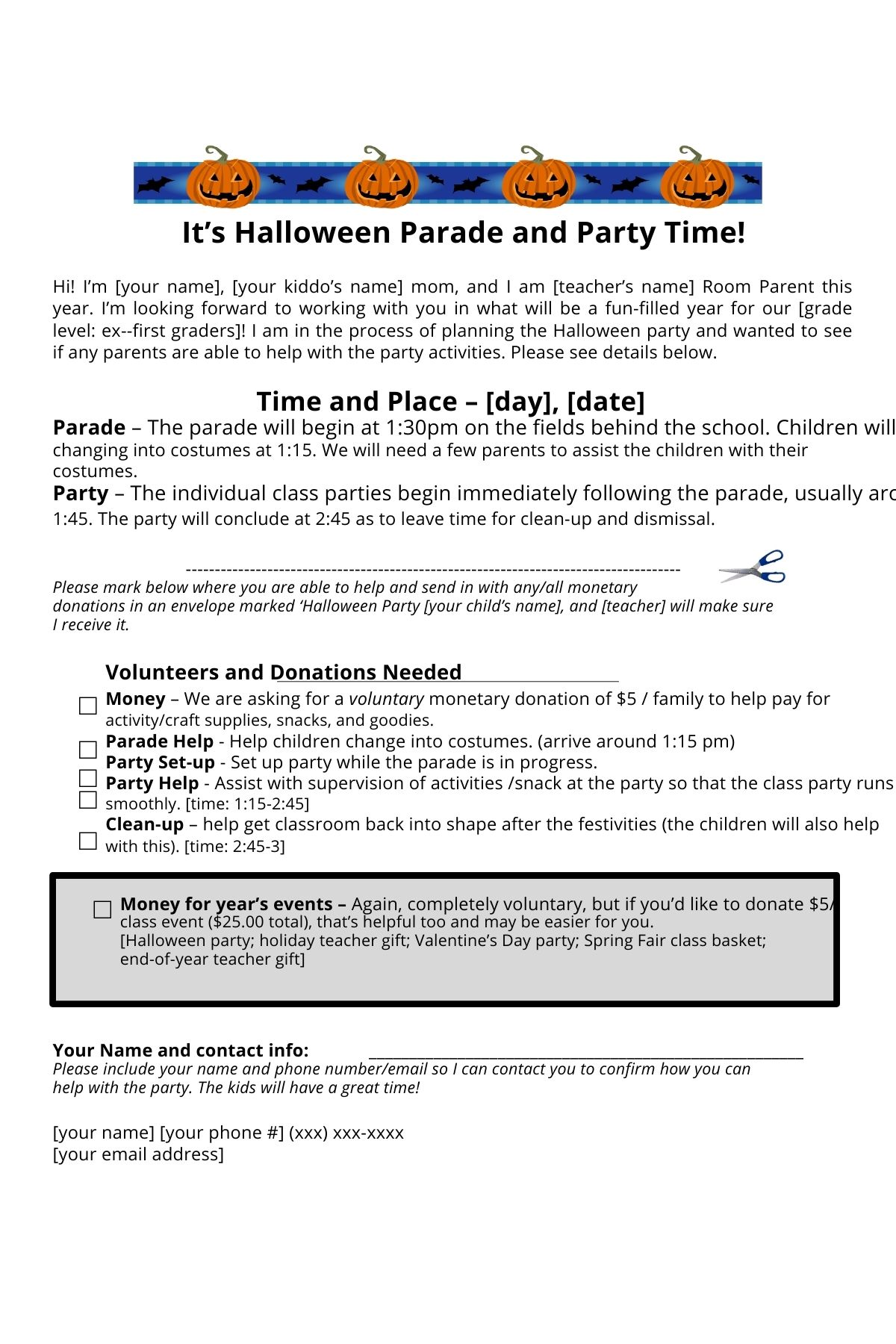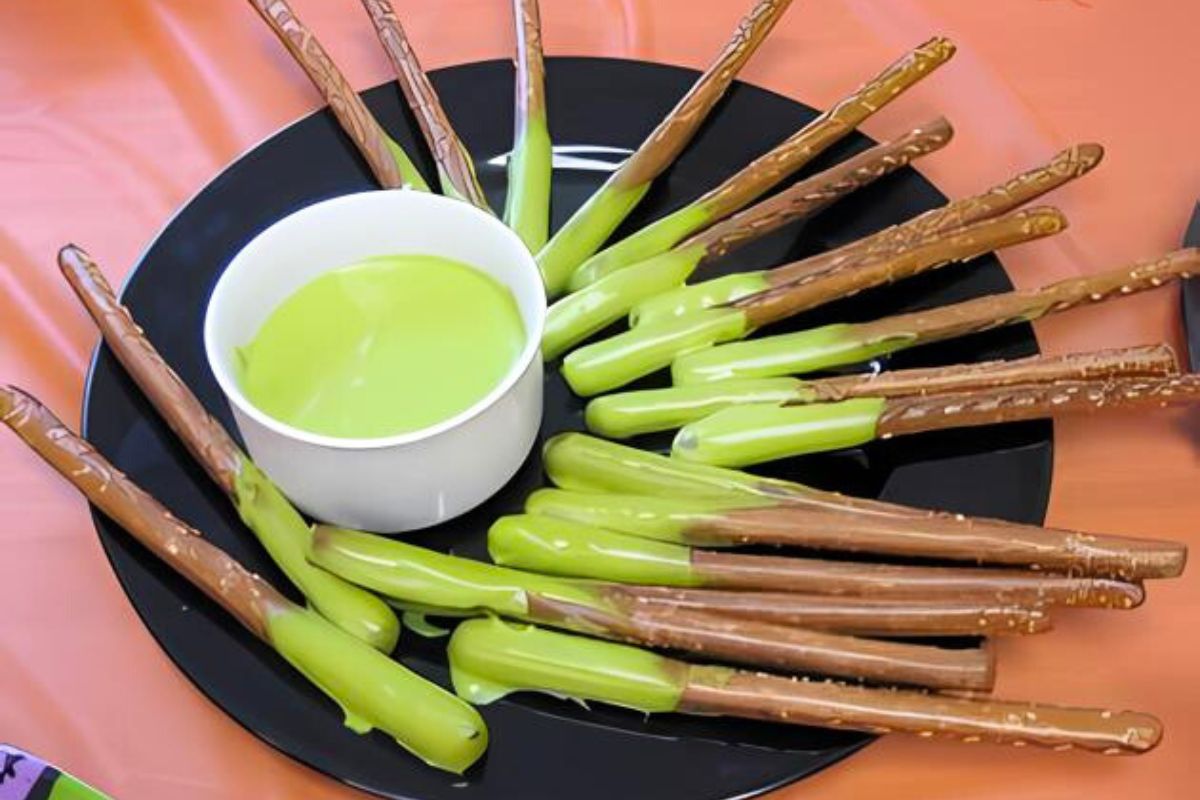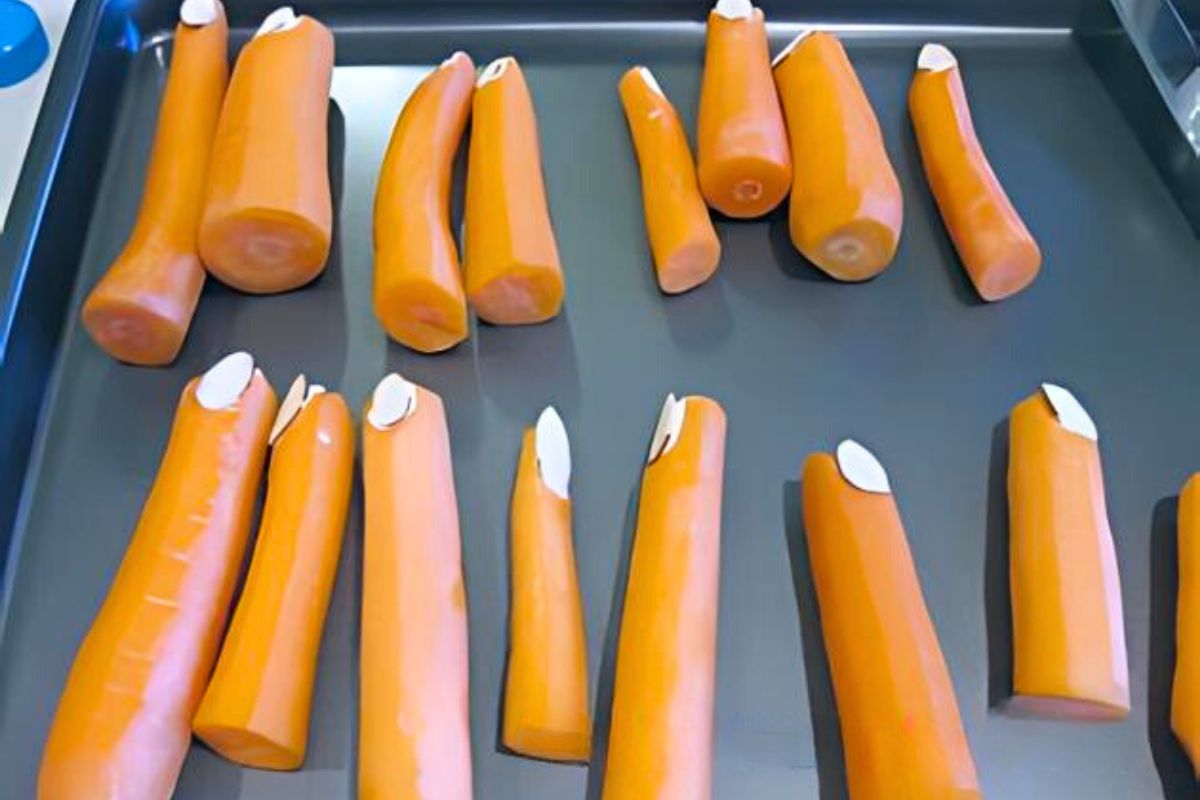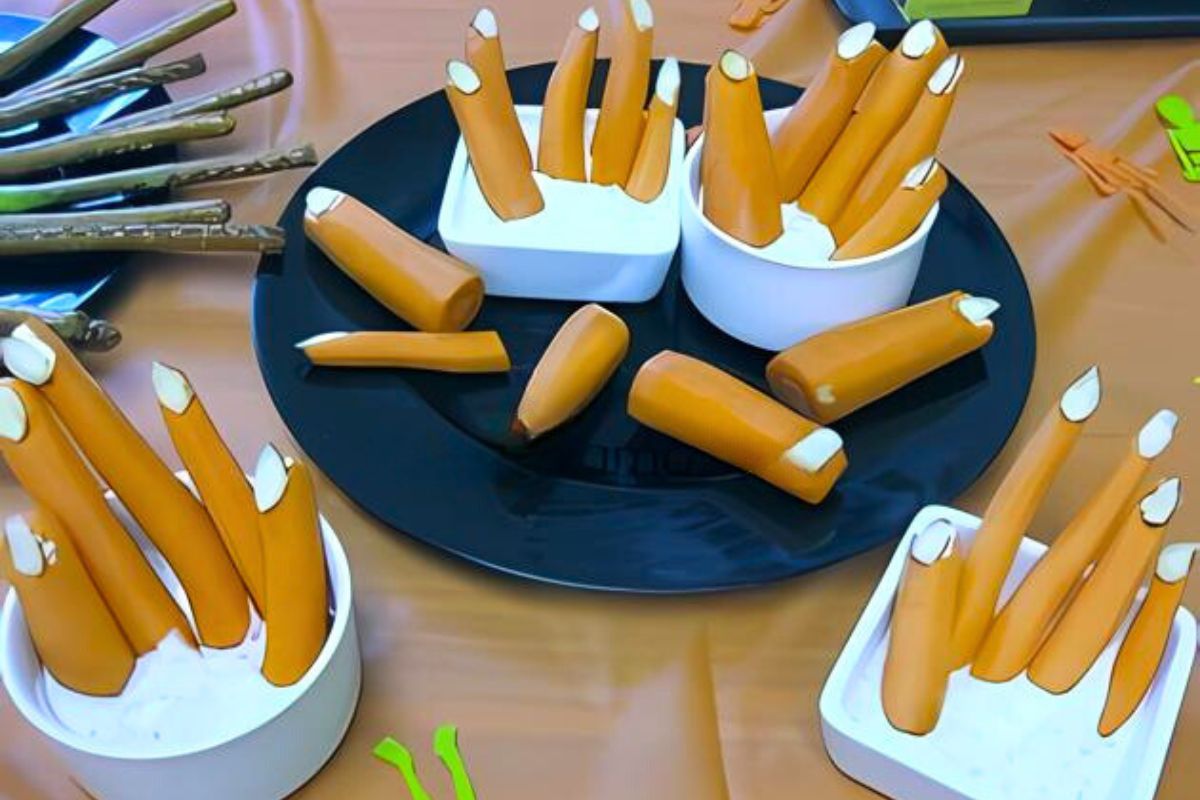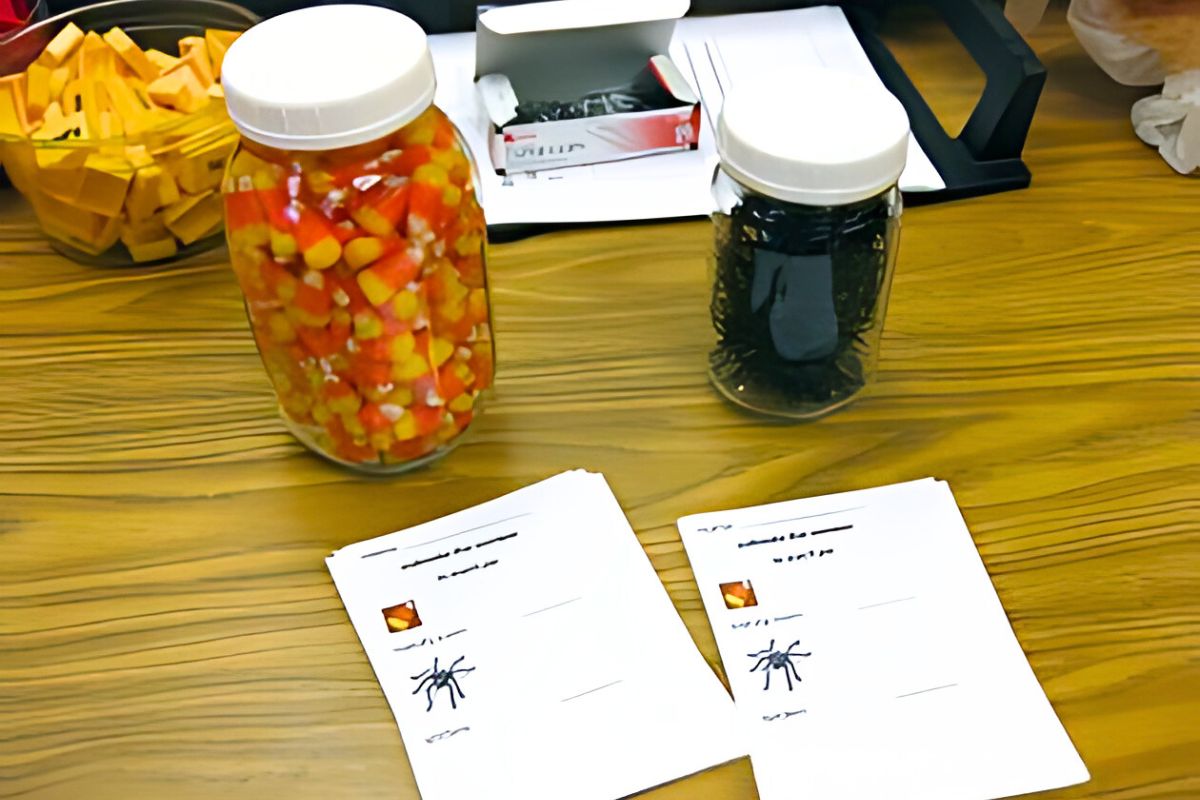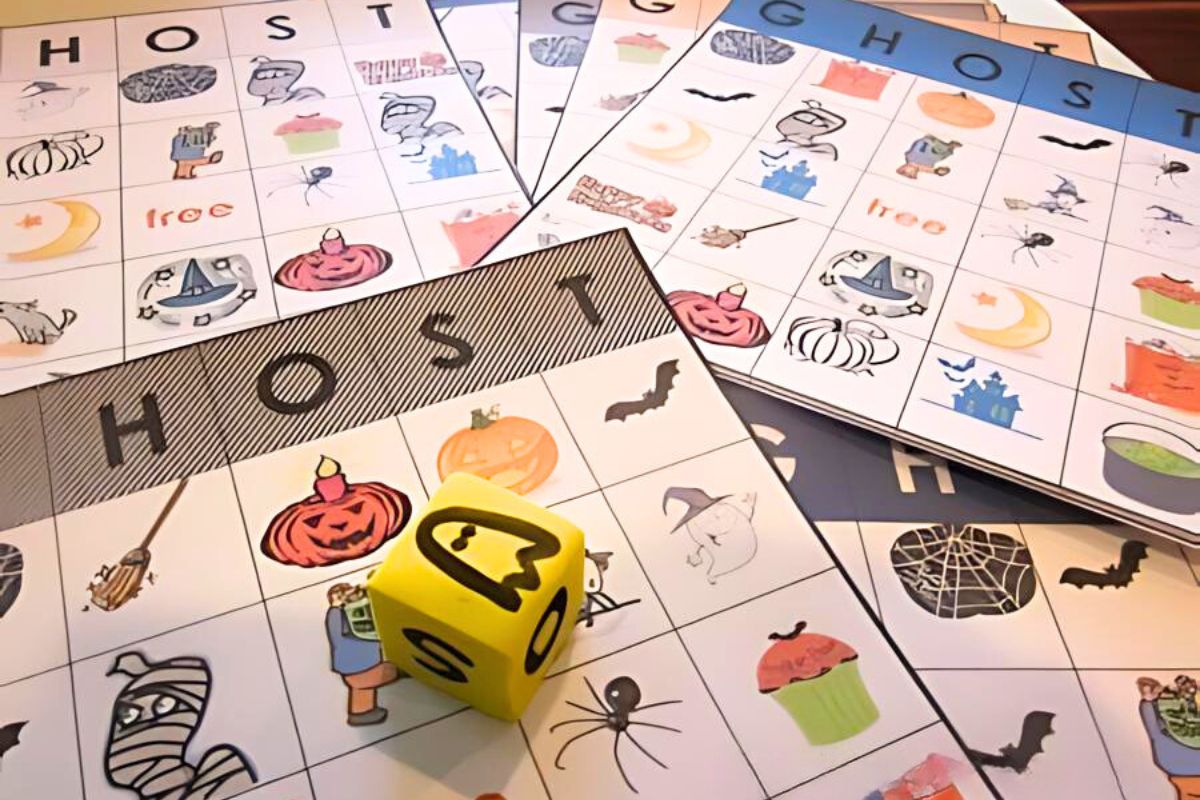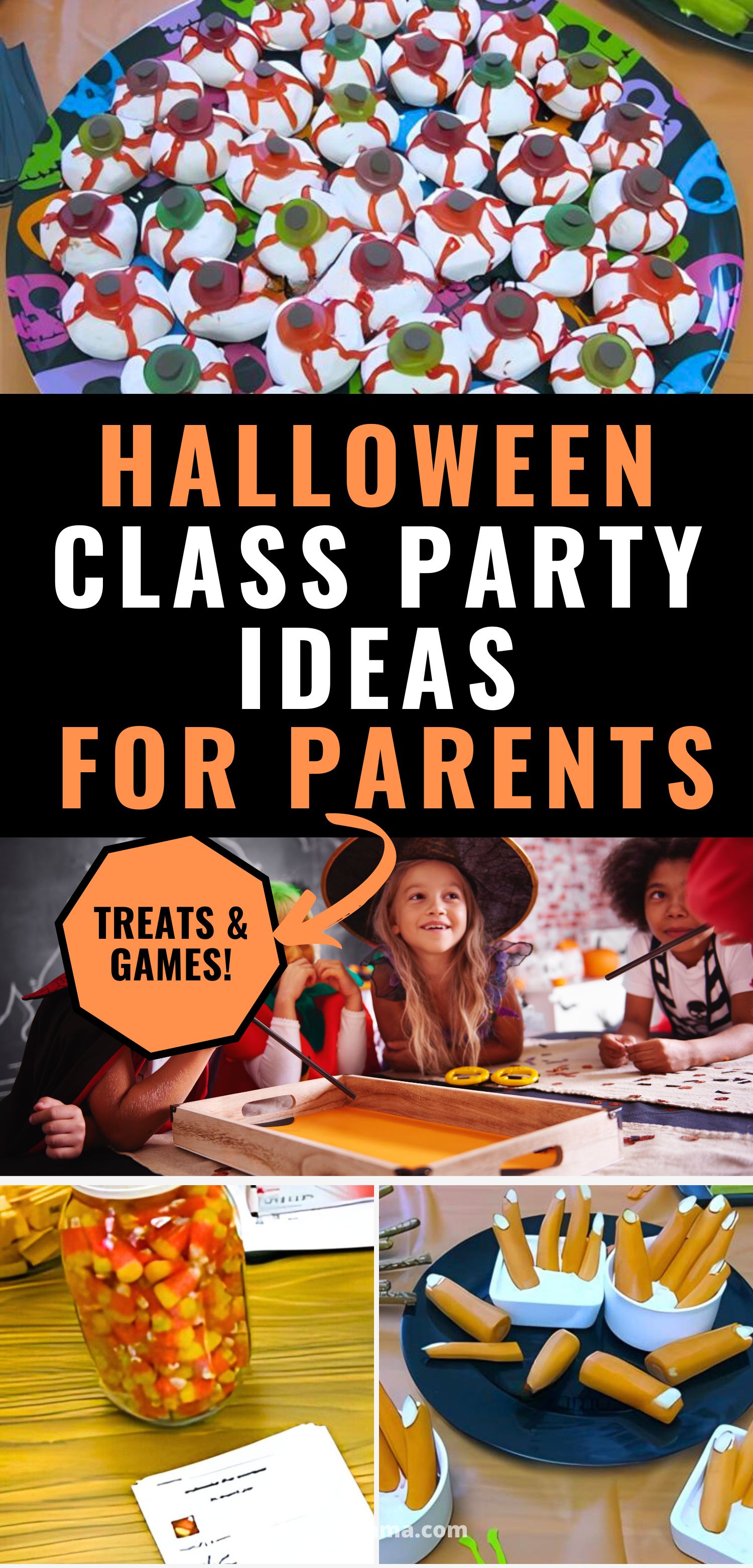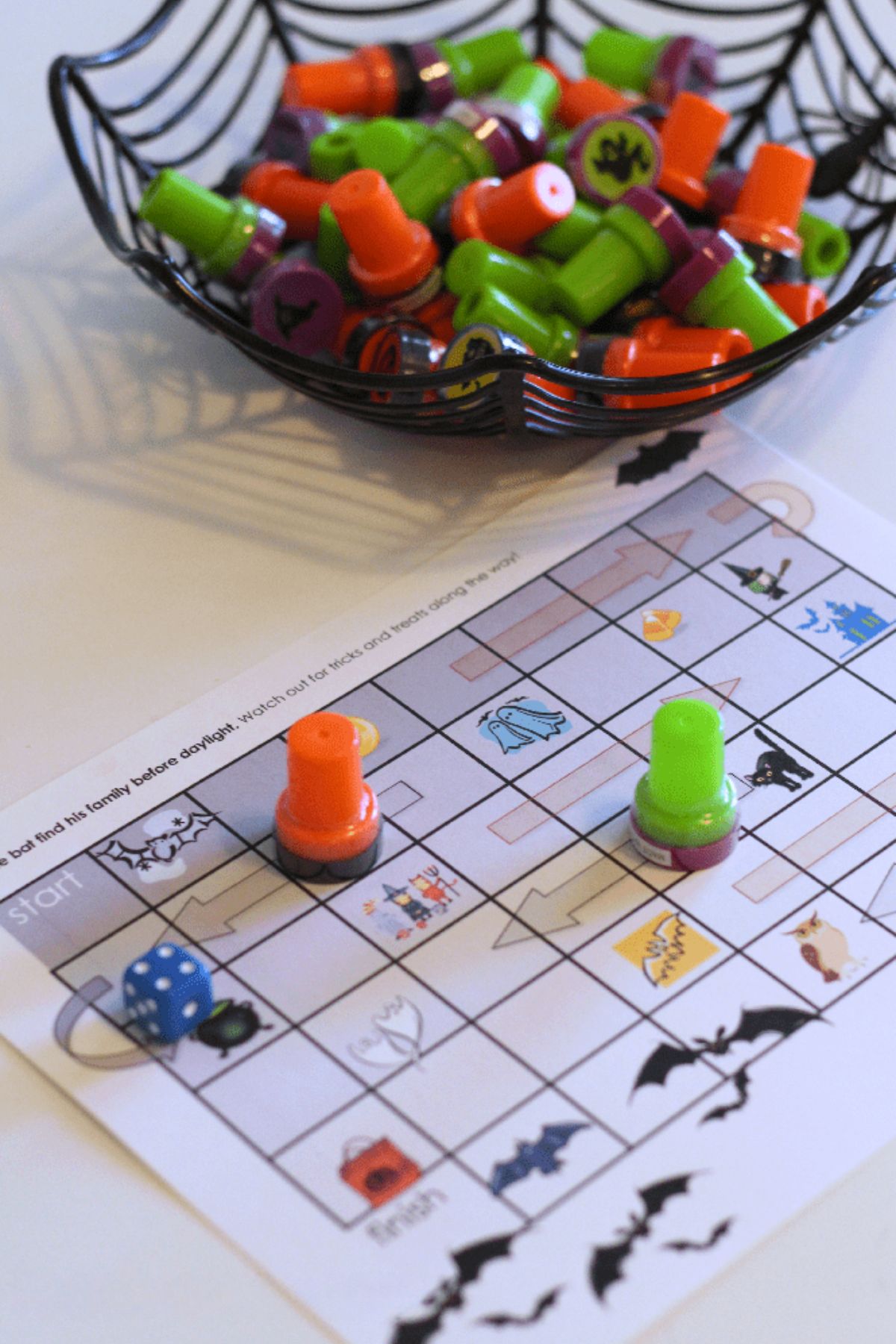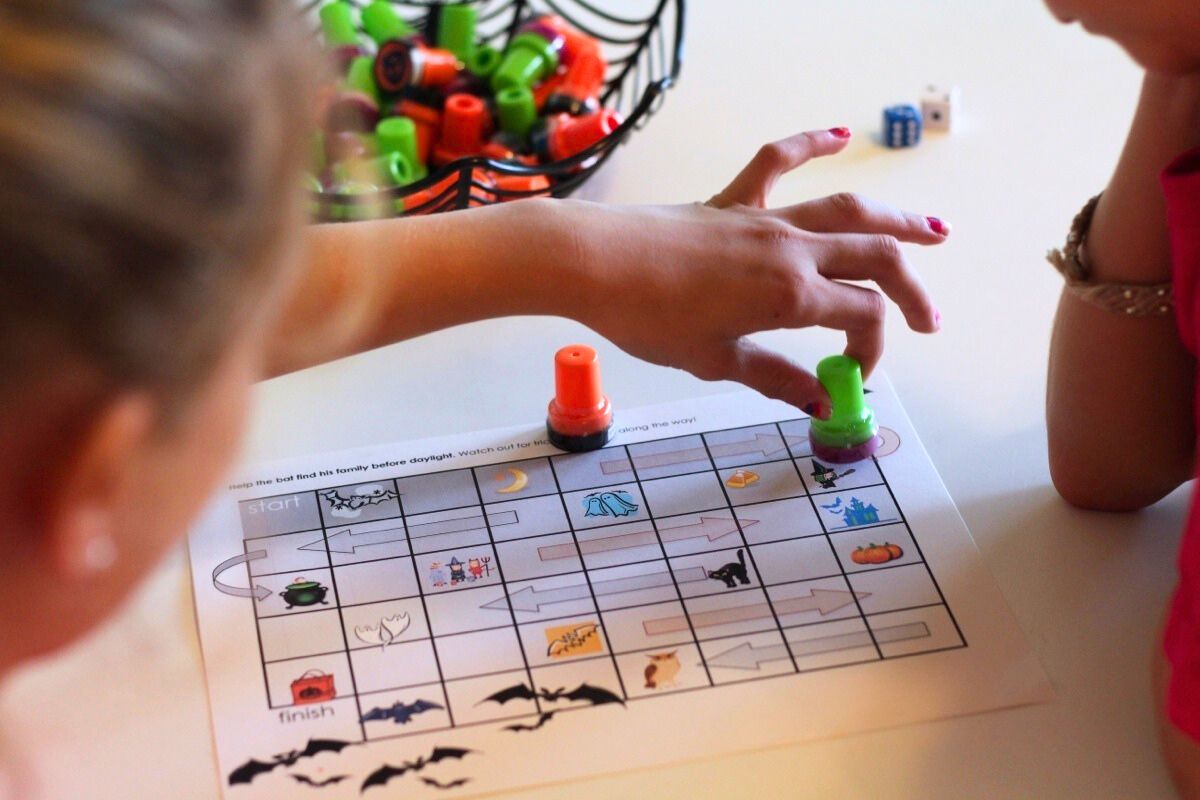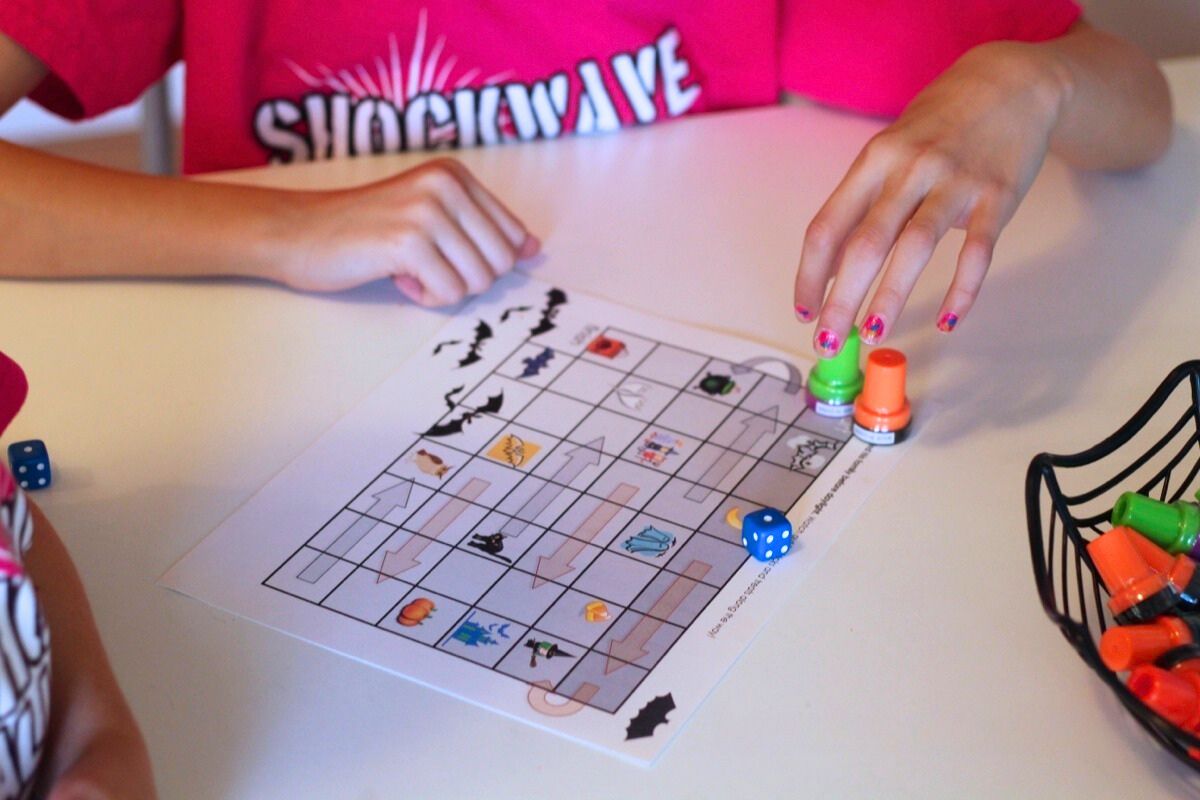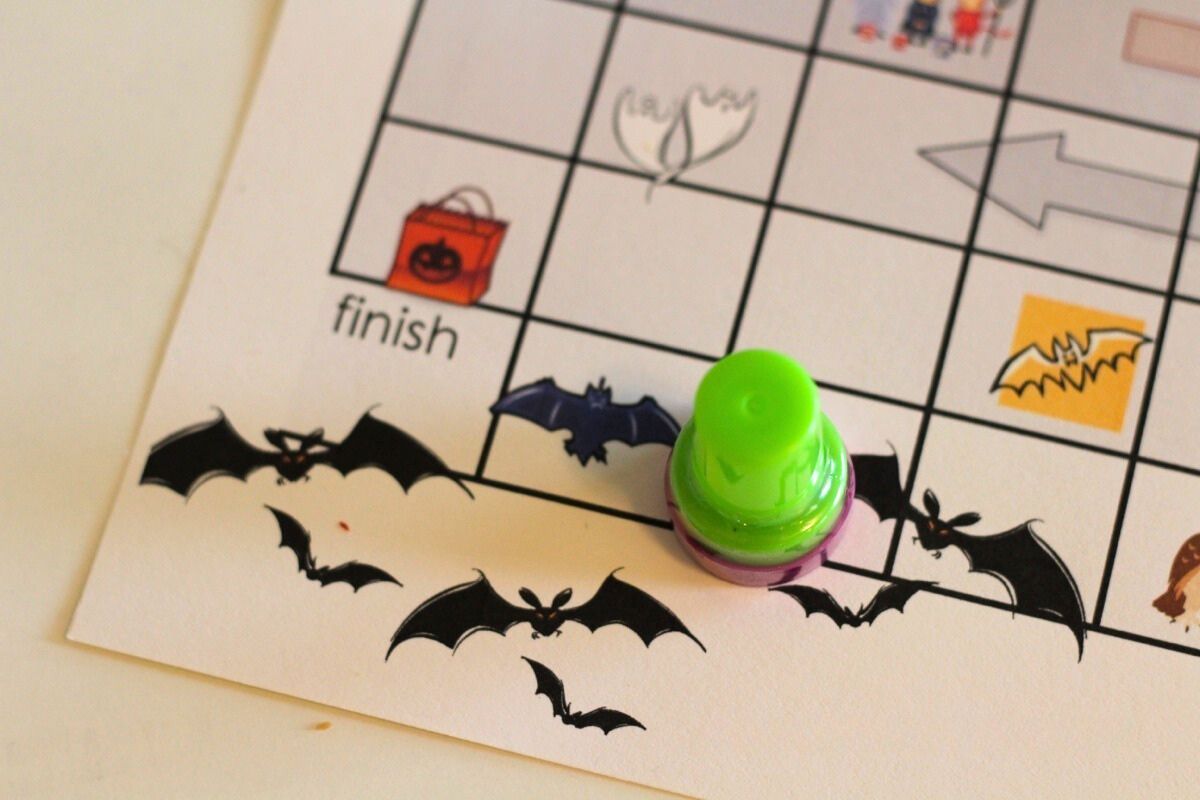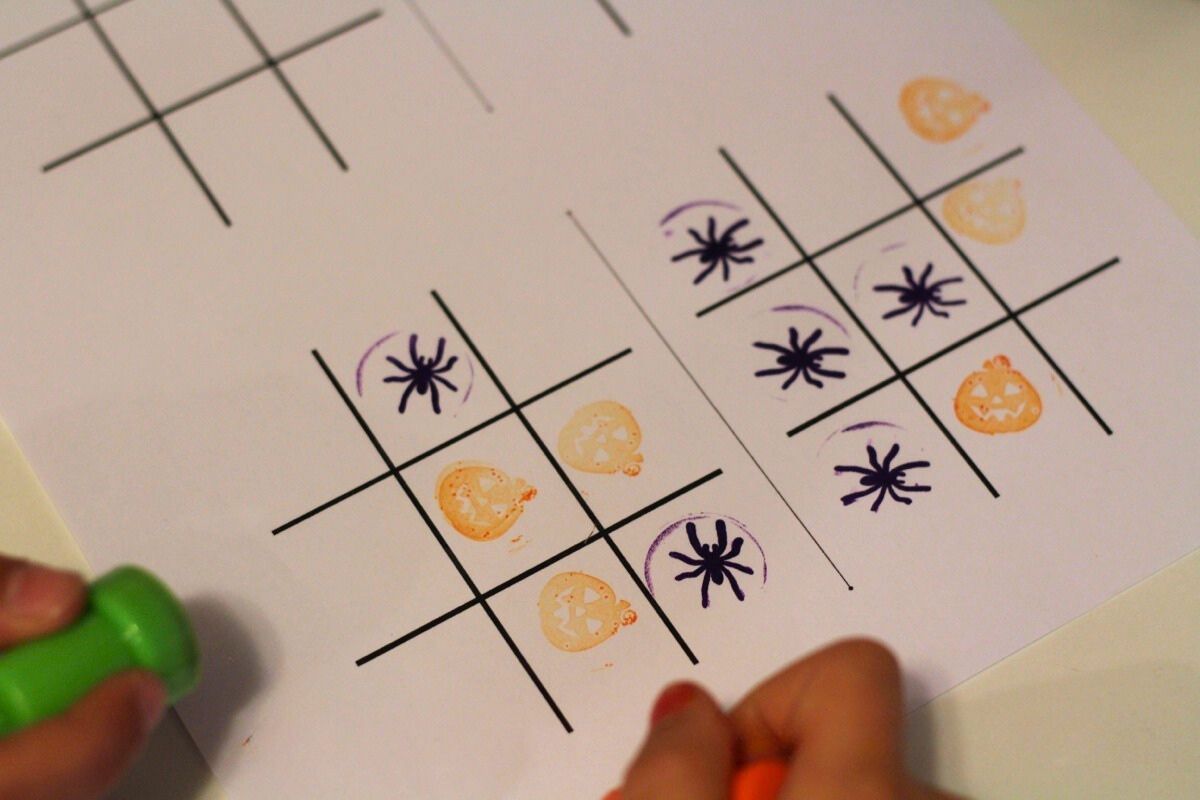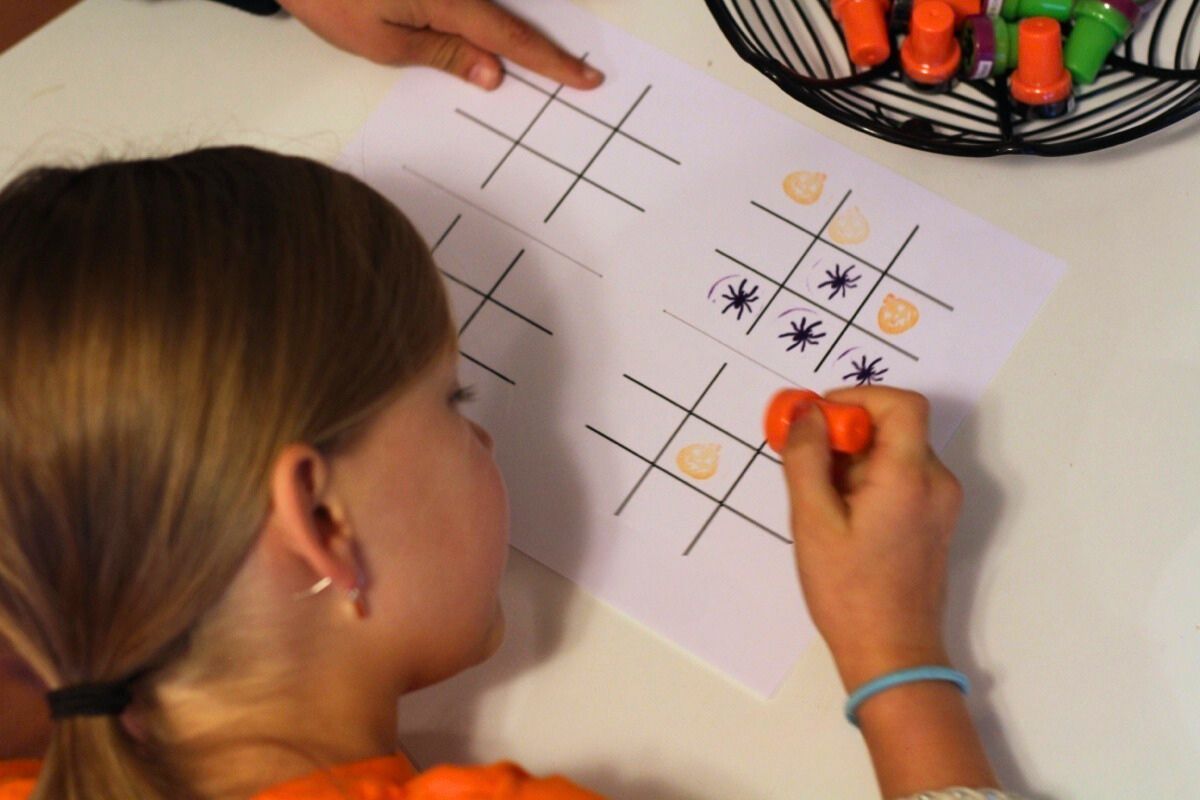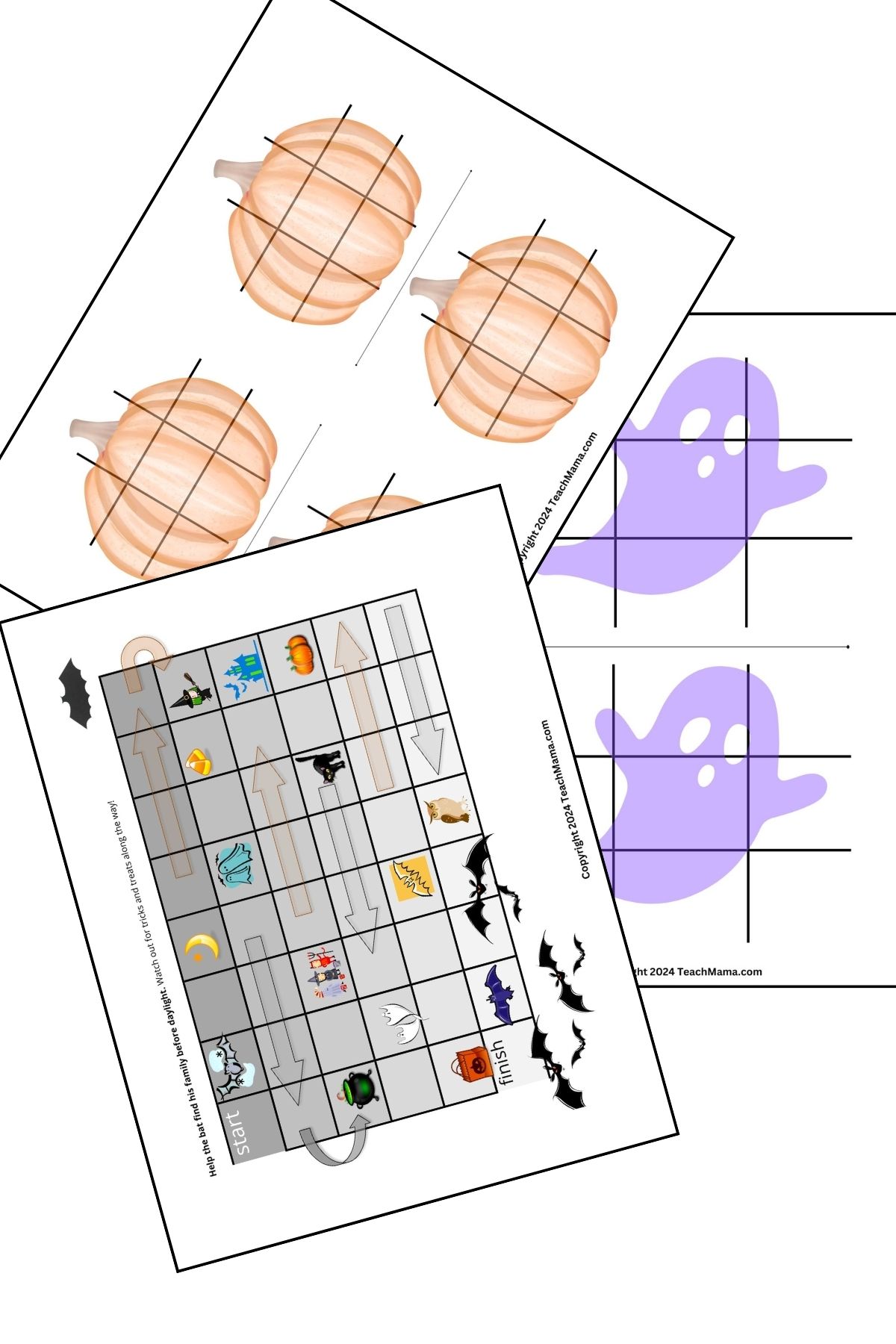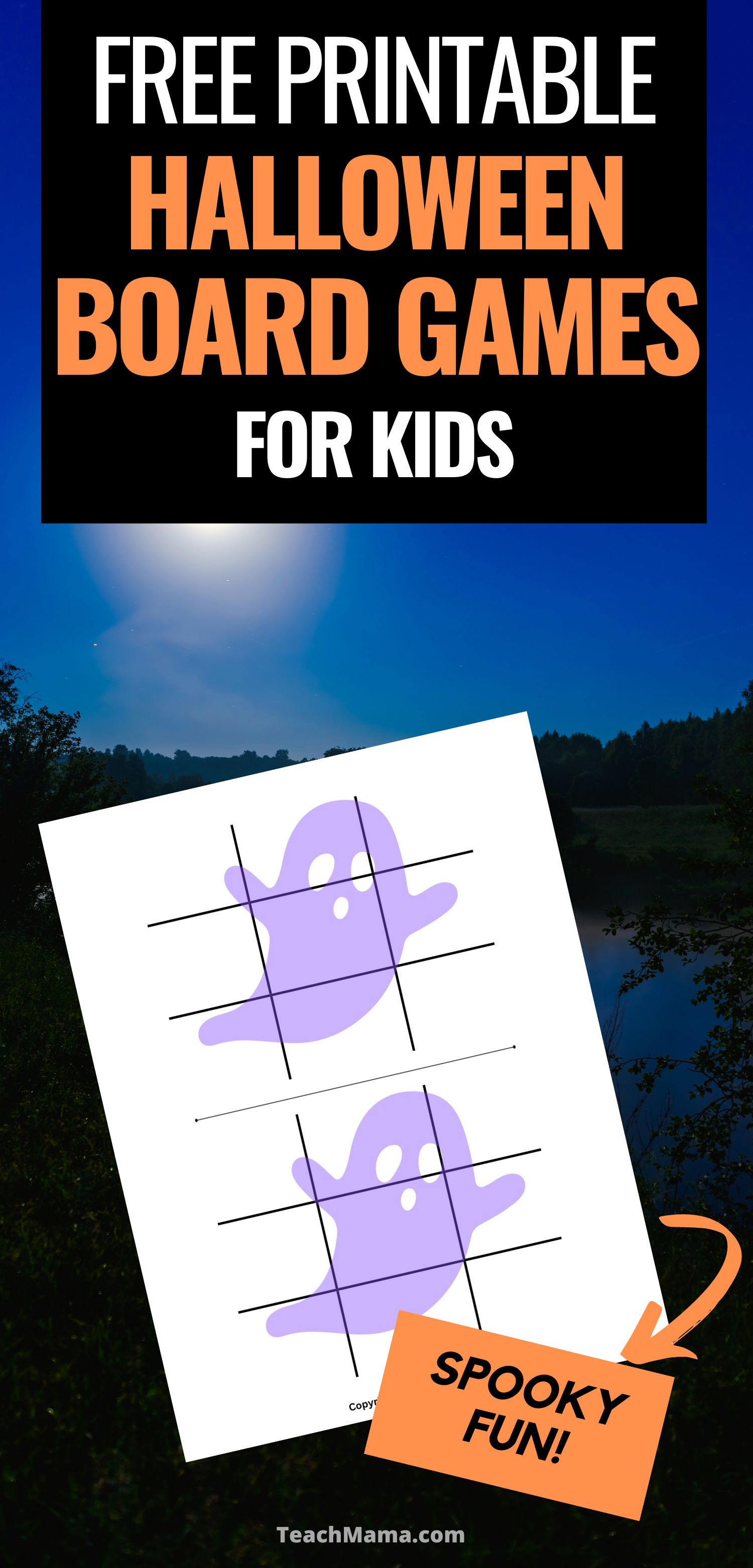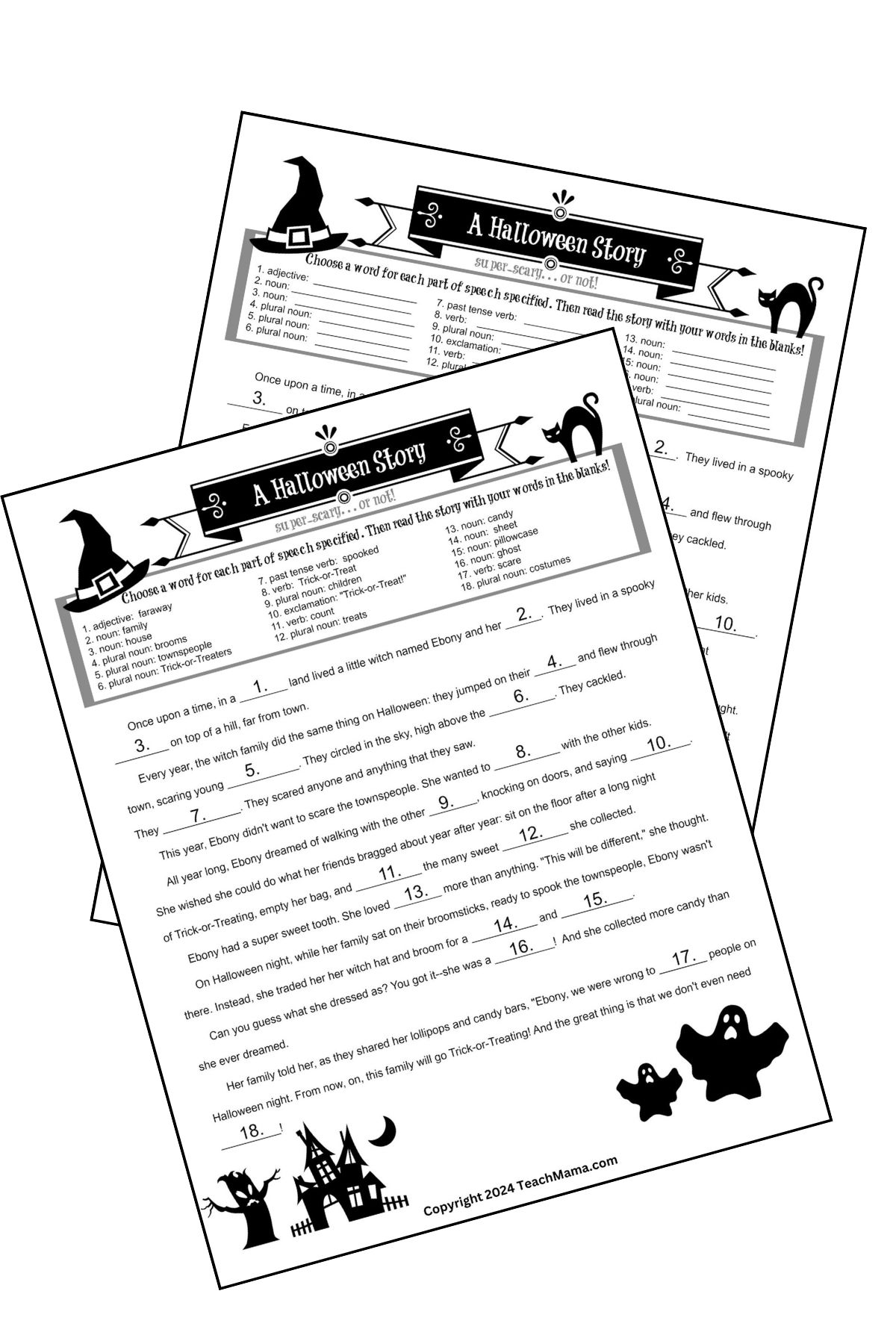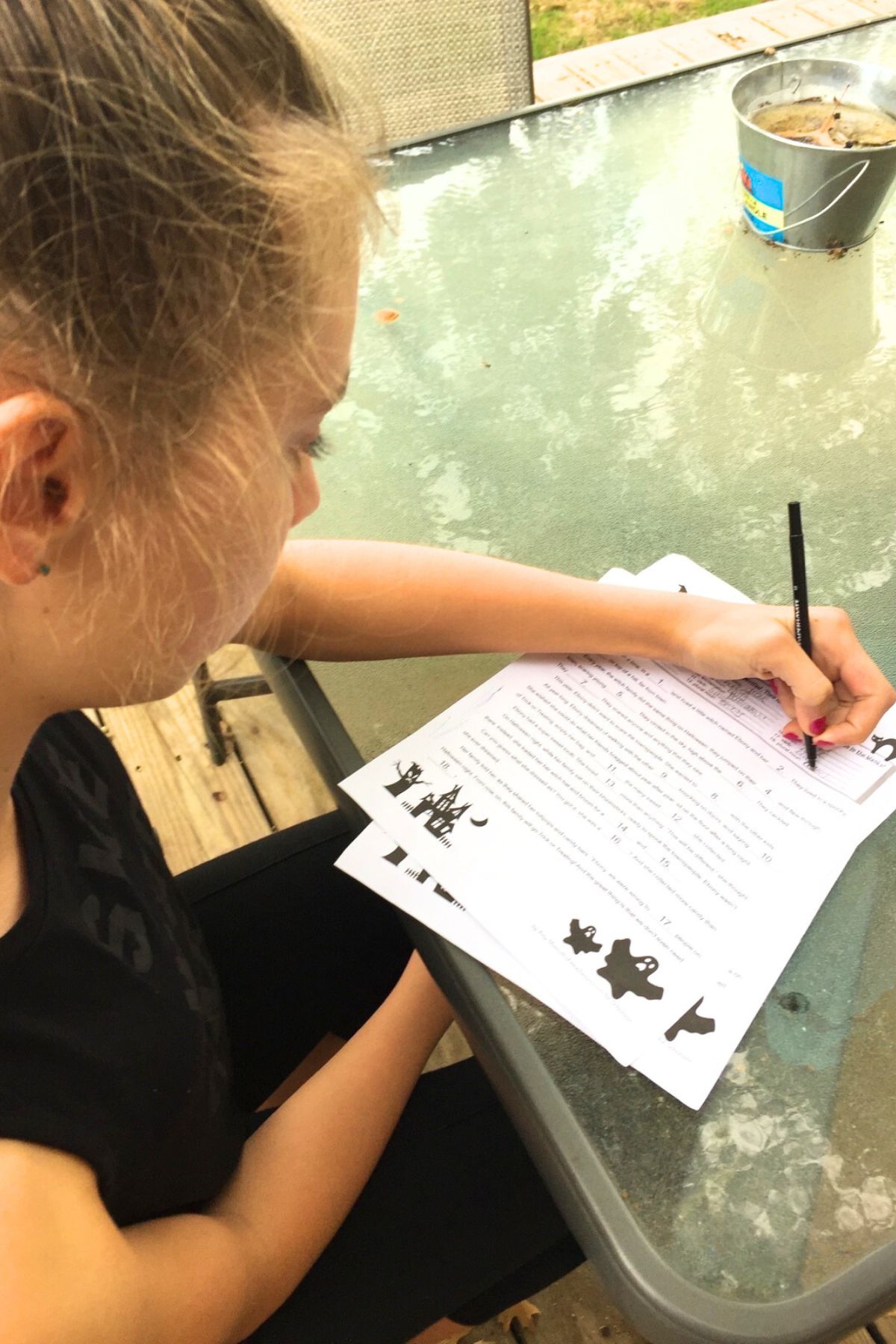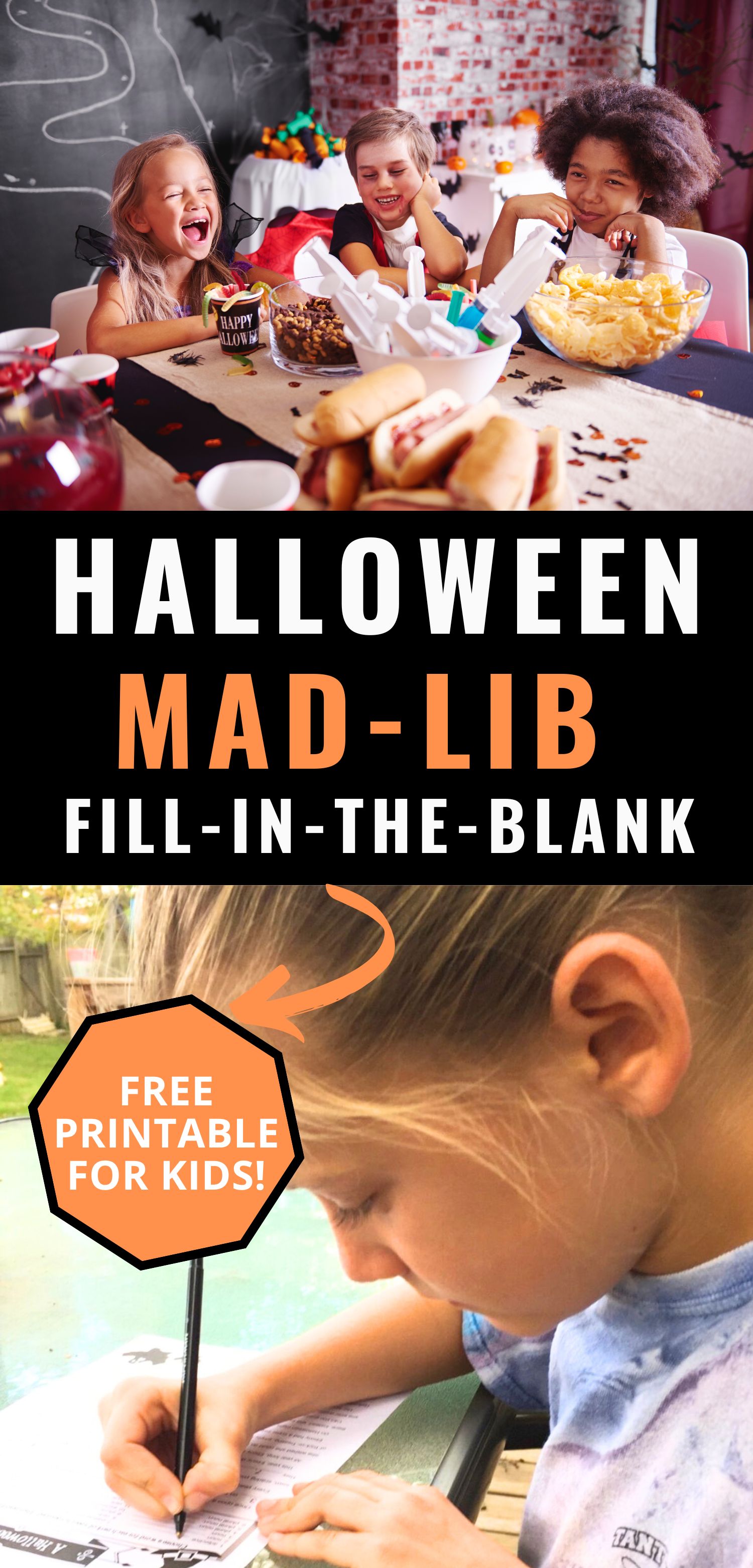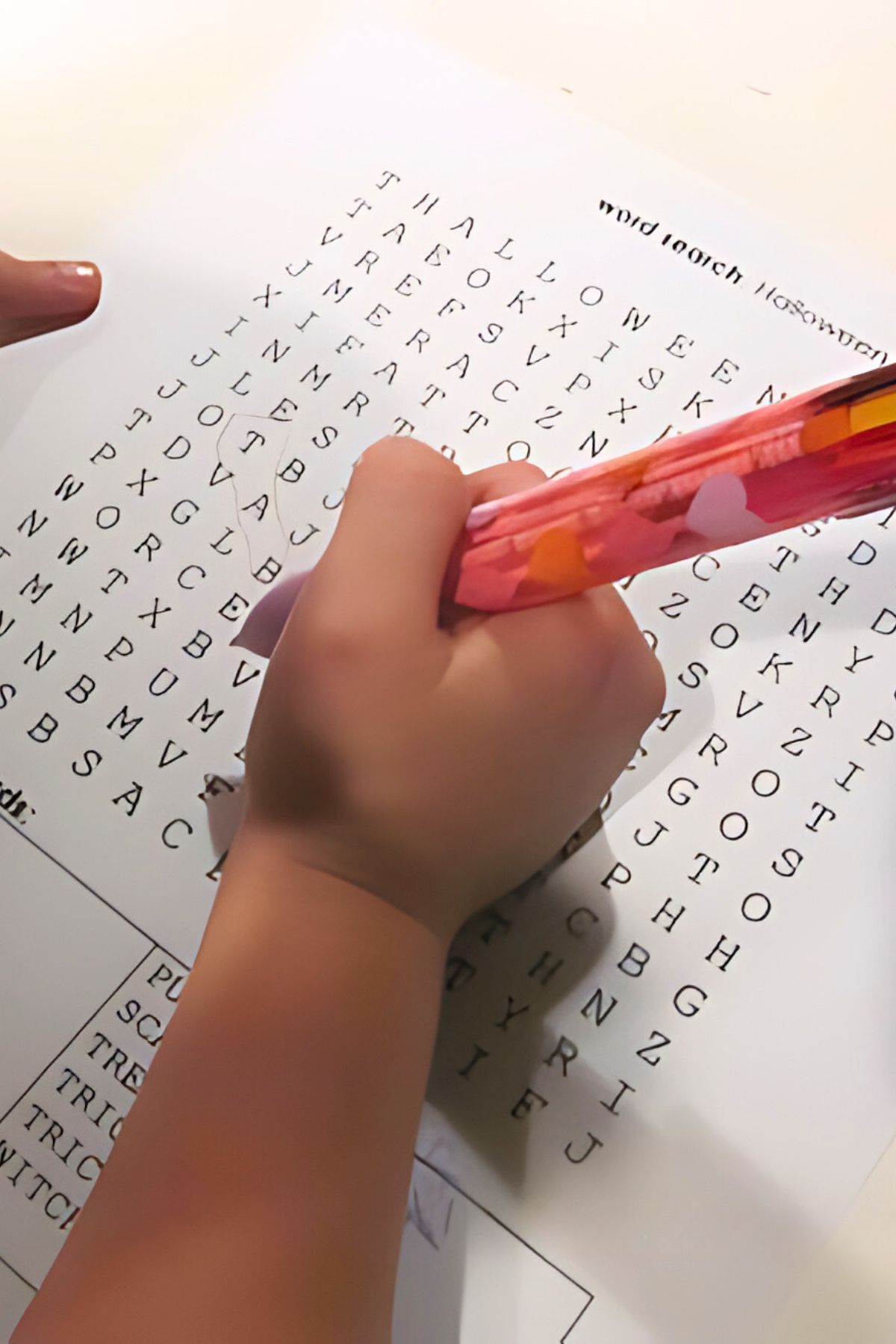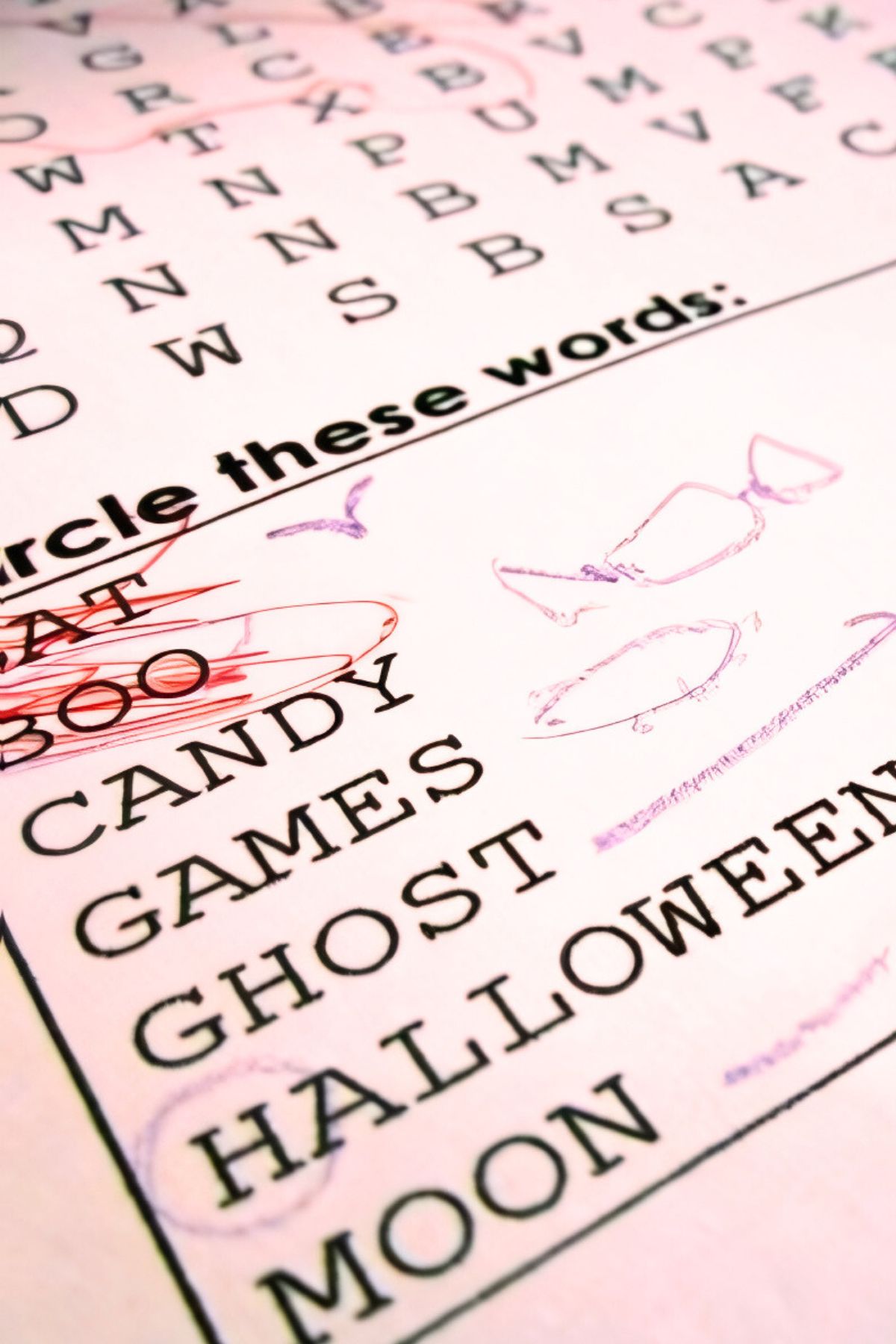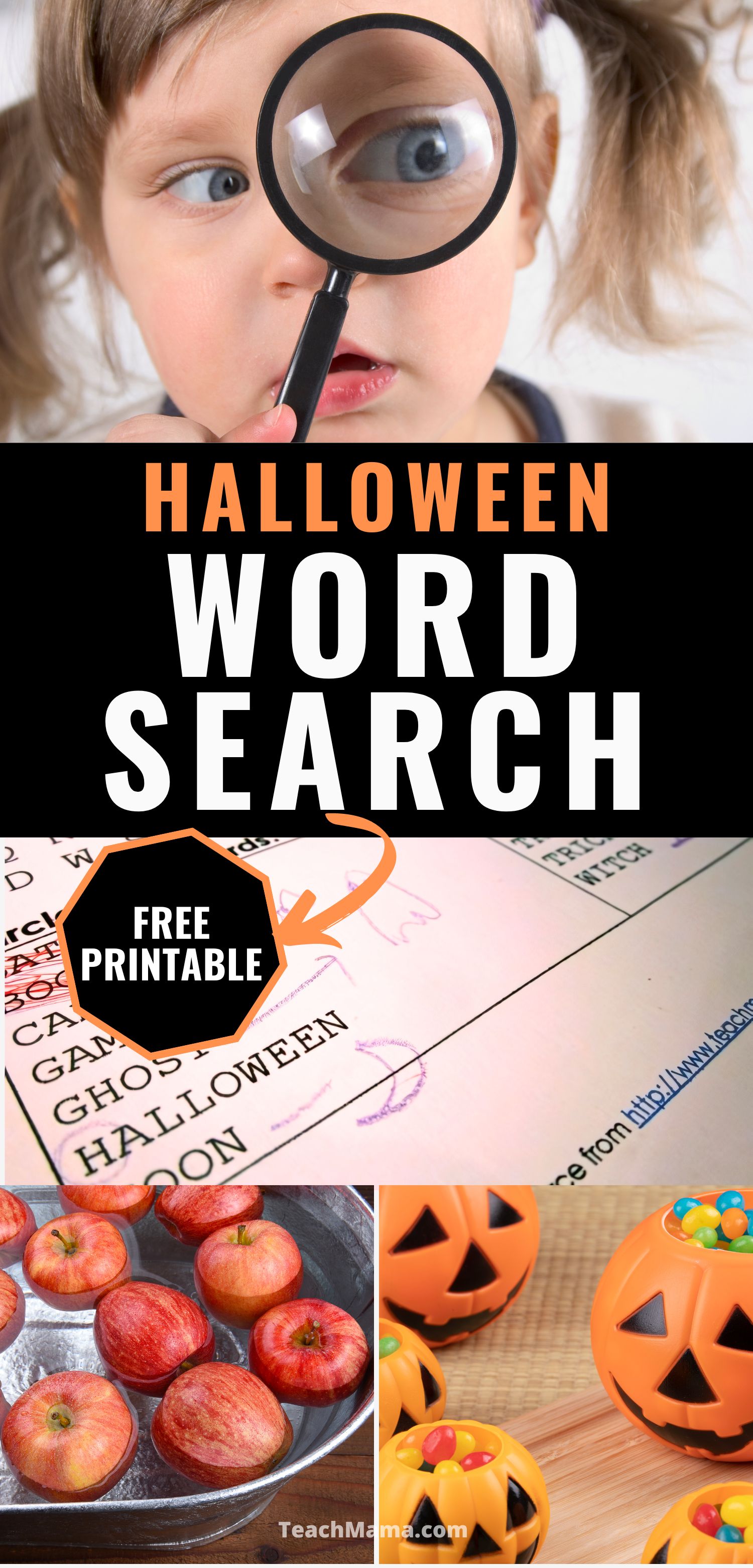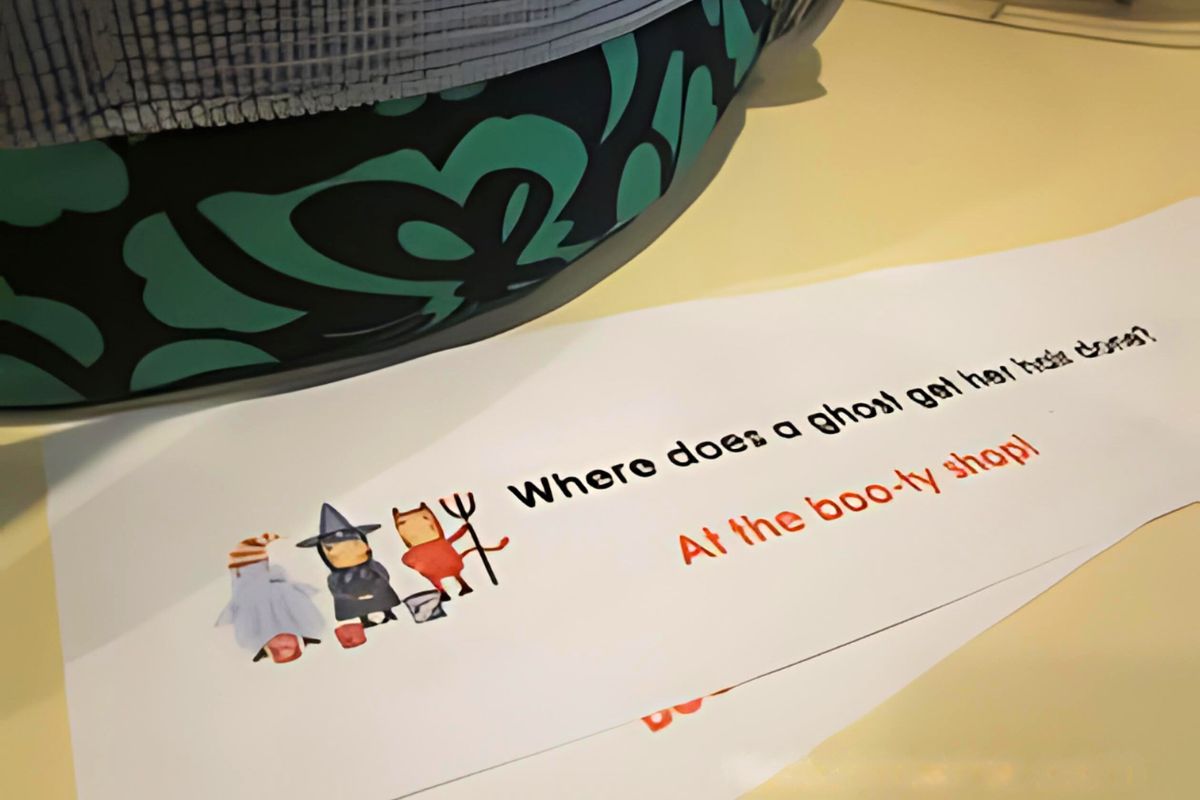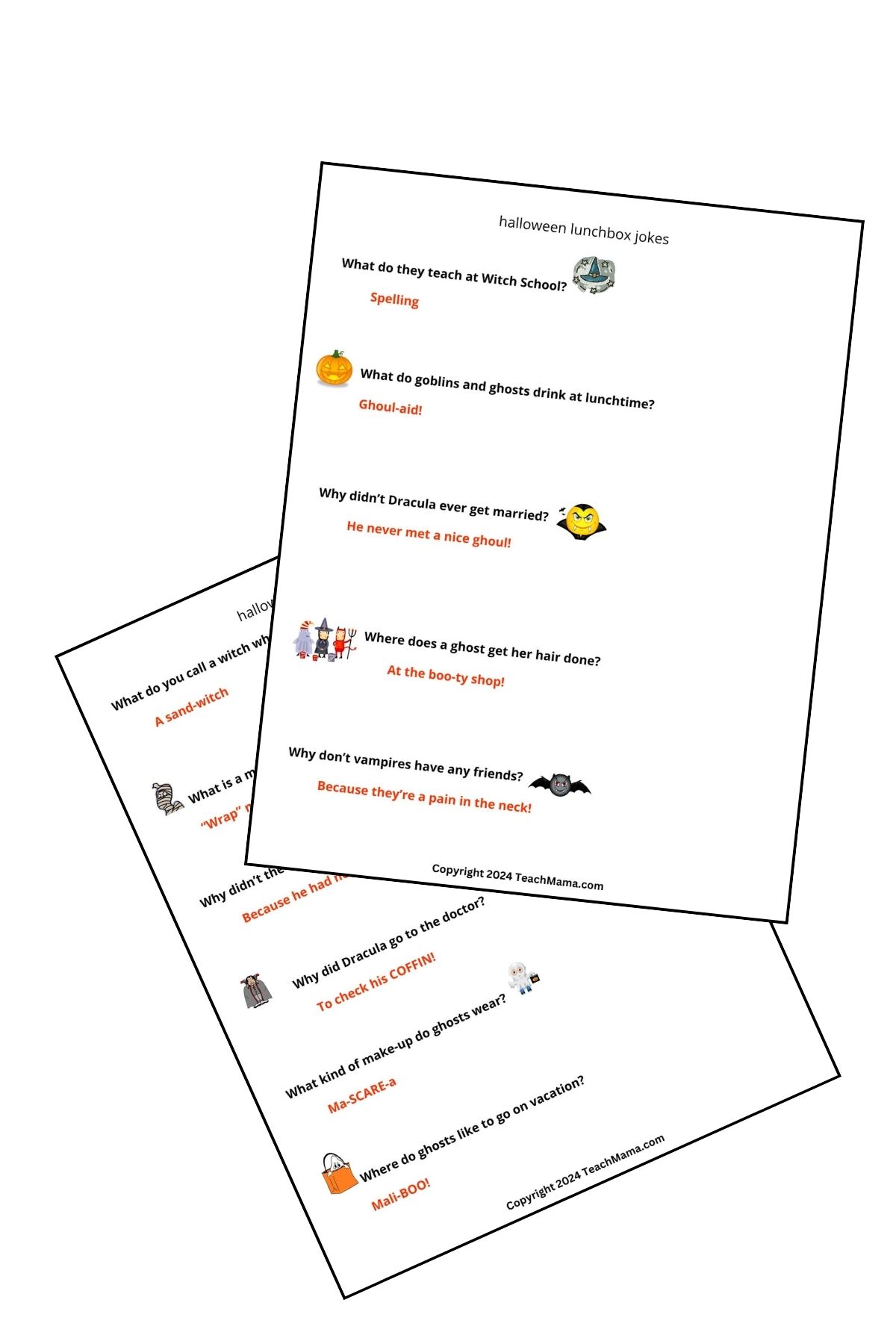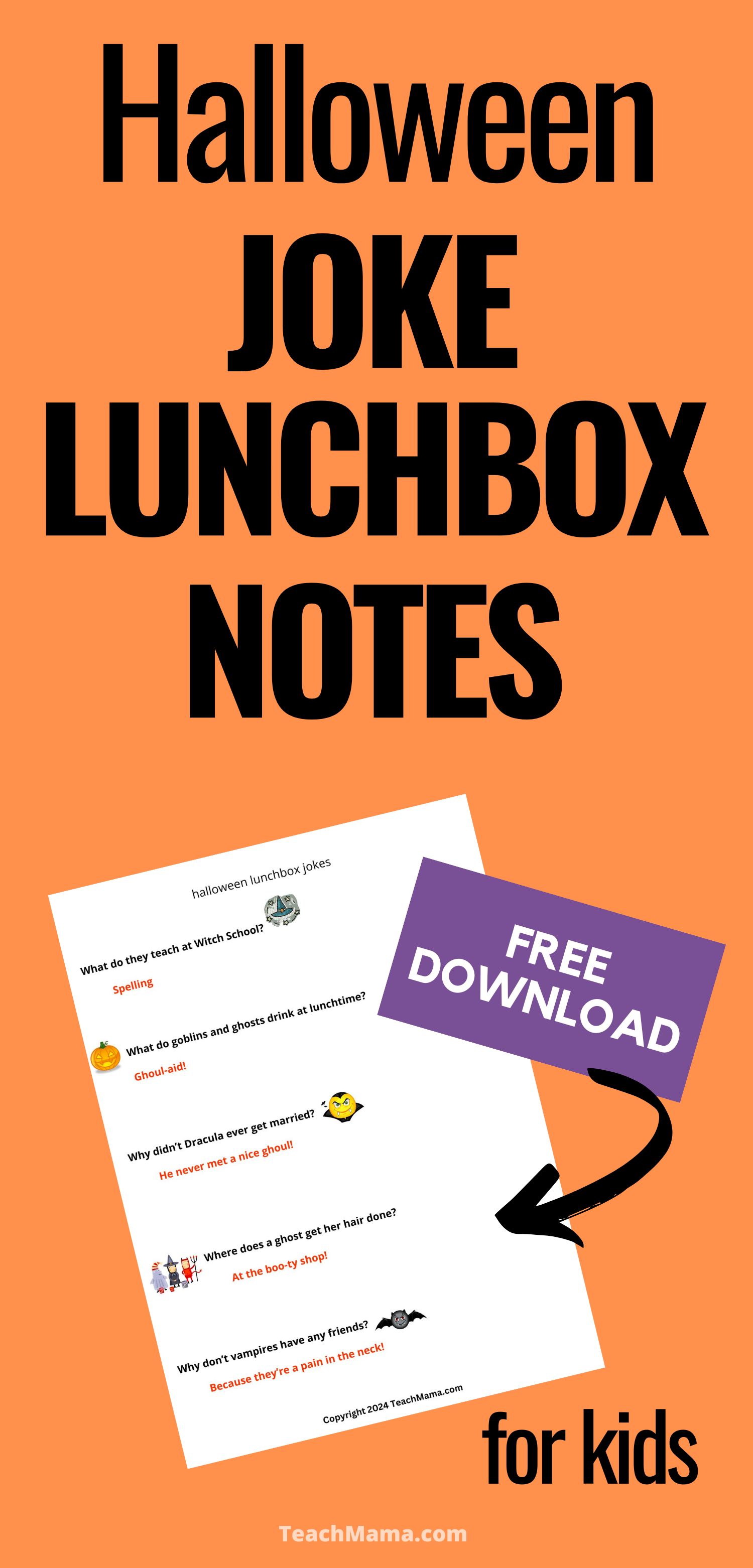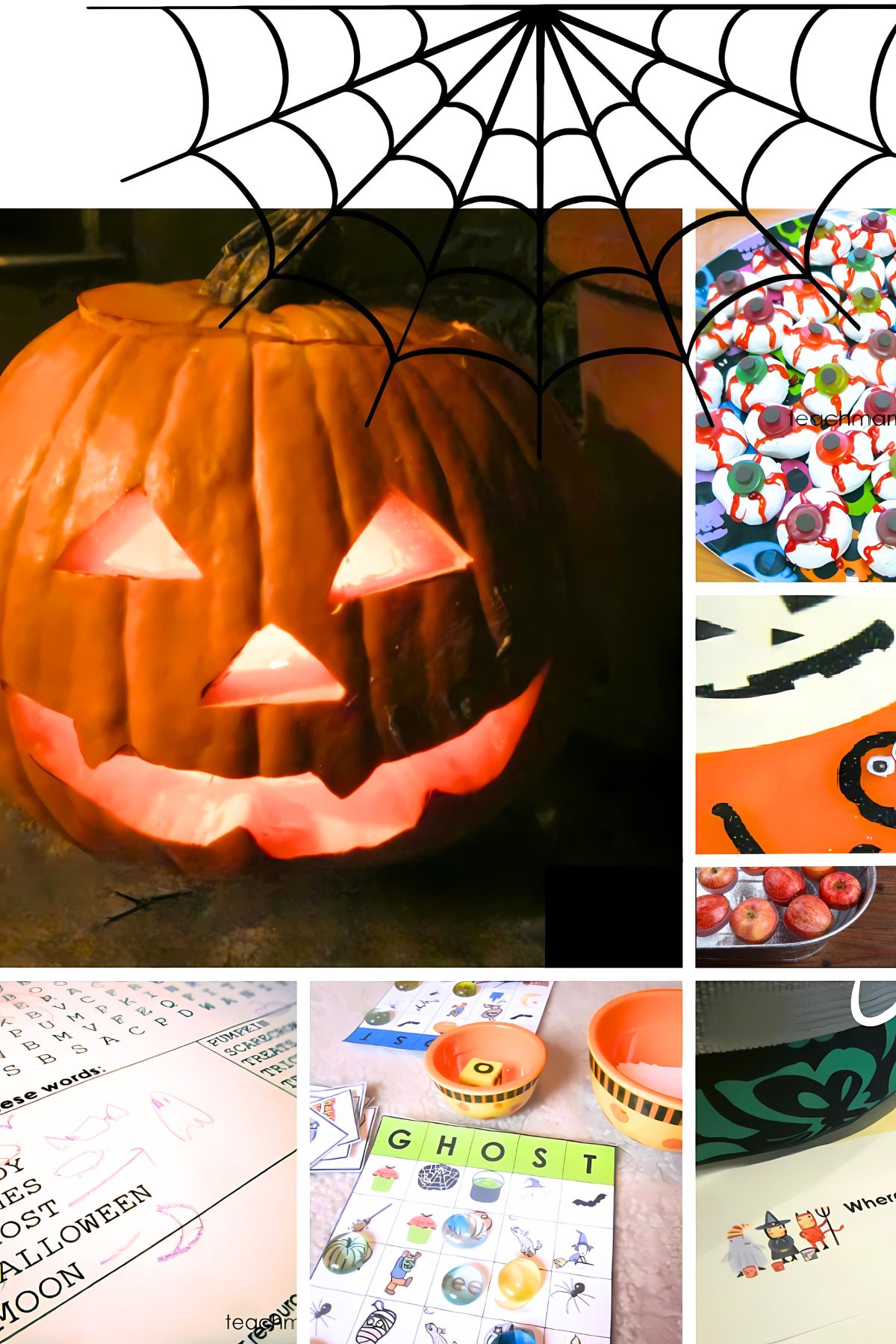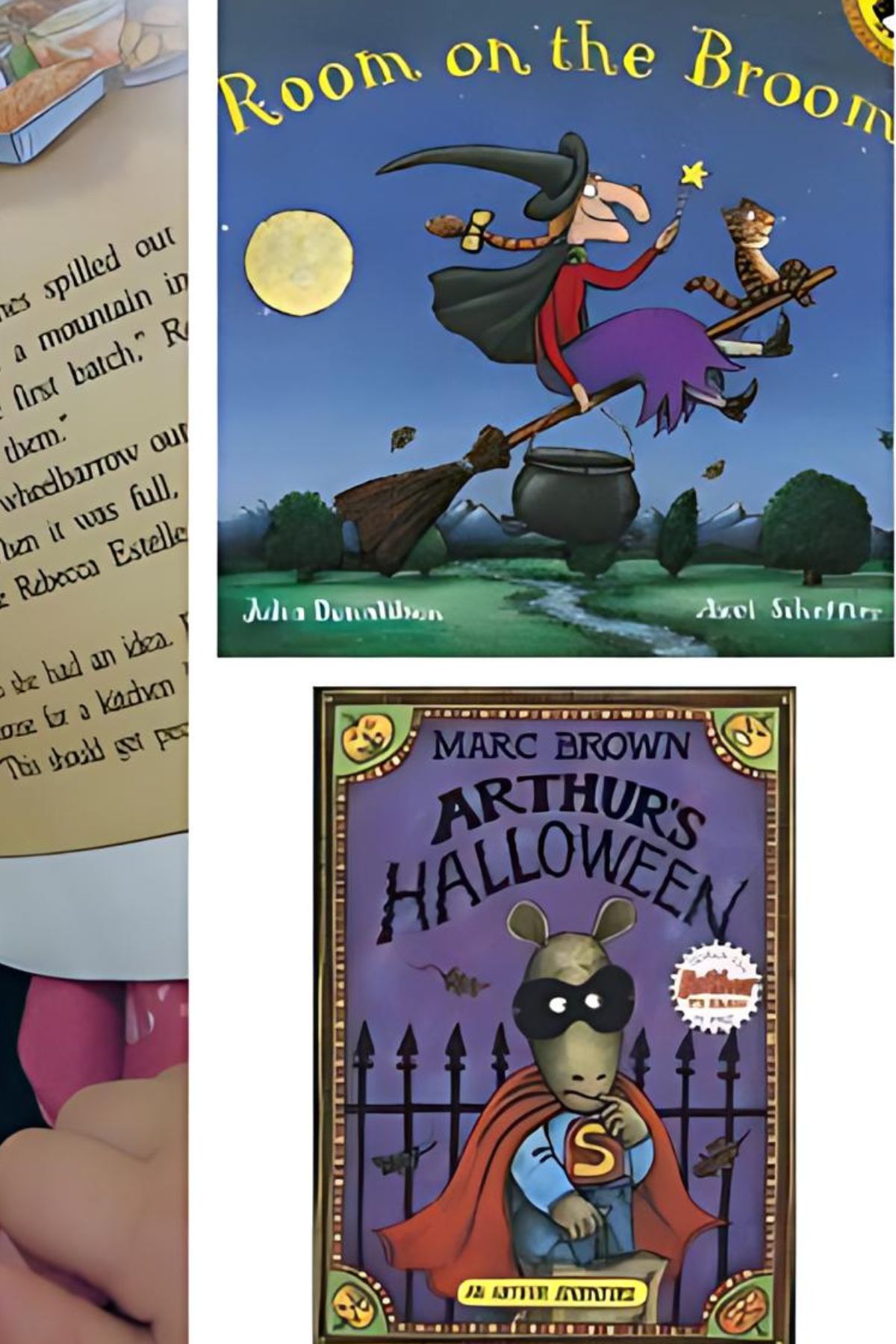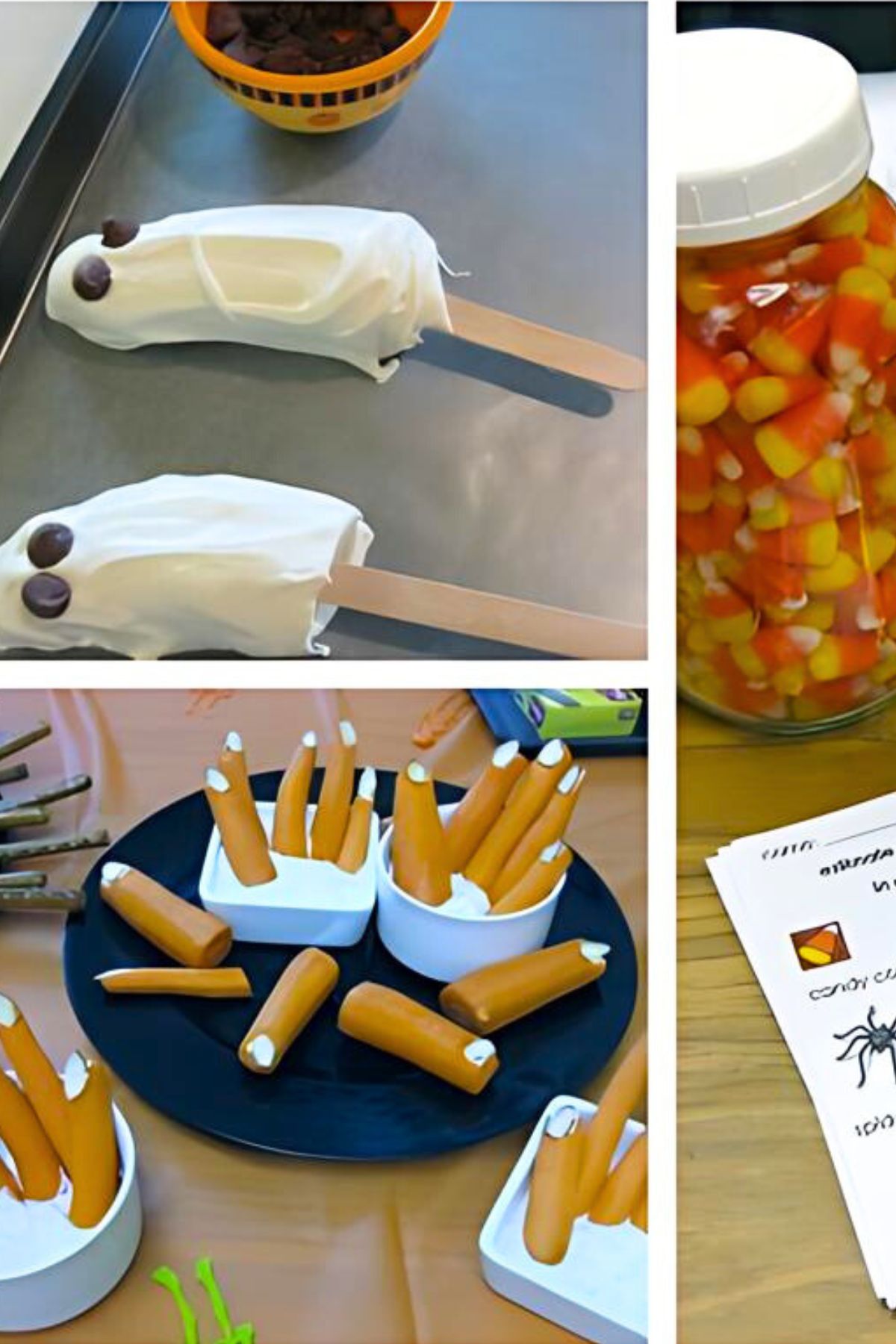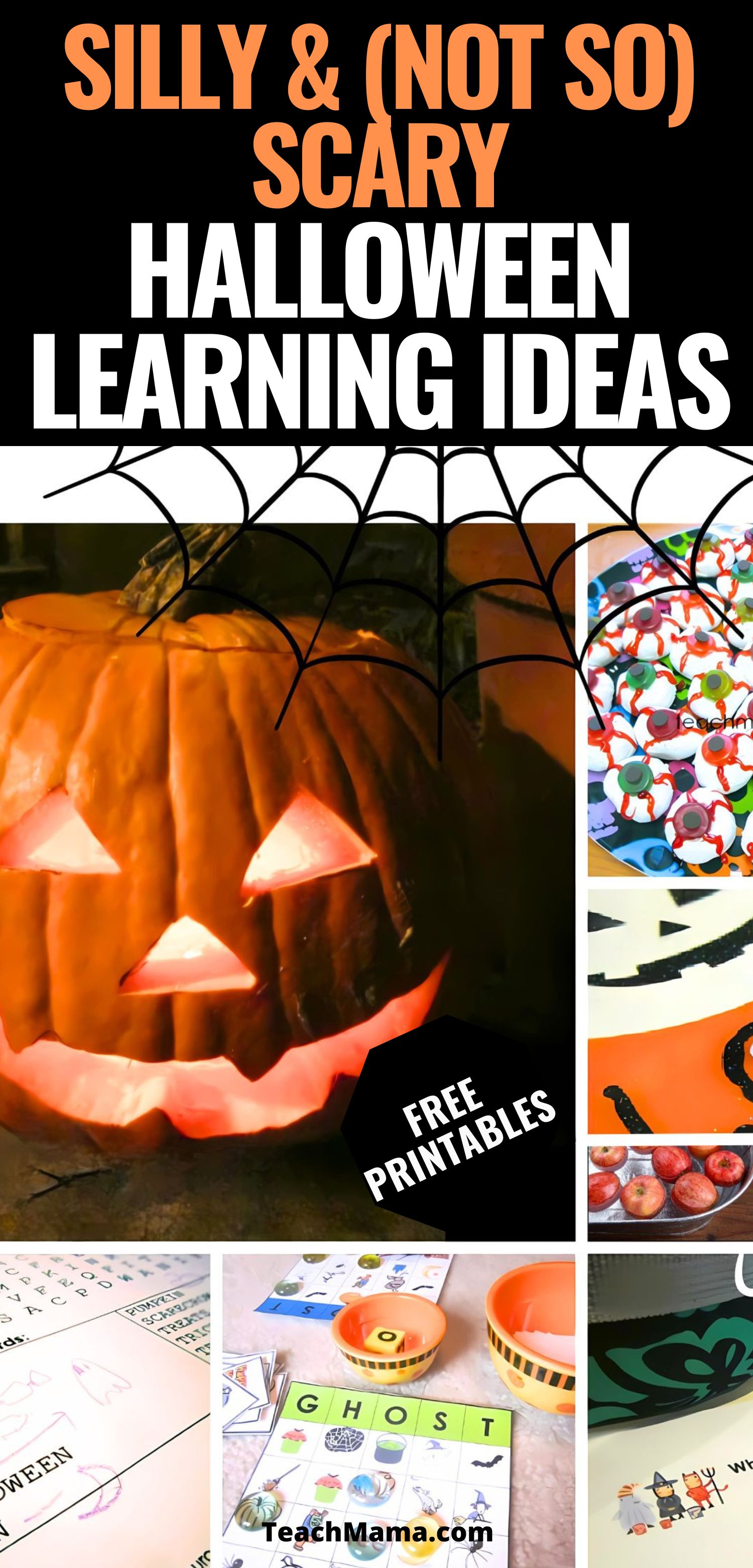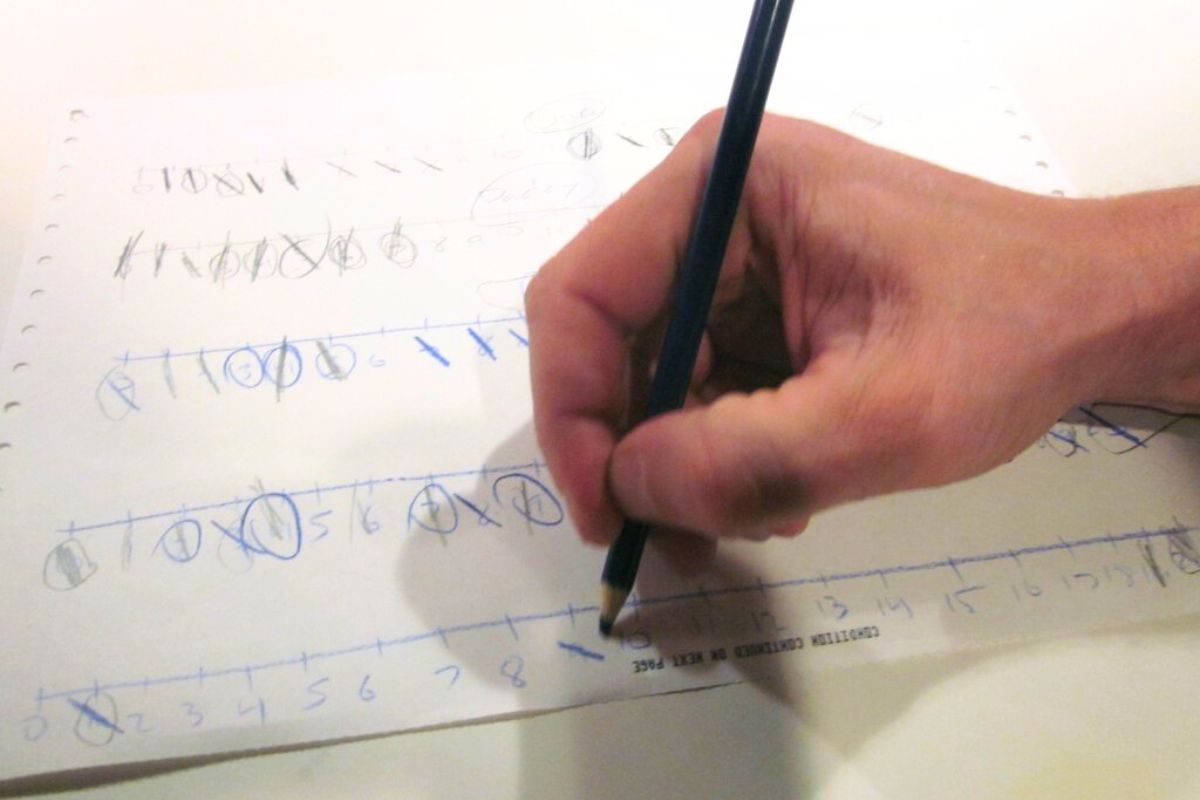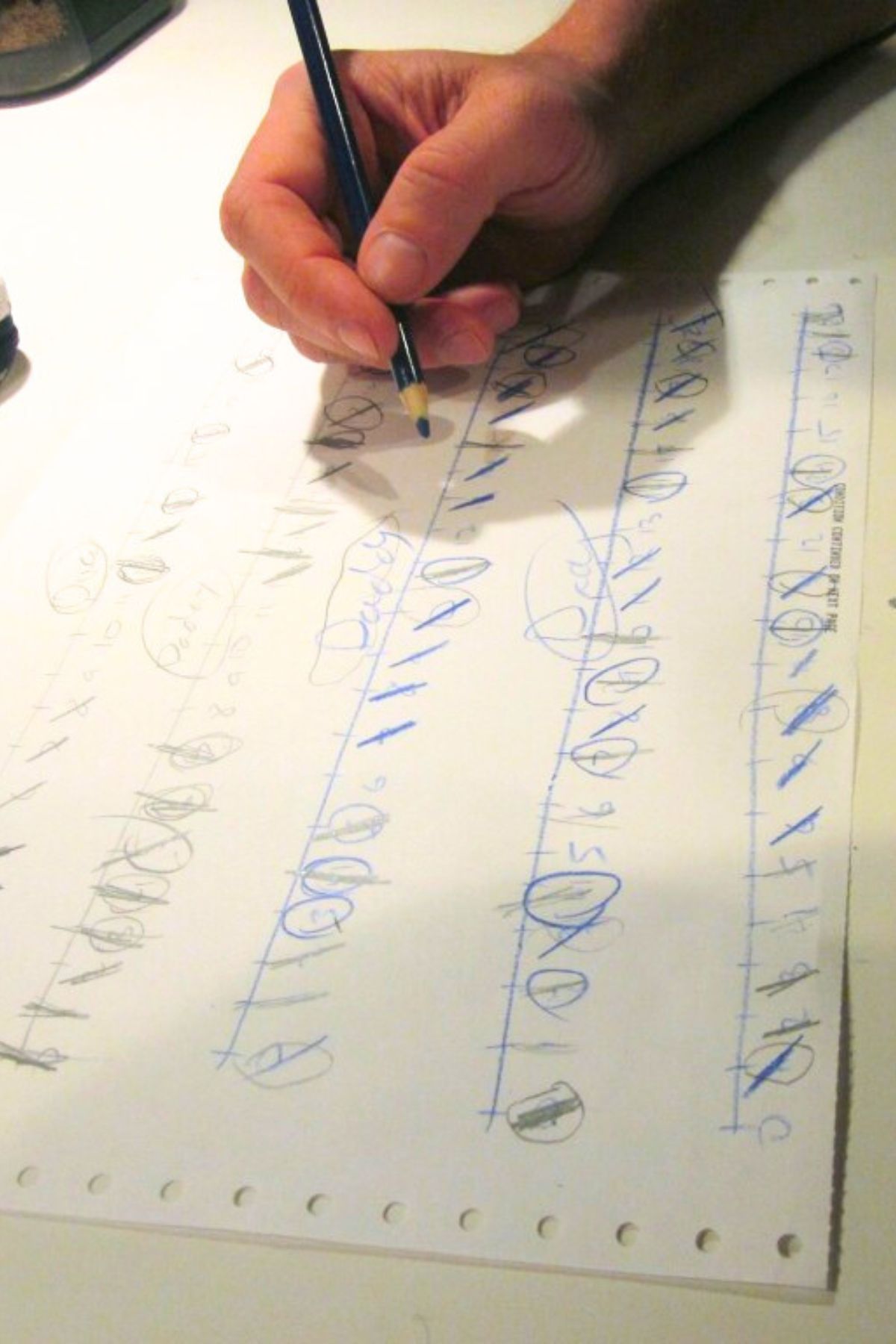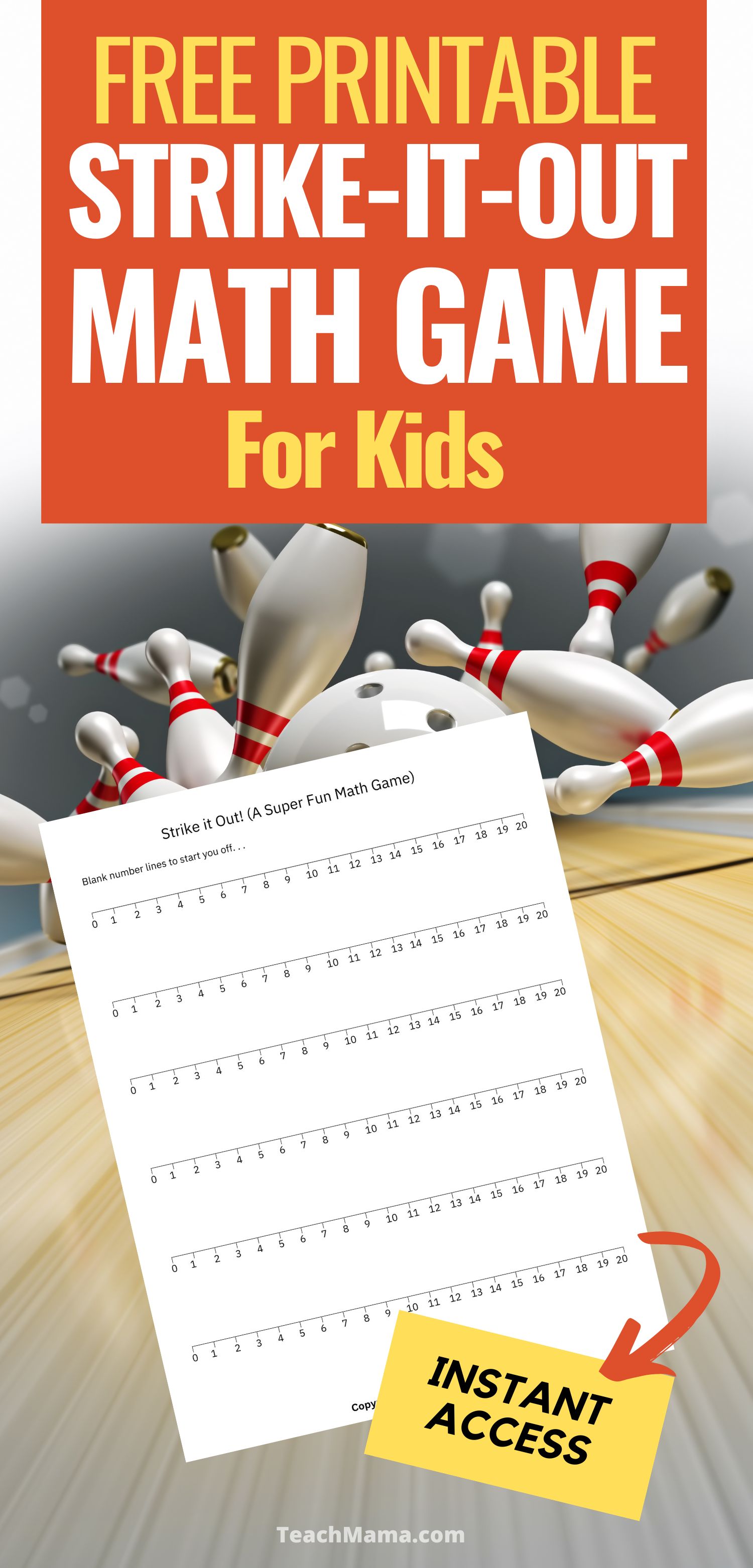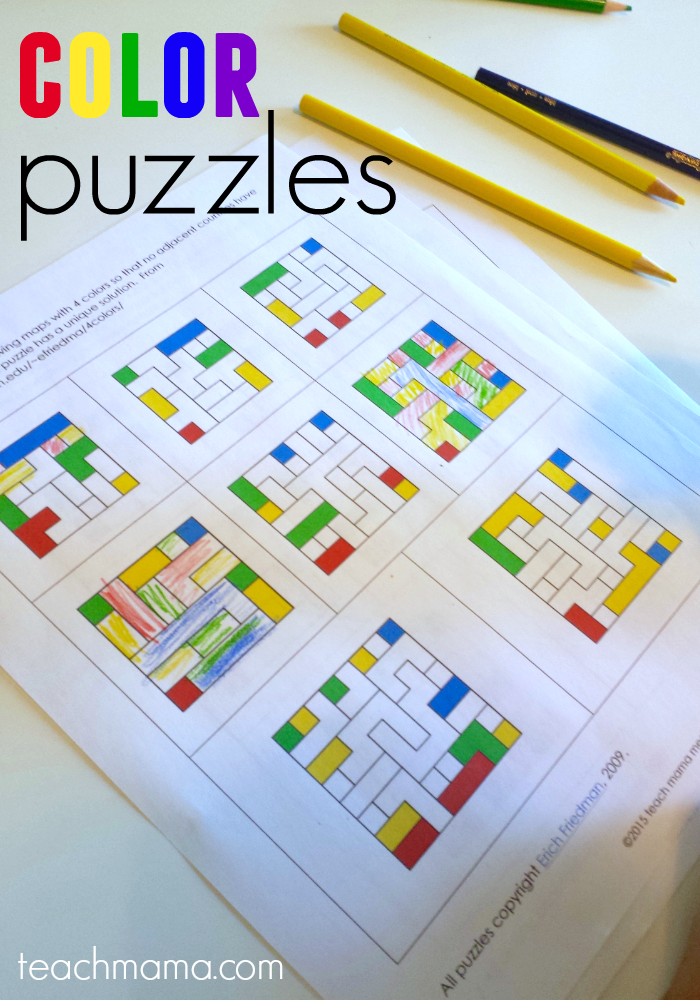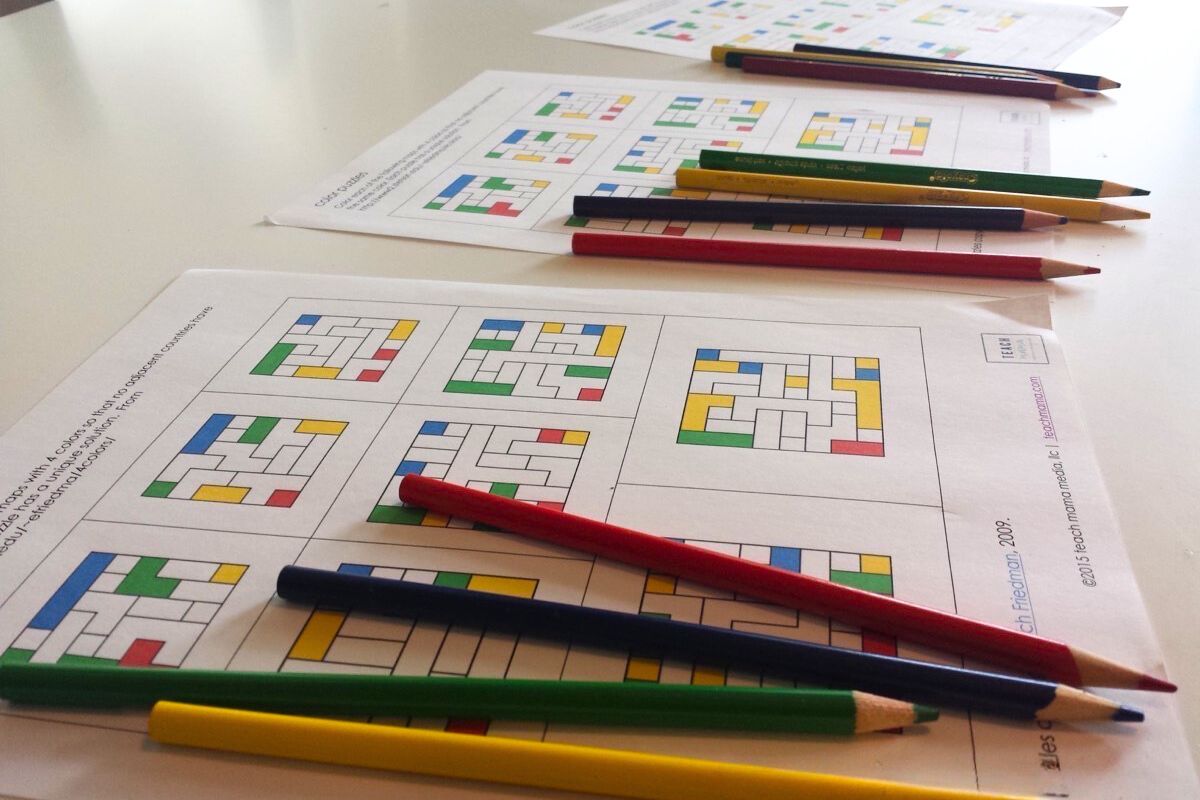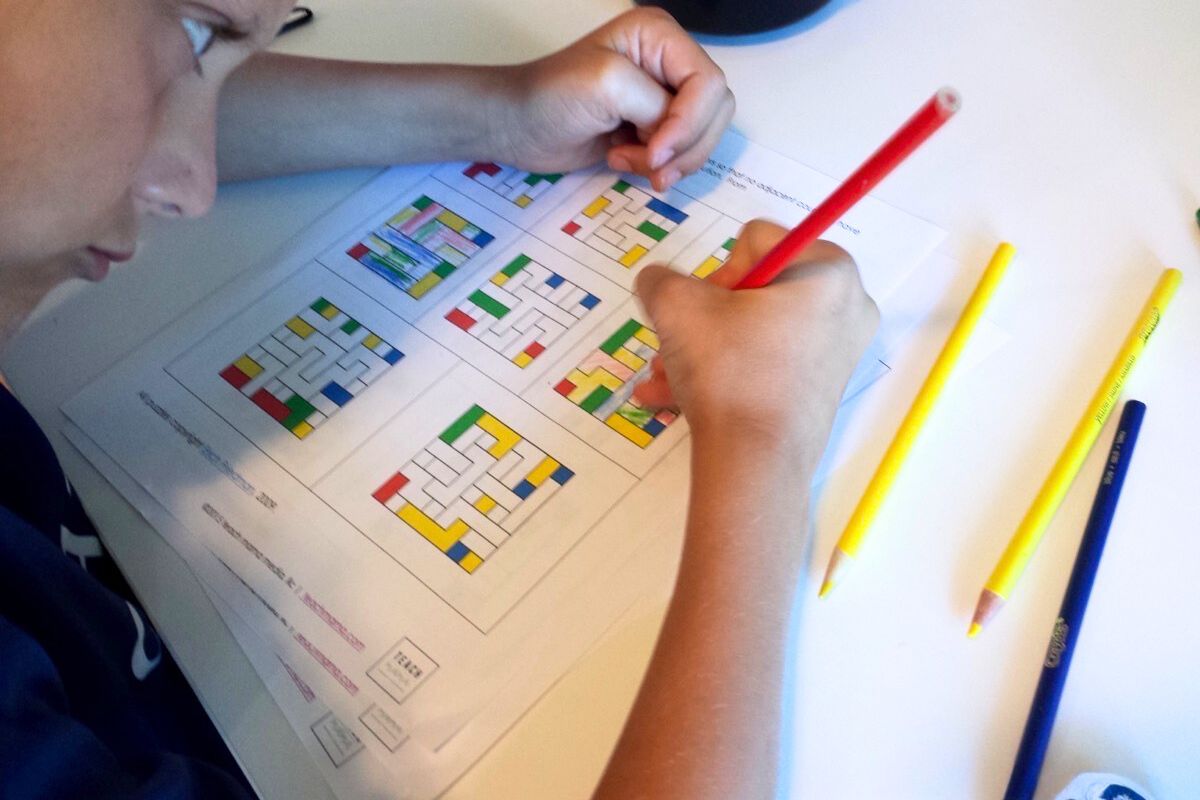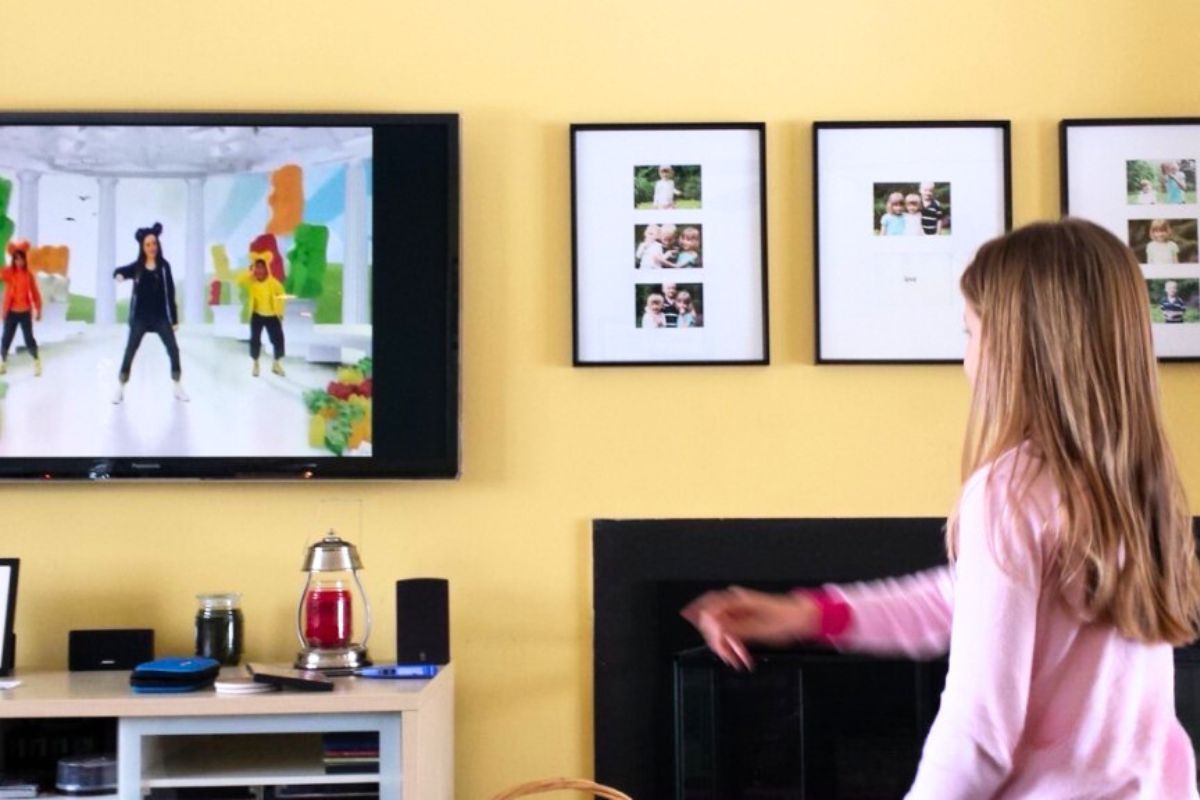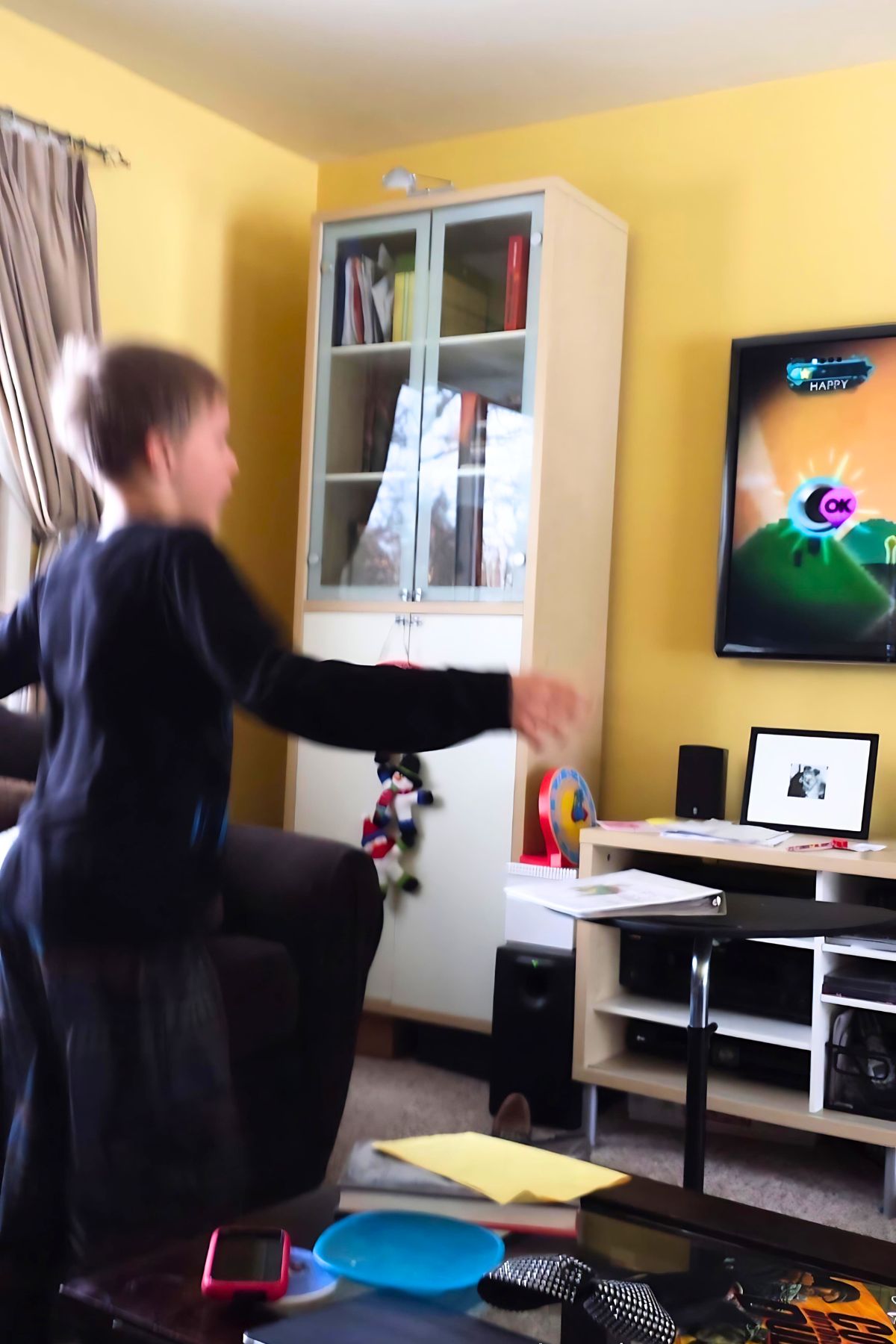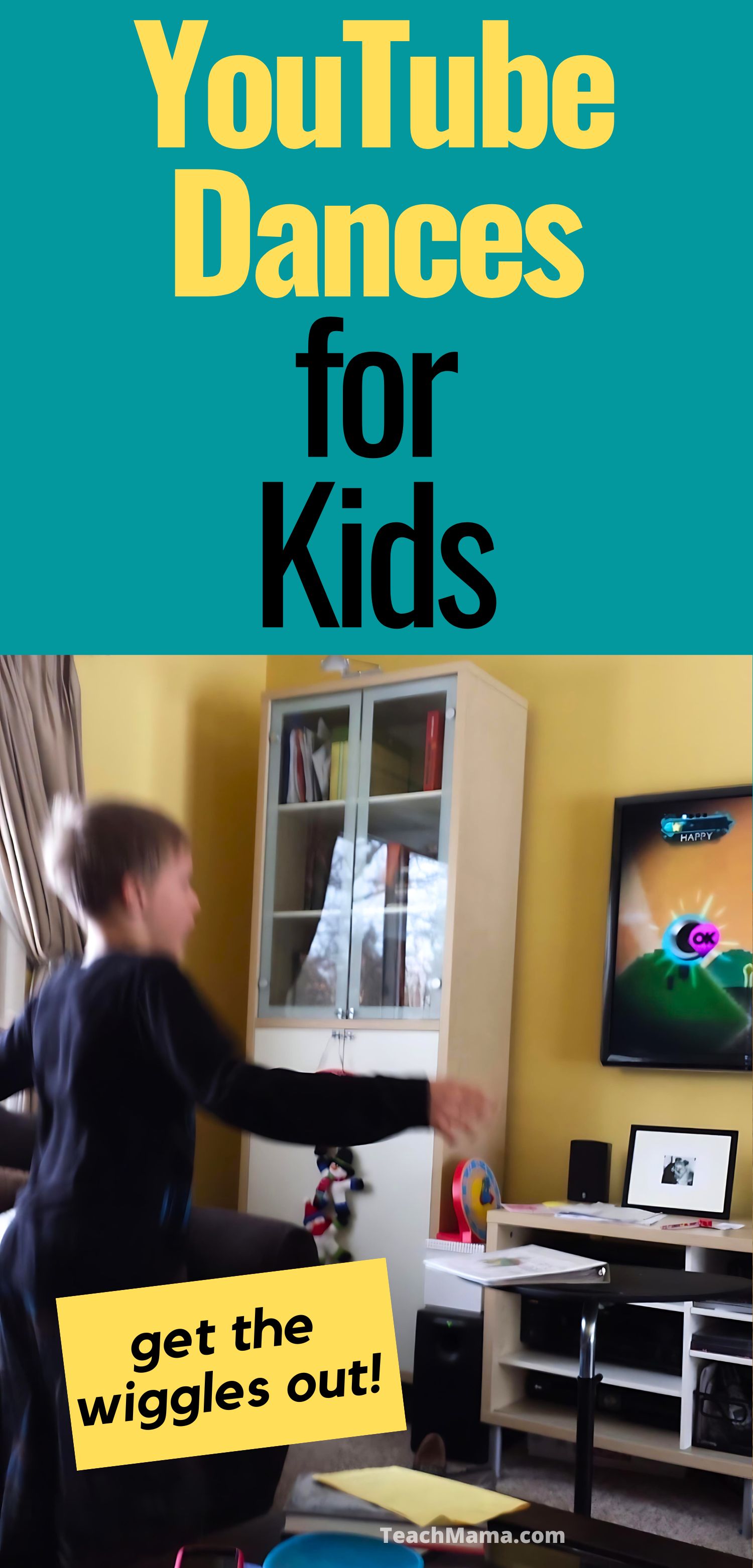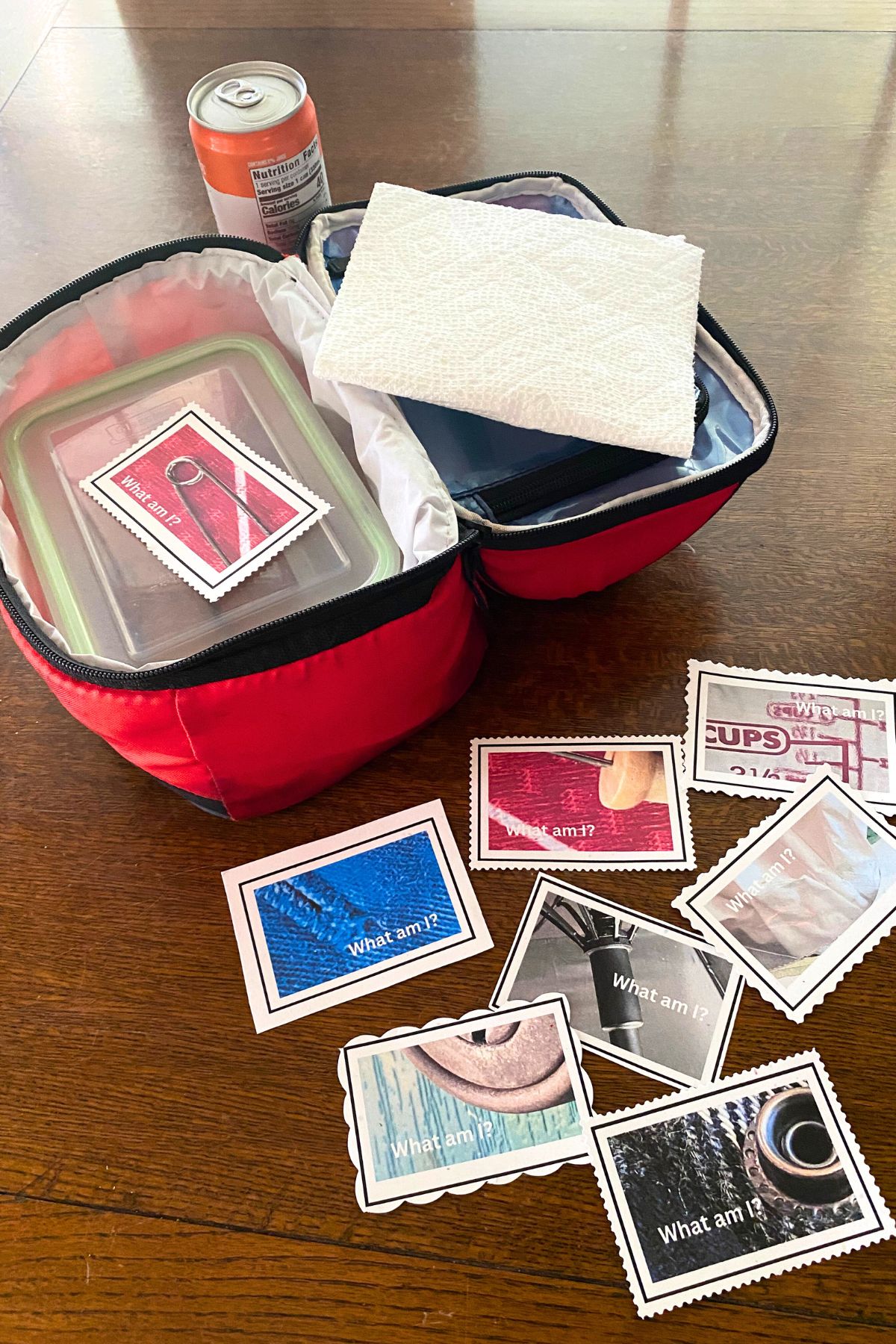Does the thought of teaching your kiddo to read (and spell) fill you with all sorts of insecurity? Where does a parent even start? Here are some proven, easy-to-use reading assessments to help you get started with confidence.
Our oldest son struggled learning to read. He could sound out “big” words like “metamorphosis” just fine but had an ongoing issue with the “little” words. Were. That. Was. No matter how many times we practiced high-frequency words it just wasn’t helping.
In a fit of desperation (I AM a reading specialist after all!), we sought some professional assistance. The verdict? At six years old our son had a high-school level vocabulary and listening comprehension that was off the charts. He just needed a little more growing up and lot more patience on our part.
Knowing where your child is NOW in their reading journey and having a path to follow helped us. It can help you too!
Reading Assessments? Sounds Intimidating.
Think of these reading assessments as the “Start” square on your favorite board game. That’s not too scary, right? A reading assessment is just a tool to tell you where to start with your child. In fact, they can be kind of fun to take! Some are online and not too different from games your kiddo may already play.
Some Free and Some Not-So-Free Assessments to Consider
There are lots of assessments to choose from. Some are free and downloadable, some are online, some are available for a fee and some you can have administered by a professional. In each case, at the end, you will have a summary of the results to work with going forward.
As both a “professional” and a homeschool mom, I leaned toward the free online or downloadable versions so that’s what we’ll mostly be talking about. However, if you feel your child needs a more in-depth assessment due to additional considerations, then consulting a professional would probably be the best decision.
Words Their Way Inventories
I really like this set of reading/spelling inventories that are part of a vocabulary study course you can purchase. The course offers a pathway for study and easy-to-follow instructions for how to assess. That’s nice because you need it when you need it! It also has the scoring sheets to fill out as you assess so there’s not a lot of processing to do at the end.
This inventory is for kids from kindergarten through elementary and on to an upper level assessment. I really appreciate this because with gifted kids they don’t have to stop where their grade would say they should. They can keep going, giving you a clearer picture of where to start with them without covering ground they already understand
This one isn’t very game-like, but it is thorough and well worth the price. There is a newer version, but the older version is great and is available used on Amazon for less money.
QPAS-Quick Phonological Awareness Screening
The QPAS is downloadable and this one is free. It, too, is short and to the point. There is a very clear set of instructions on how to administer the screening. They have also anticipated some of your likely questions about how to give it and some of the what-if situations that might come up.
This screening has a chart of results so you can color code and quickly see, “Oh, we need to work on rhyming words and word families!” I would feel comfortable giving this one at the beginning and end of the year.

ROAR-Rapid Online Assessment of Reading
This is the one I recommend to parents who are worried about their ability to administer an assessment. You don’t have to do a thing except let your child go through the colorful and engaging “games”.
There are ROAR games that assess the ability to read and understand sentences silently, single word reading, the ability to recognize letters and sounds and the ability to recognize and use phonemes (phonics).
With ROAR their several assessments are useful for kids from kindergarten through twelfth grade! You won’t have to find one that fits your younger children and a different one for the older kids. And they do all the processing and scoring and present you a very usable report of your child’s results at the end. So great!
What Comes Next?
Your child has finished the assessment and you have the report in hand… now what? Well, this is the part of the program where all the fun happens! Once you know what your child needs to work on, you can find all sorts of activities and games to do at home with them. There are a lot of them right here on TeachMama!
Other Reading Resources You May Find Helpful:
- How to Help Your Child Be a Better Reader
- Kindergarten Summer Reading Readiness
- Reading Assessments for Reading Success
- Backyard Adventure Begins with “The Never Starting Tales”
- Leafy Indoor/Outdoor Alphabet Hunt
PIN THIS FOR LATER








